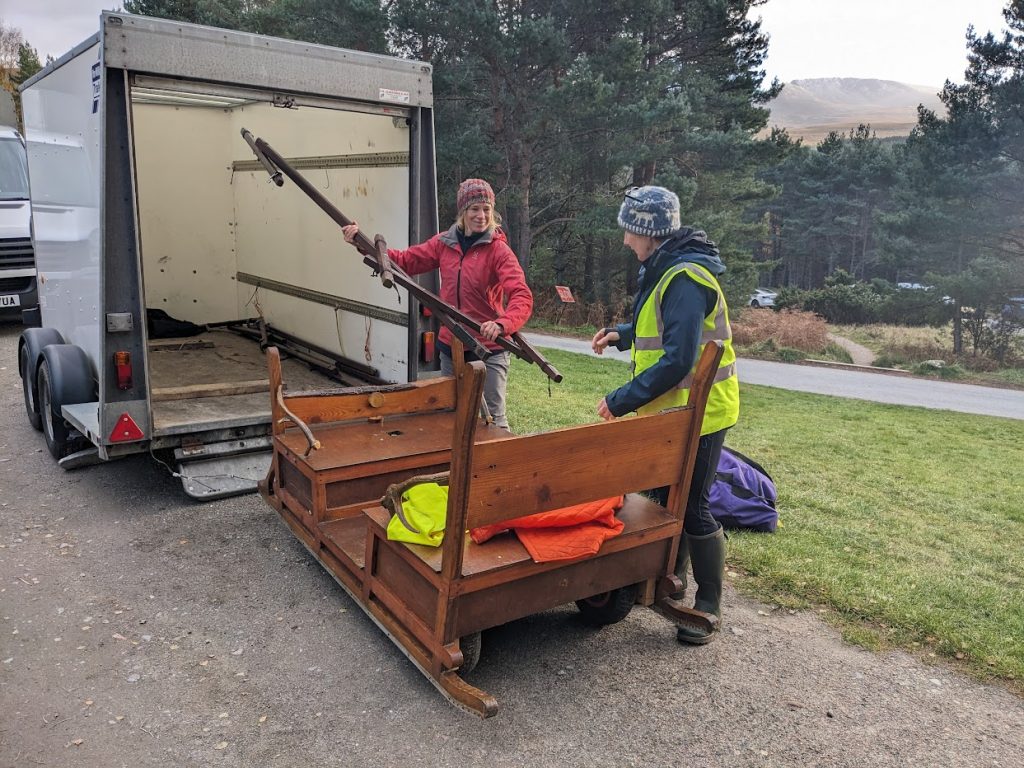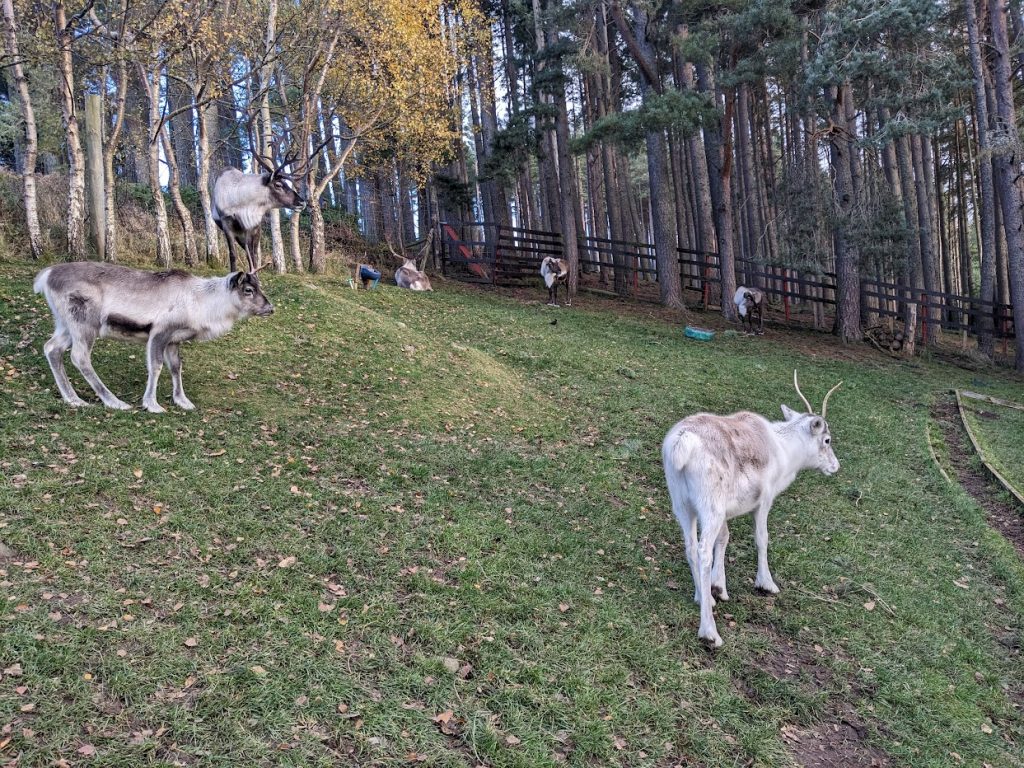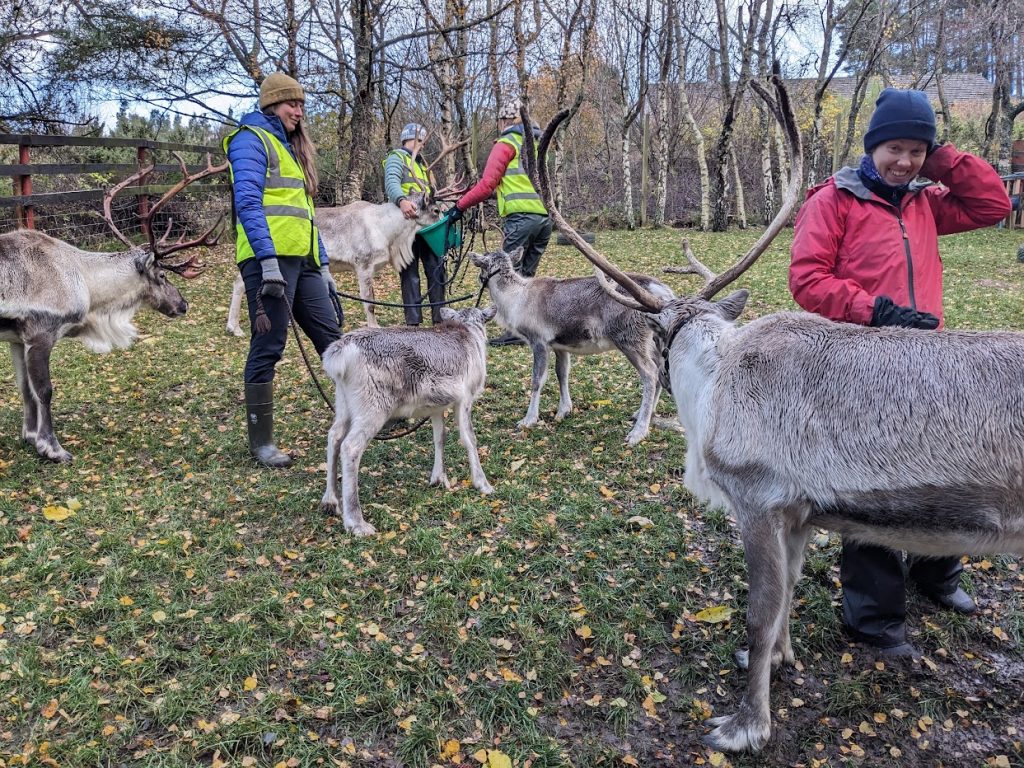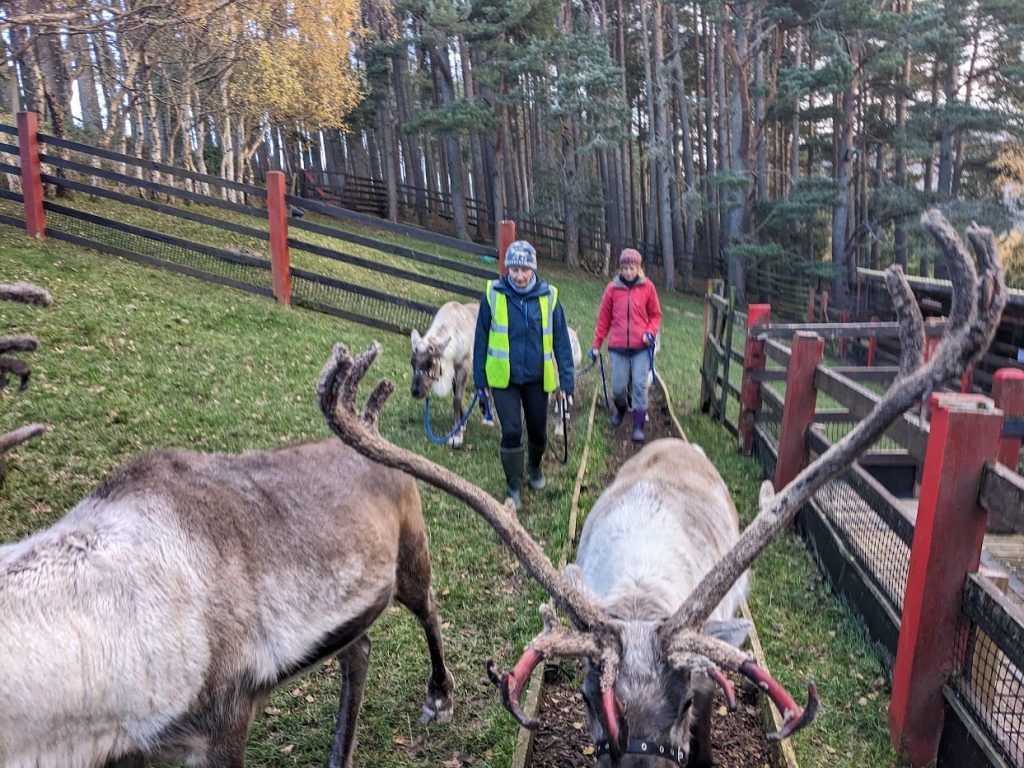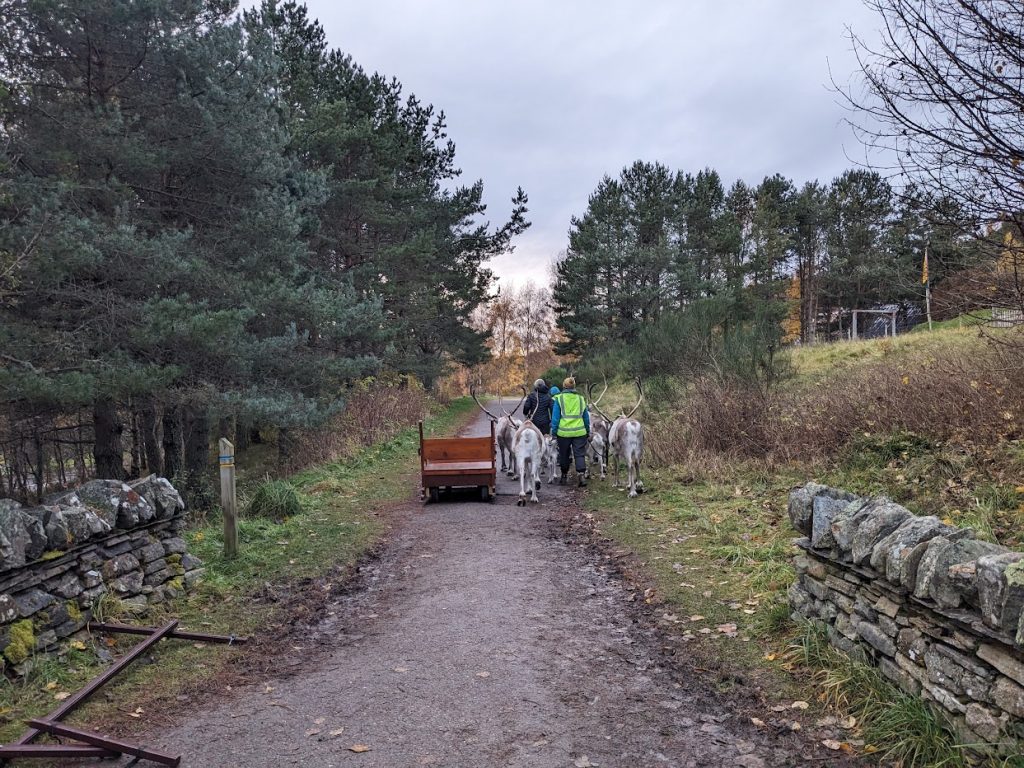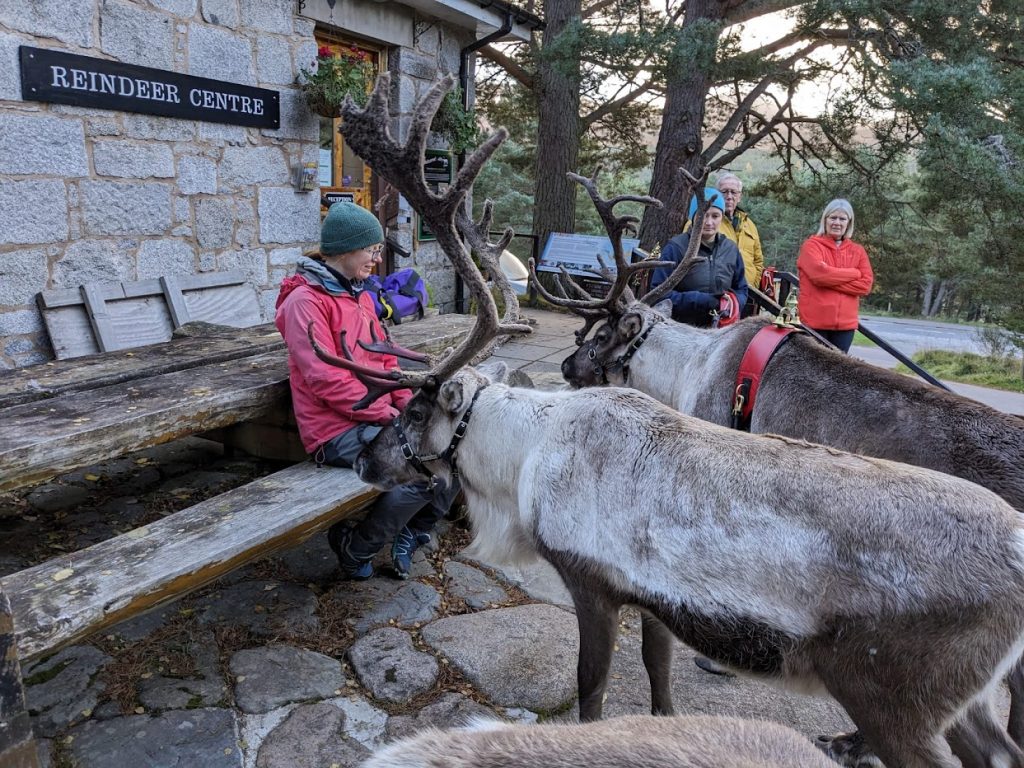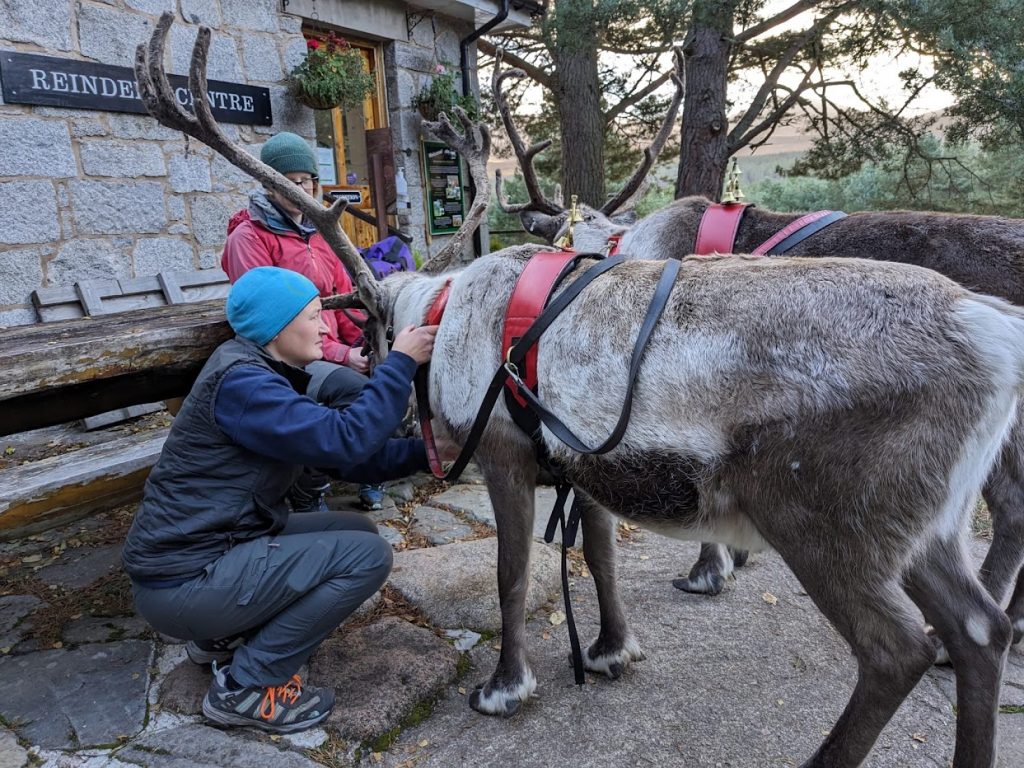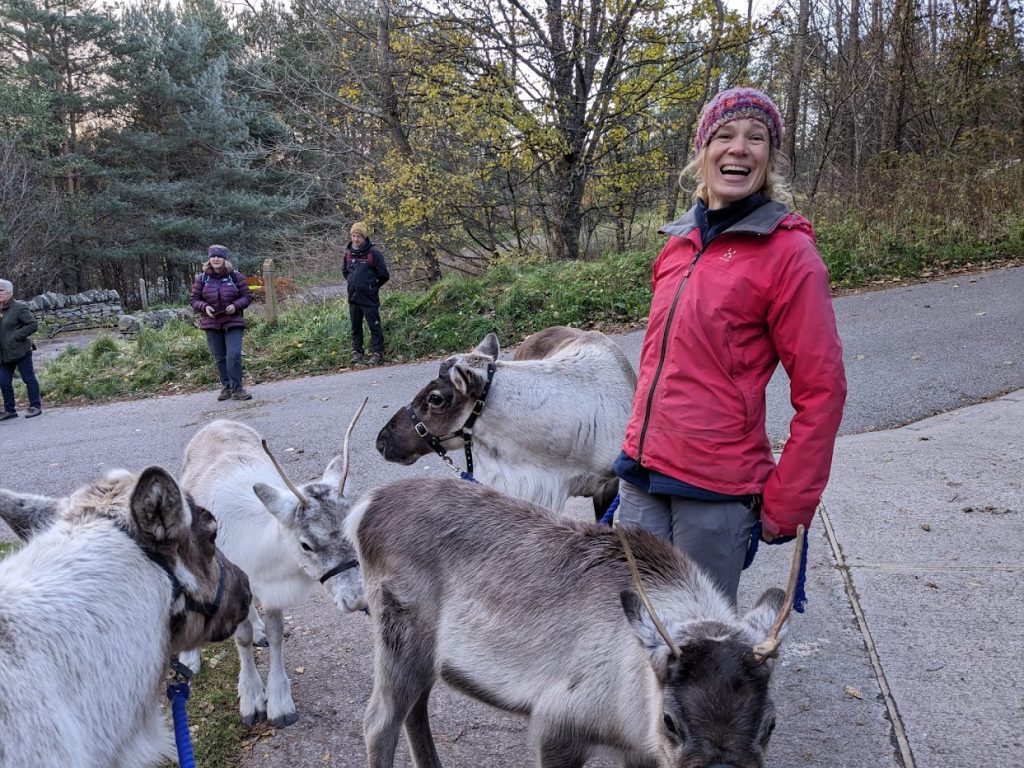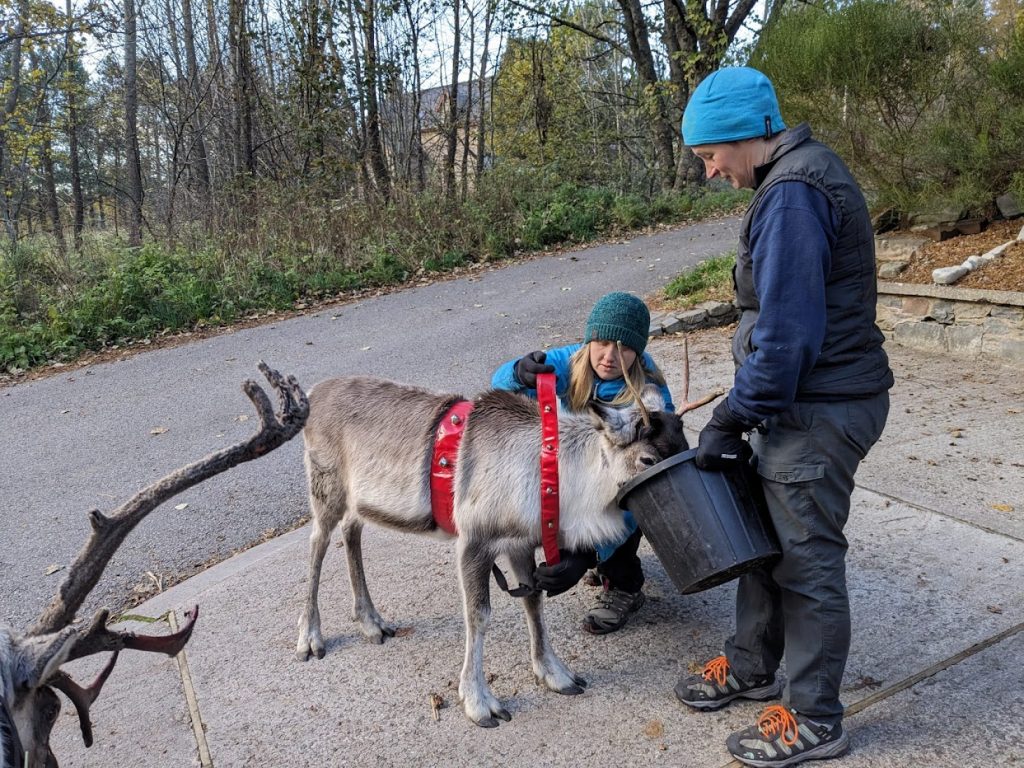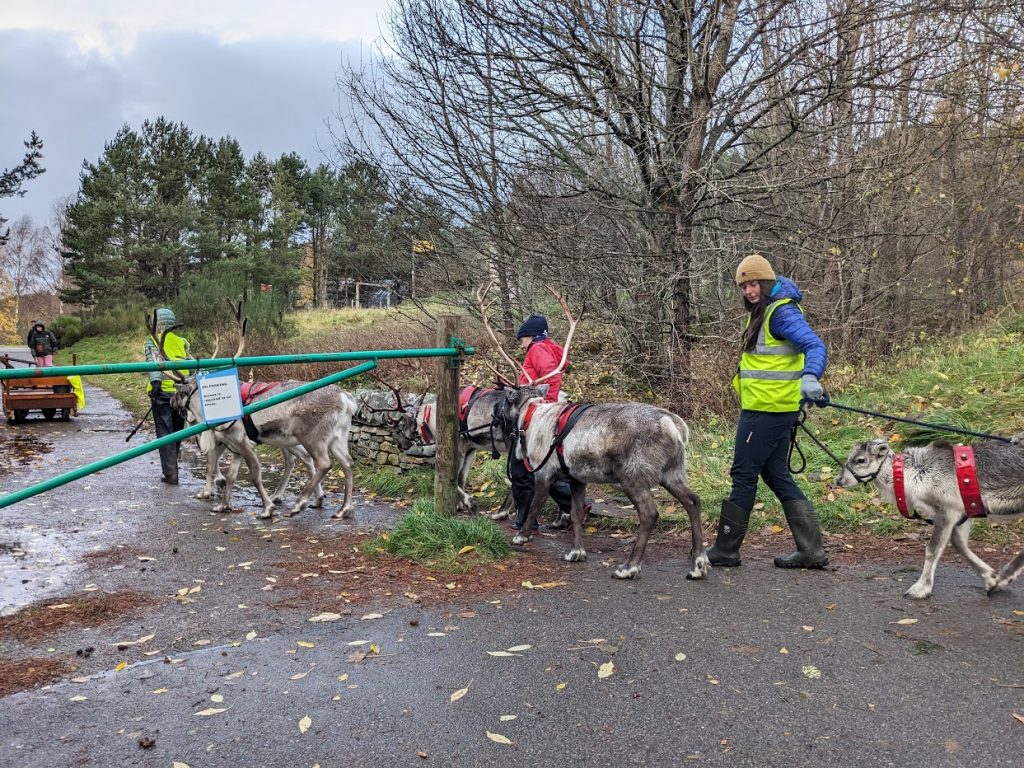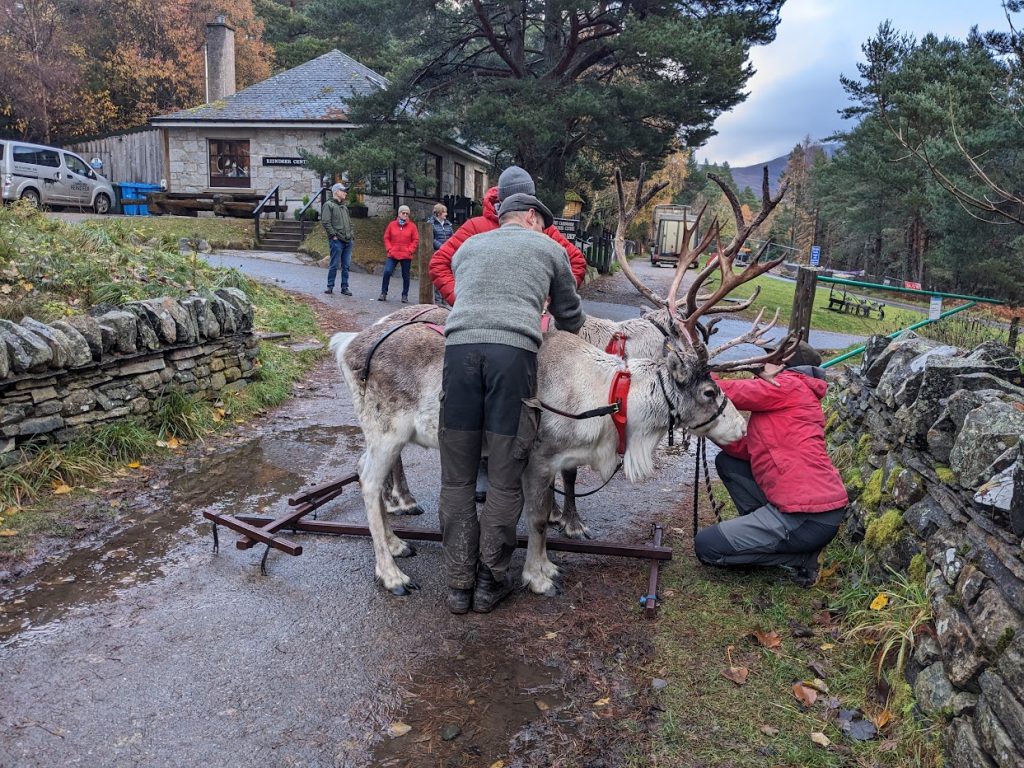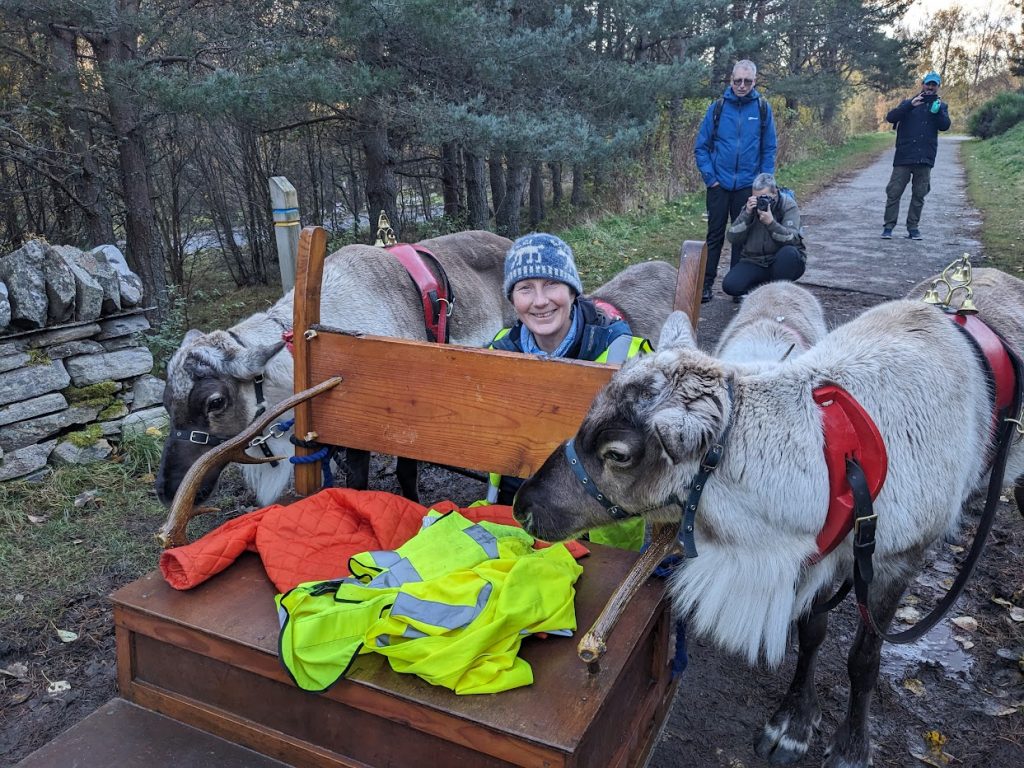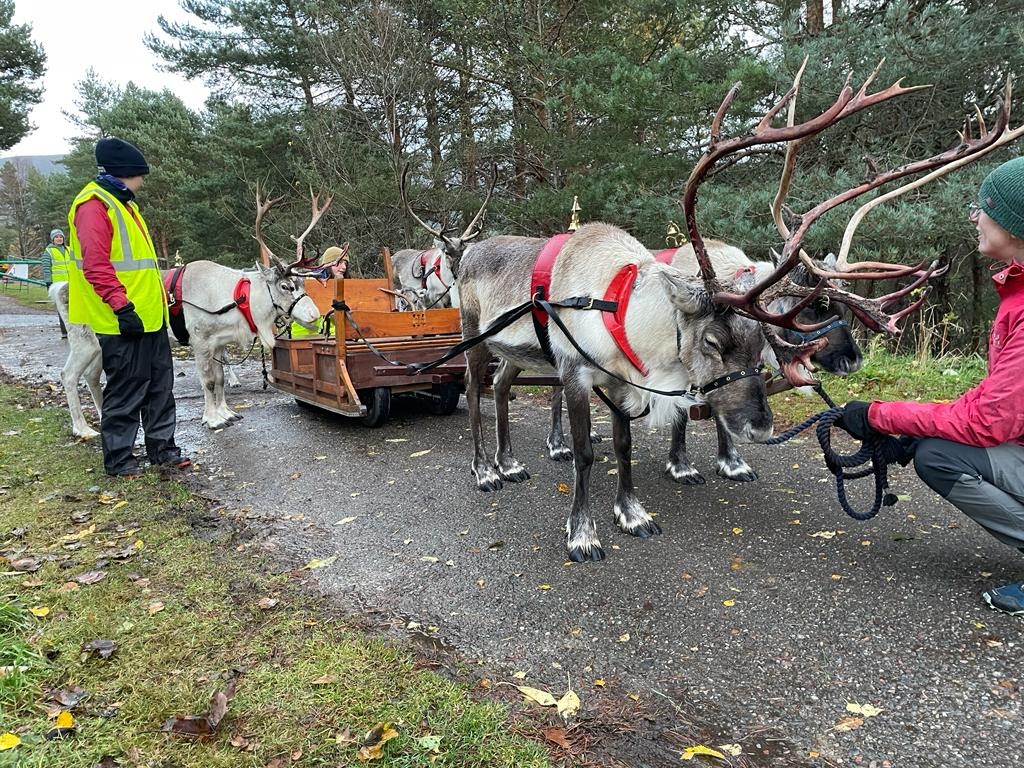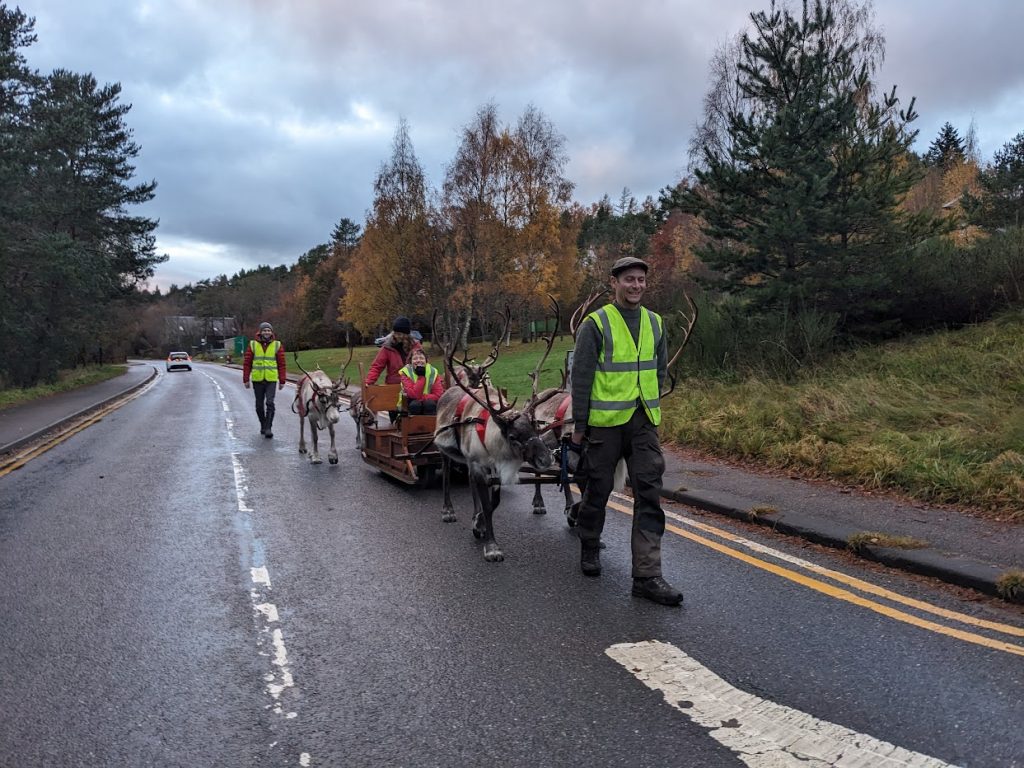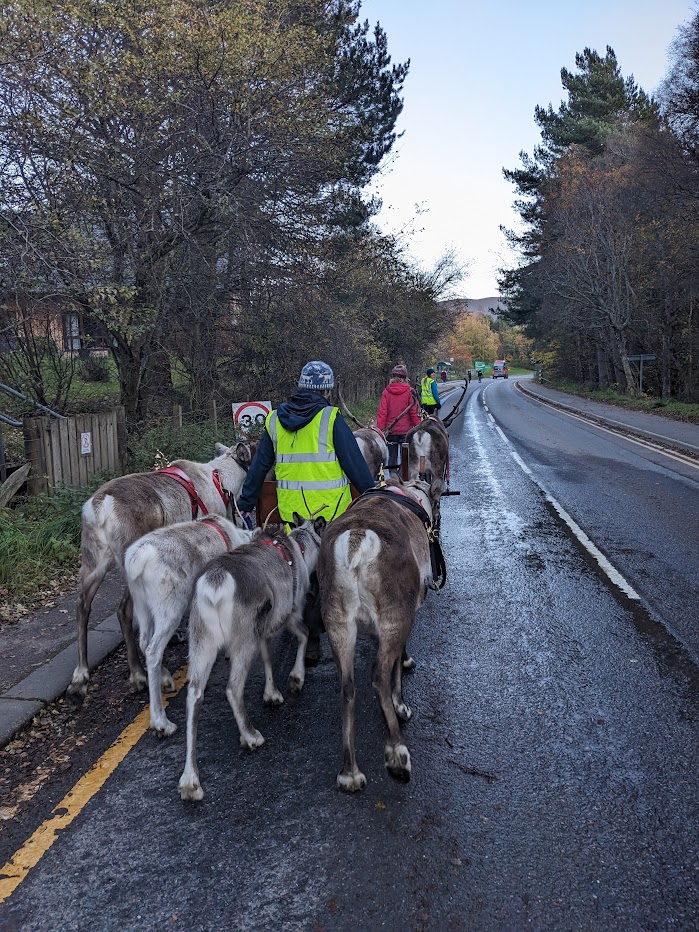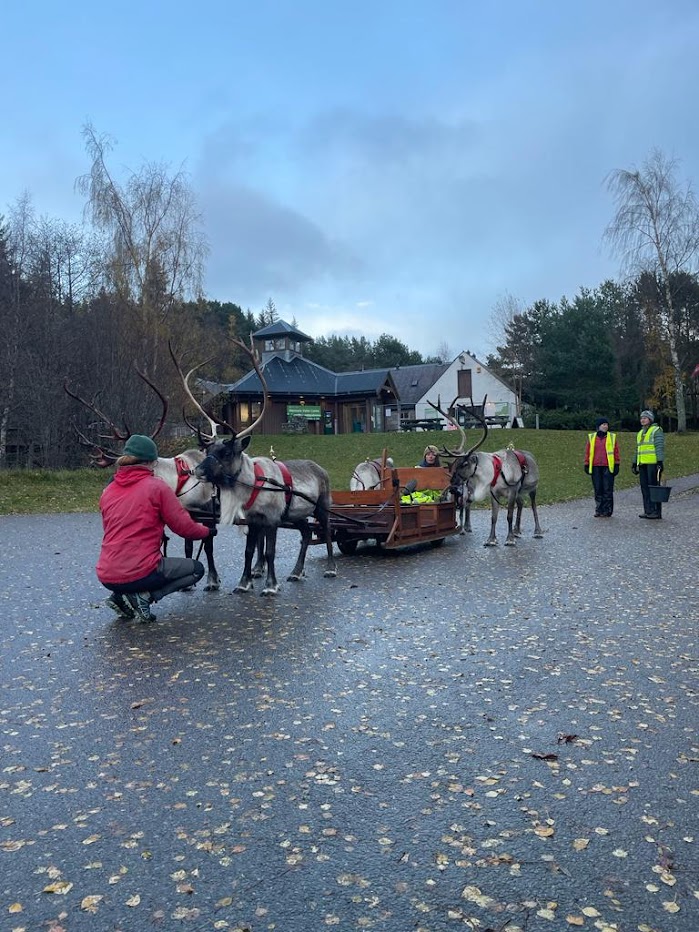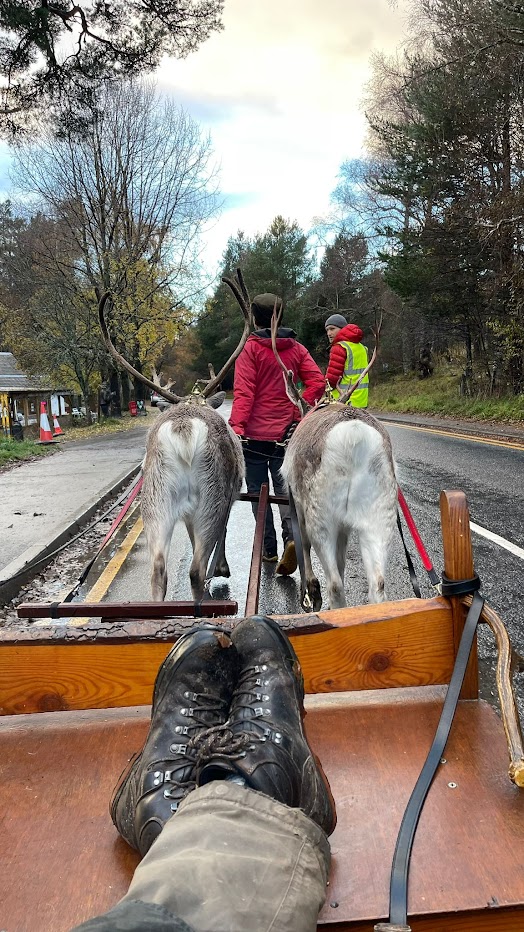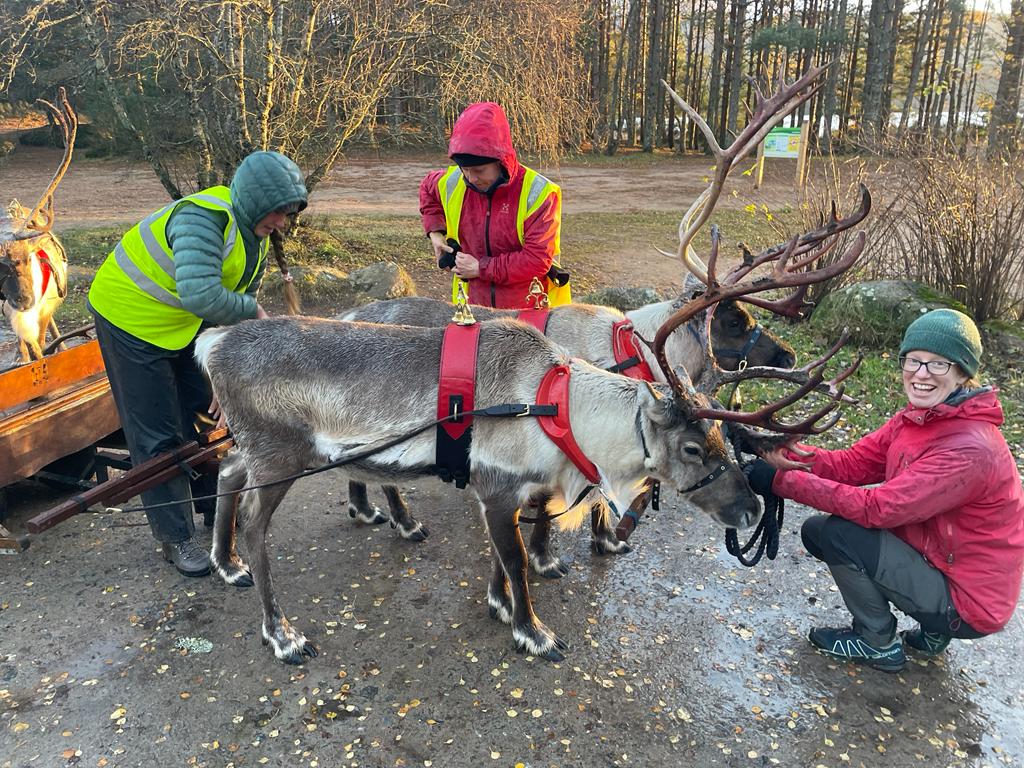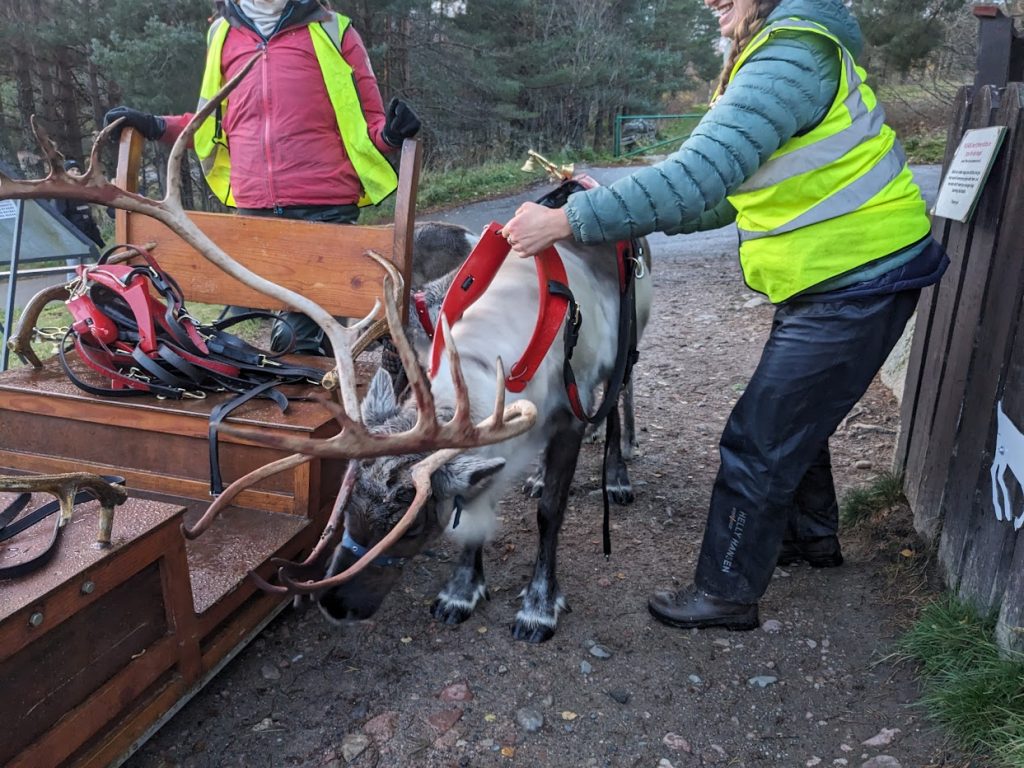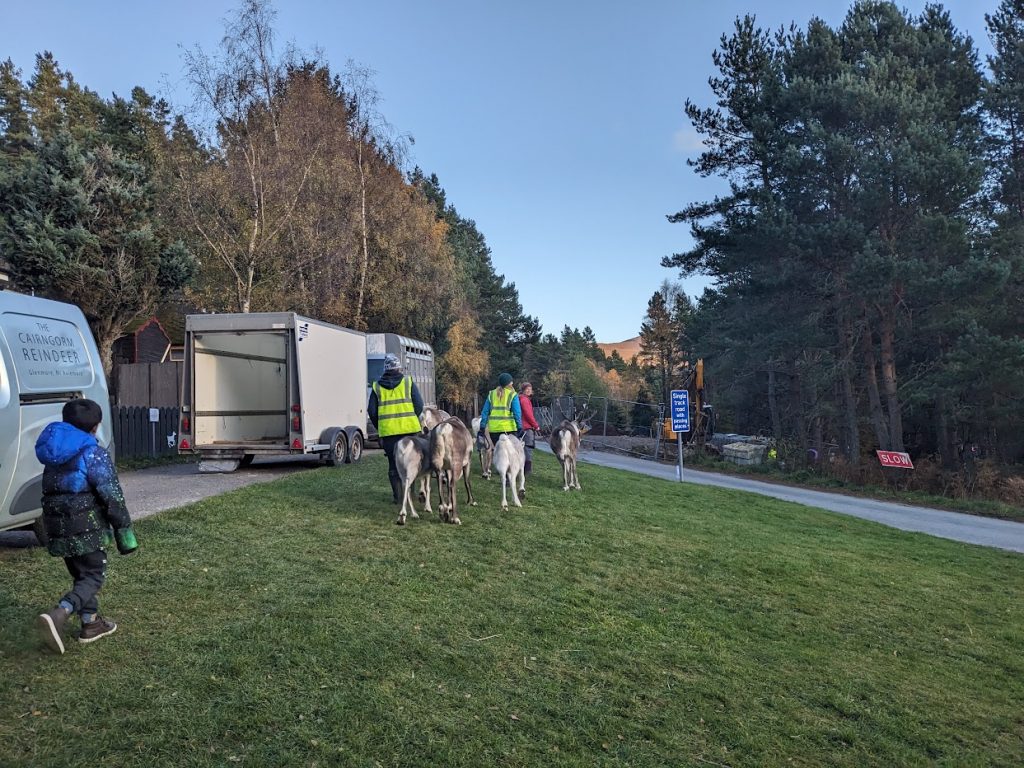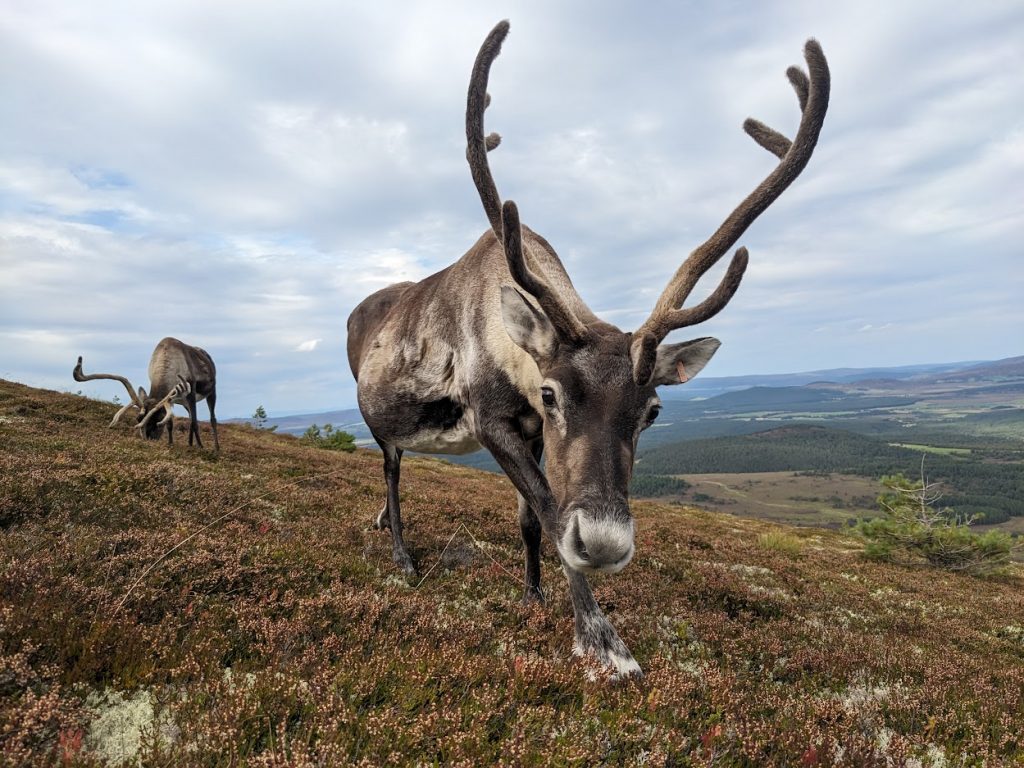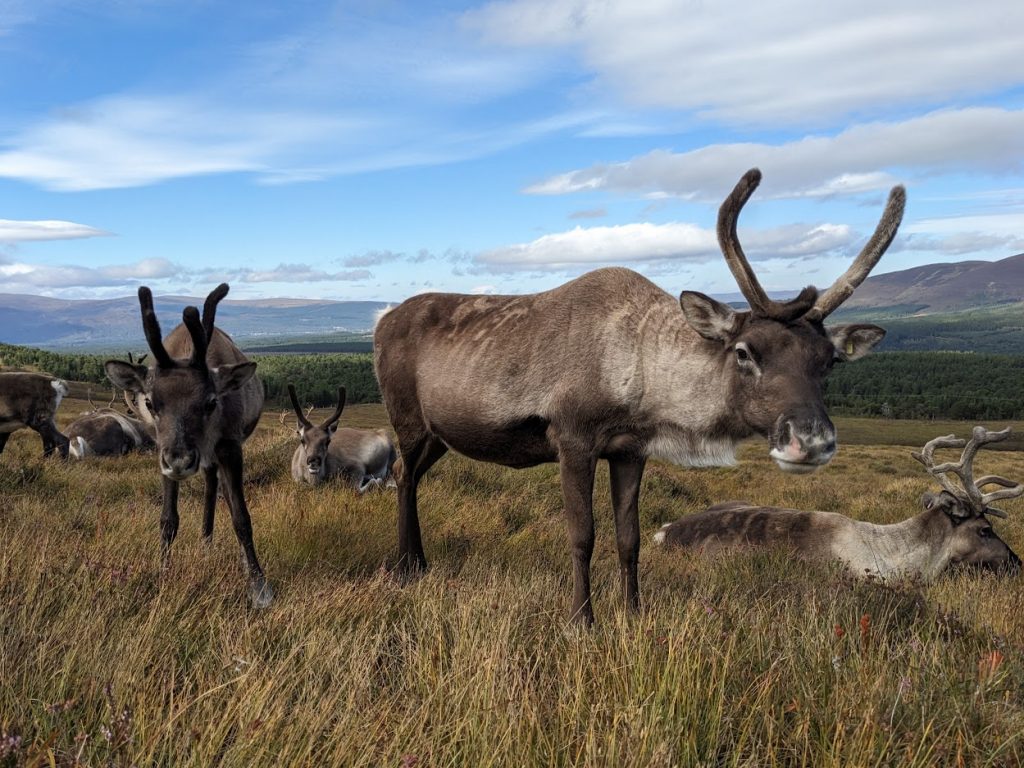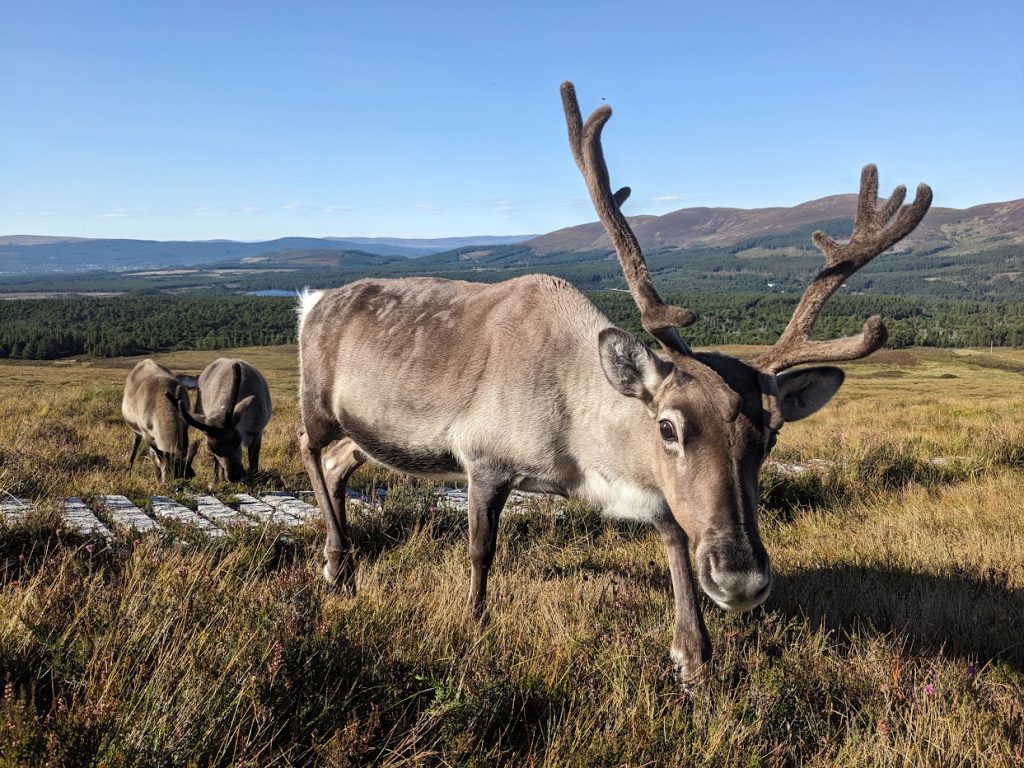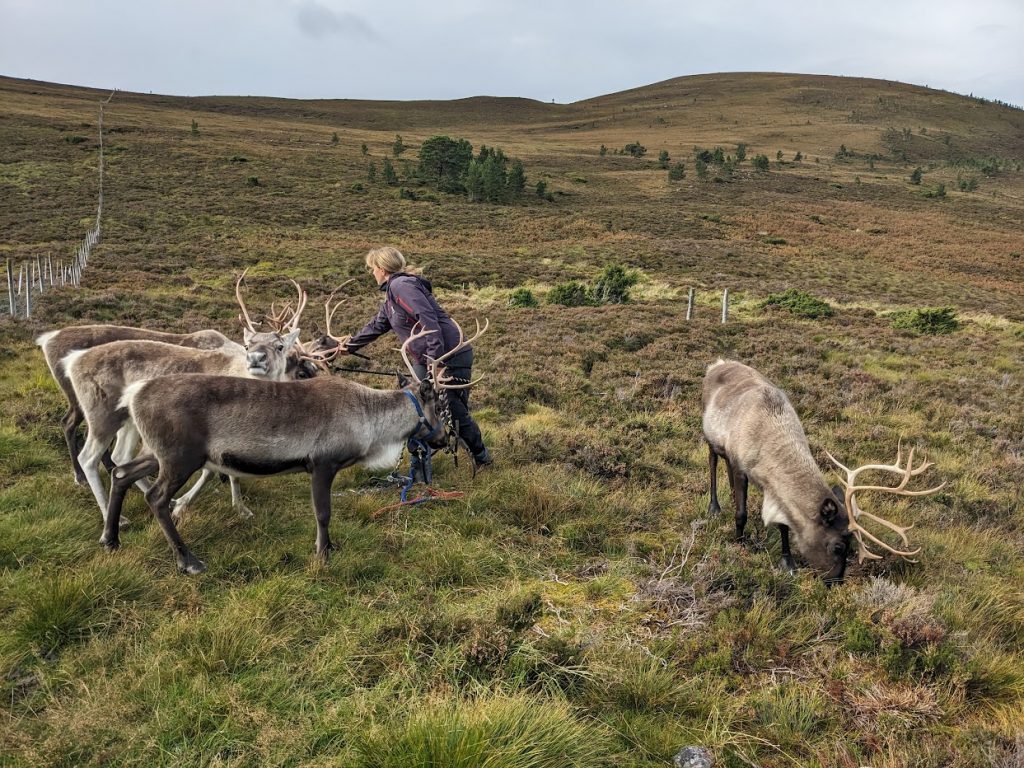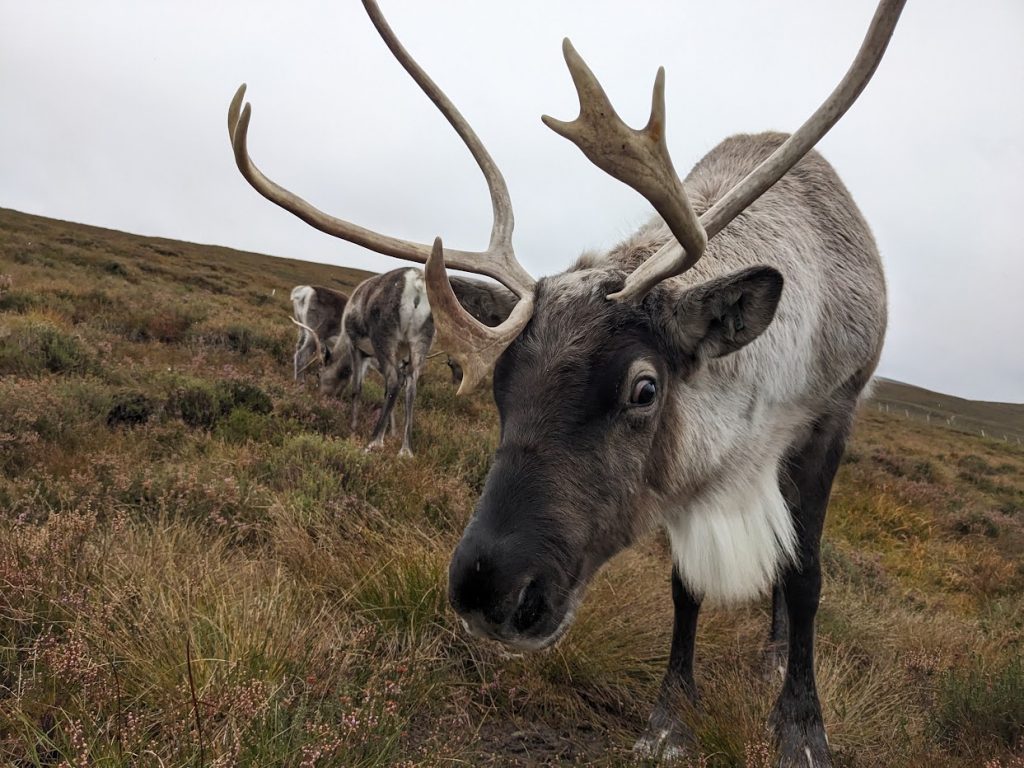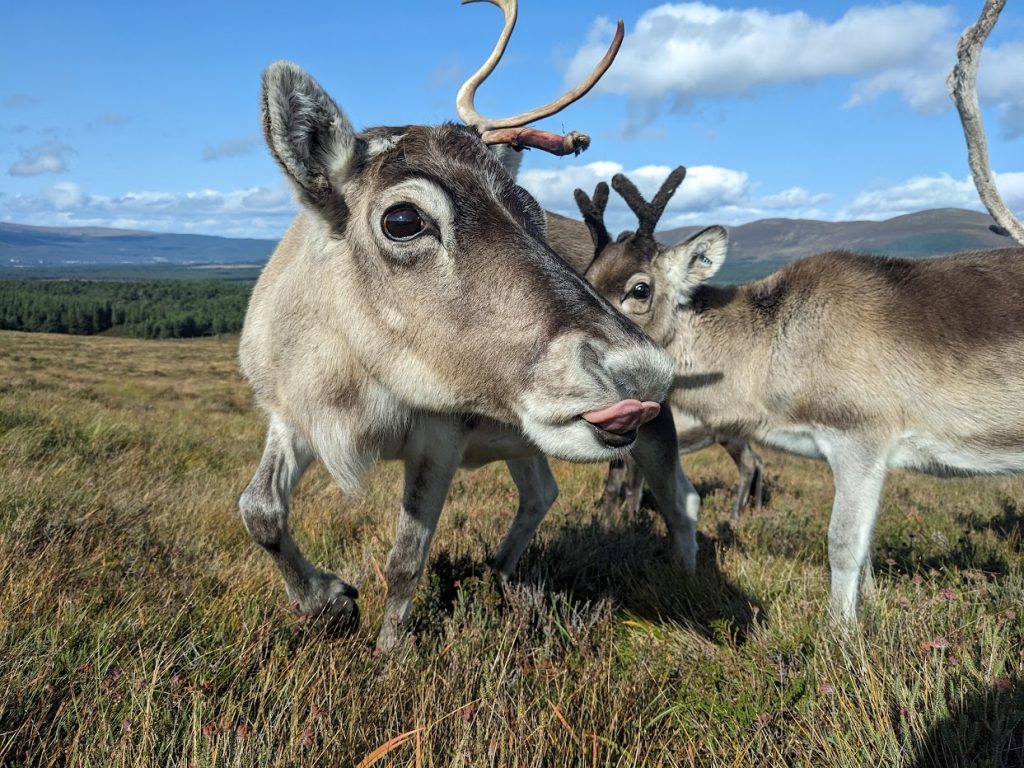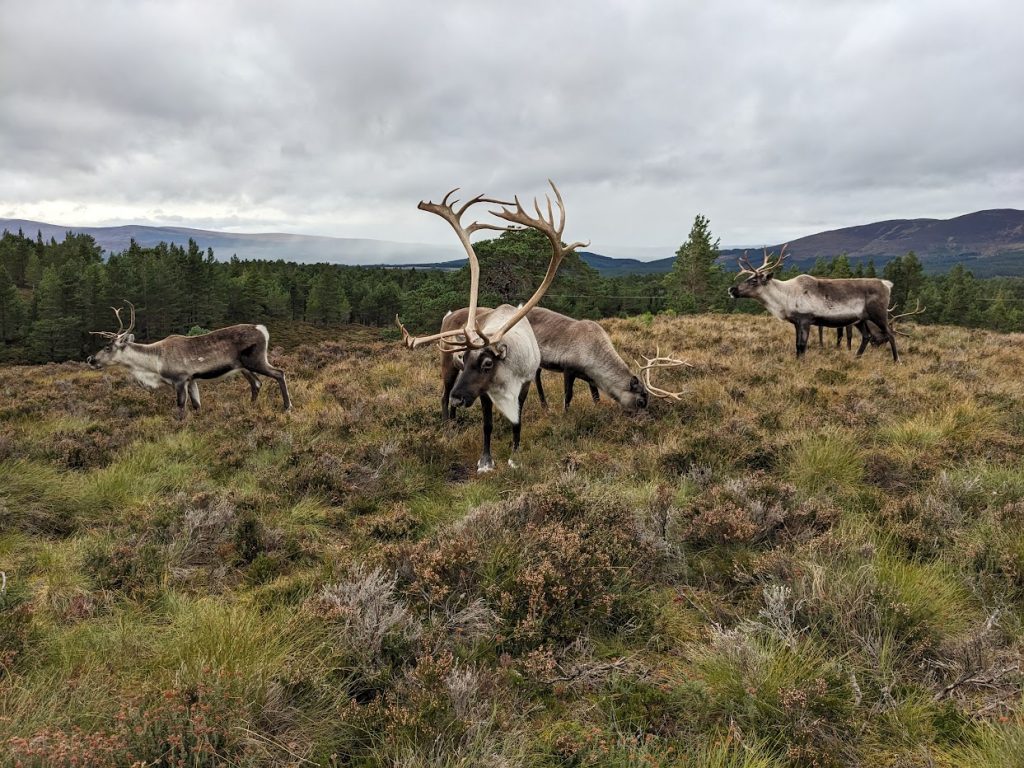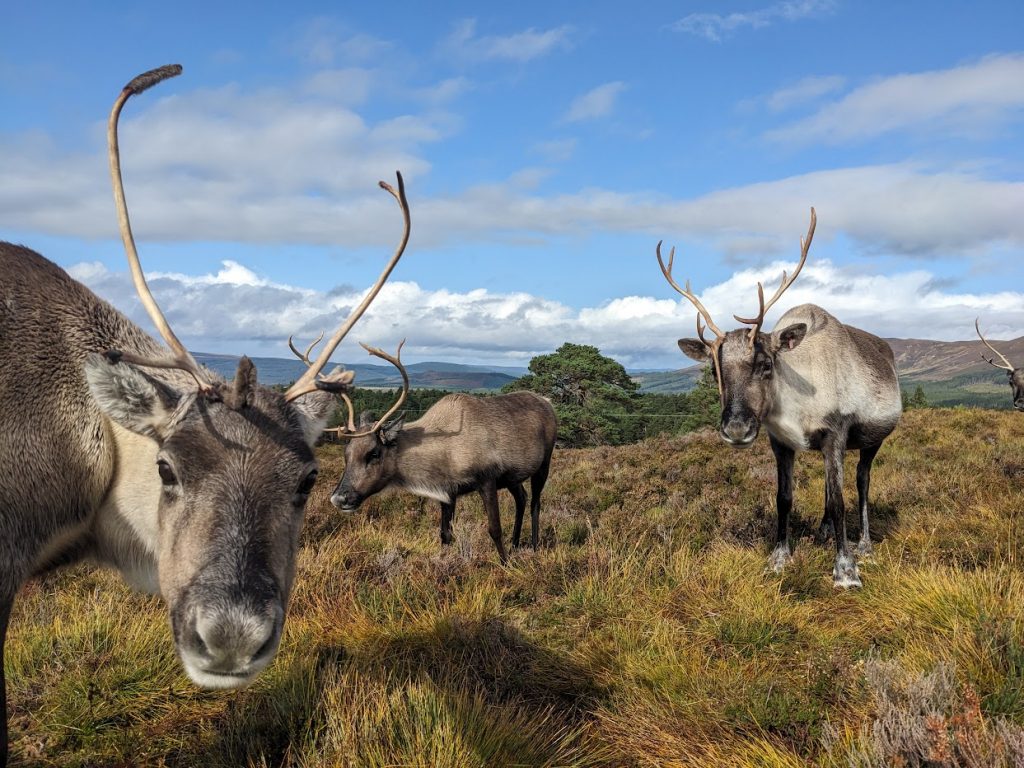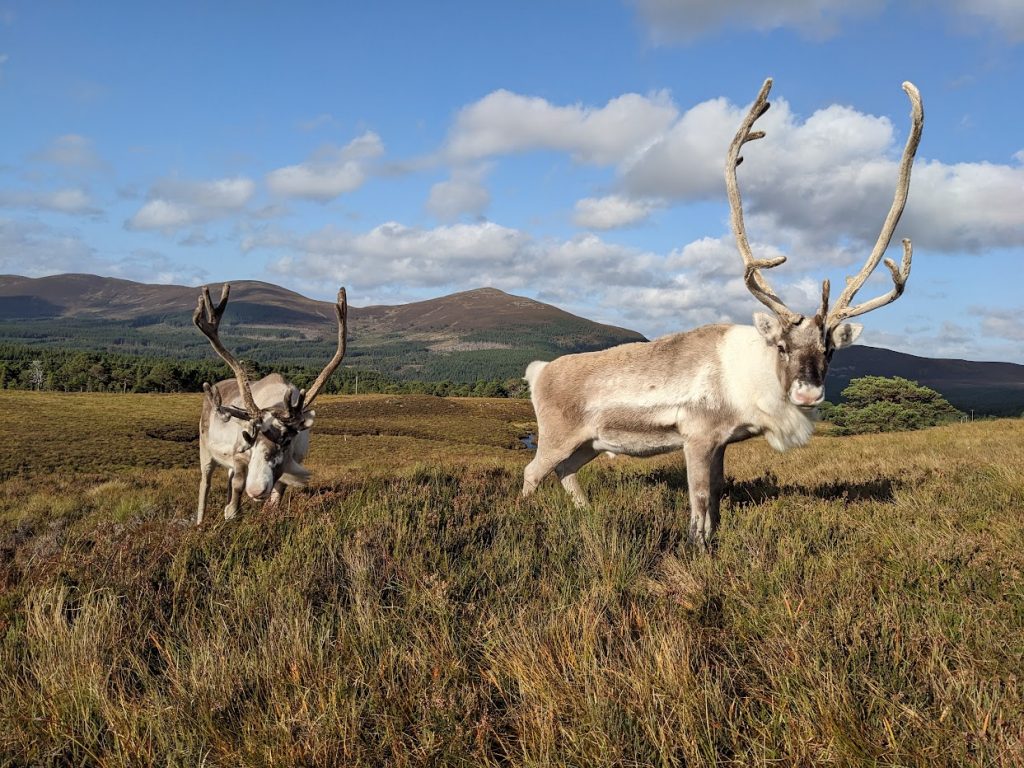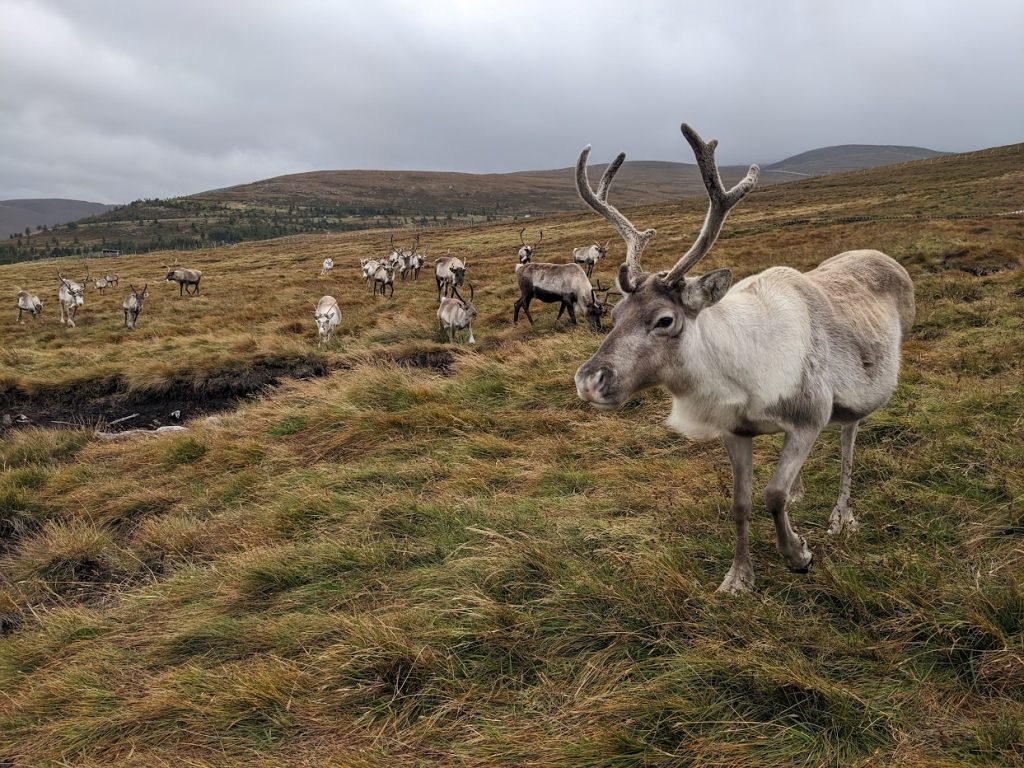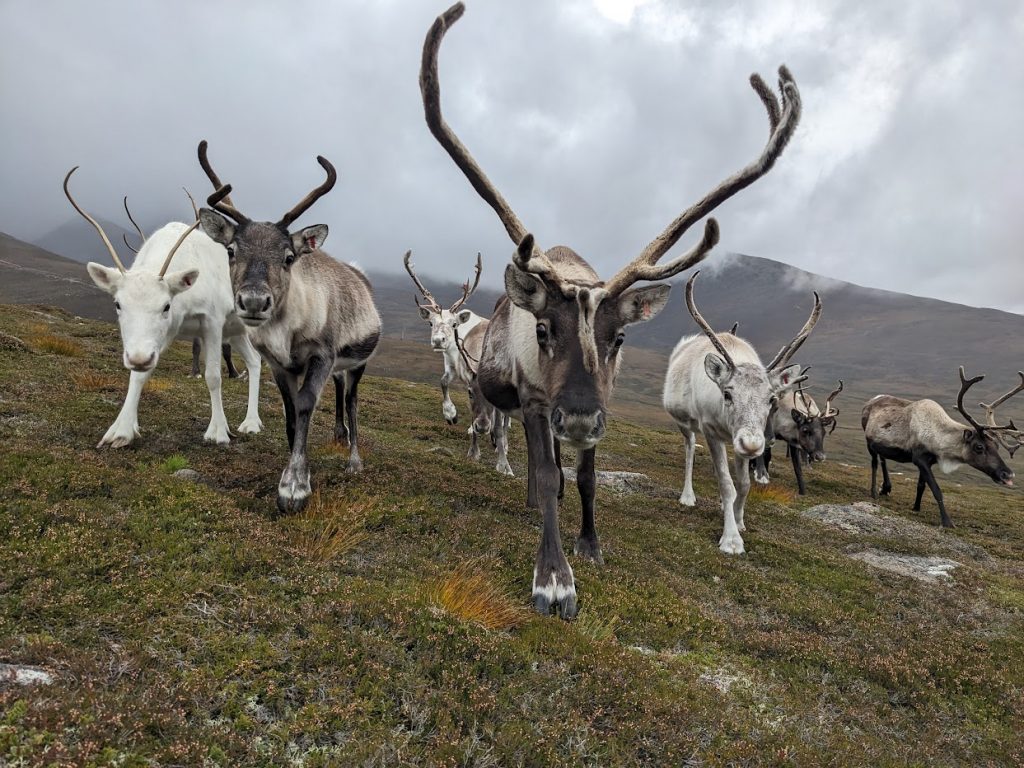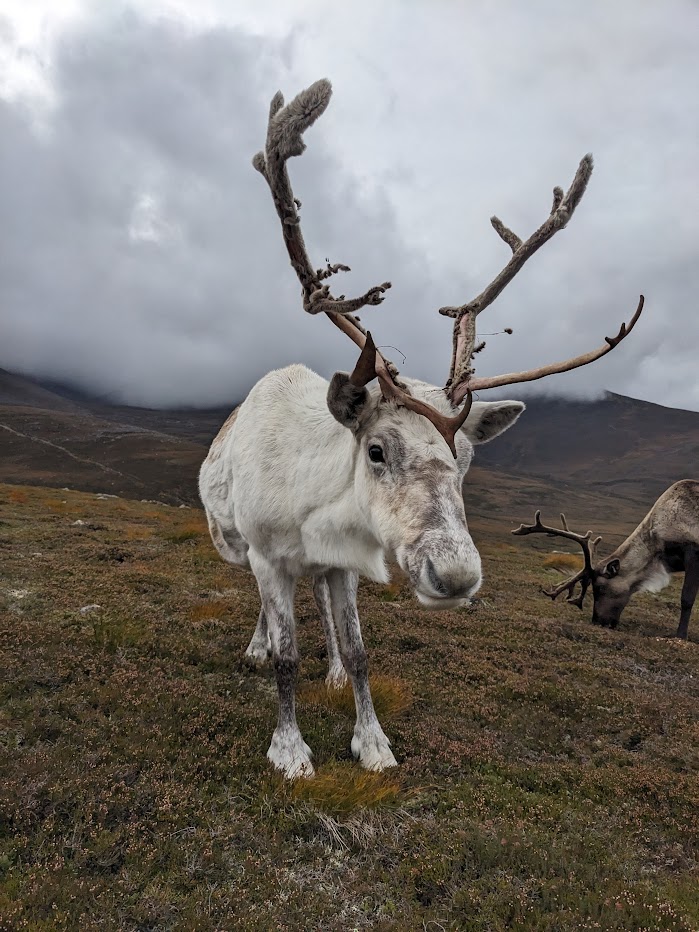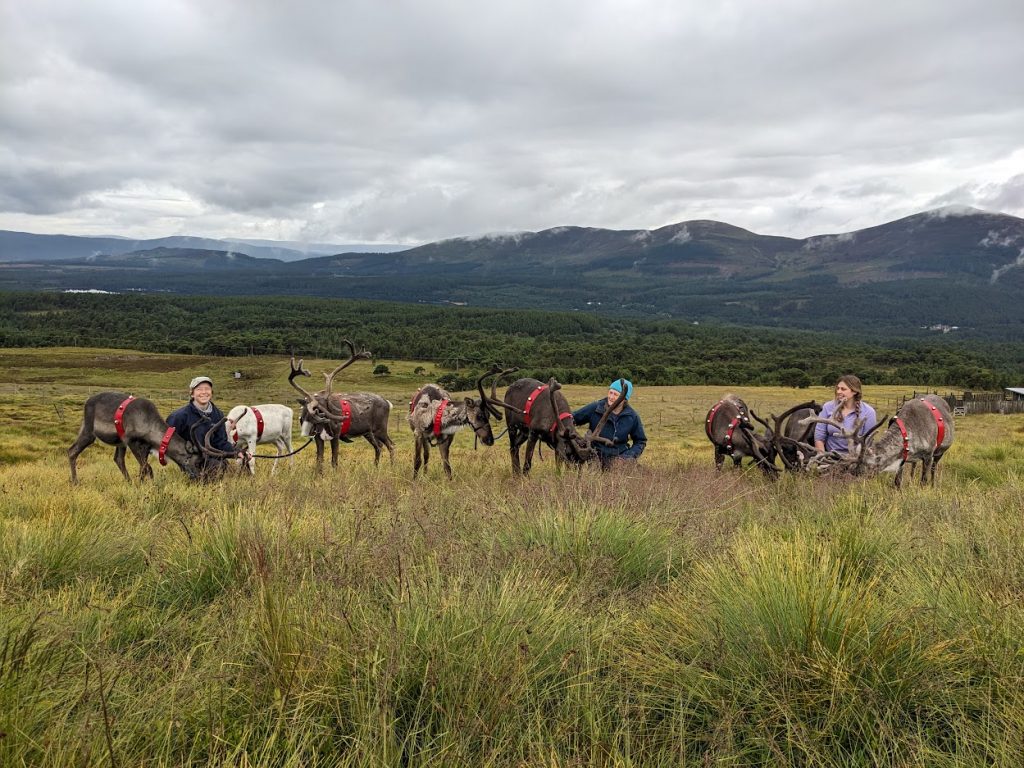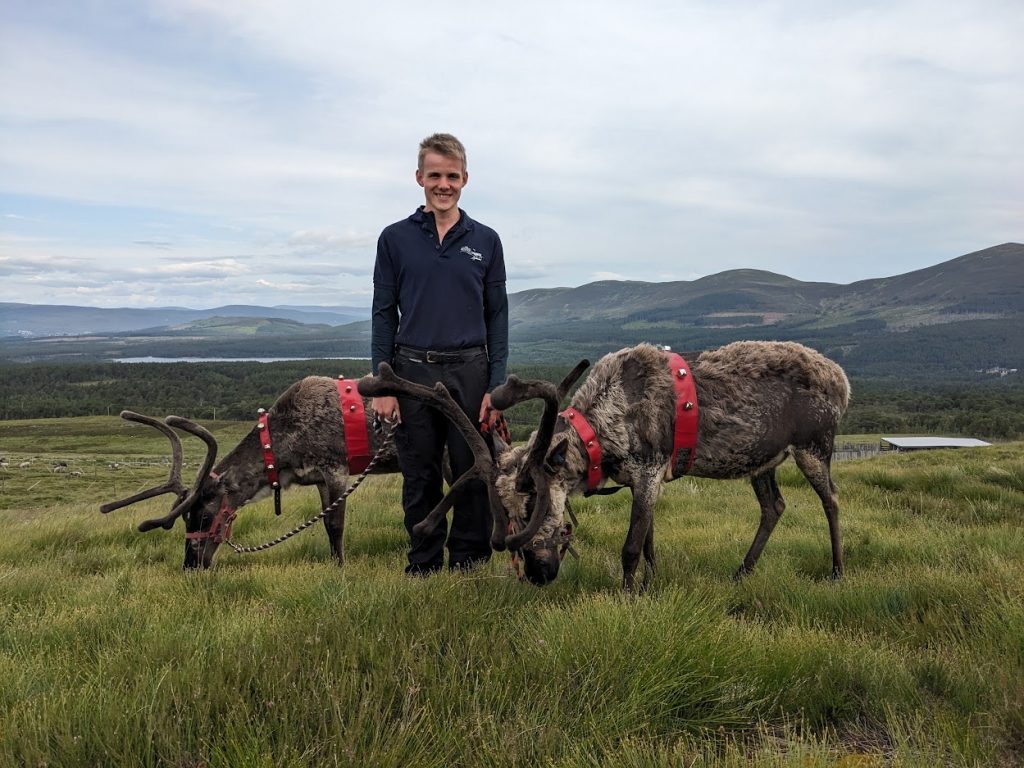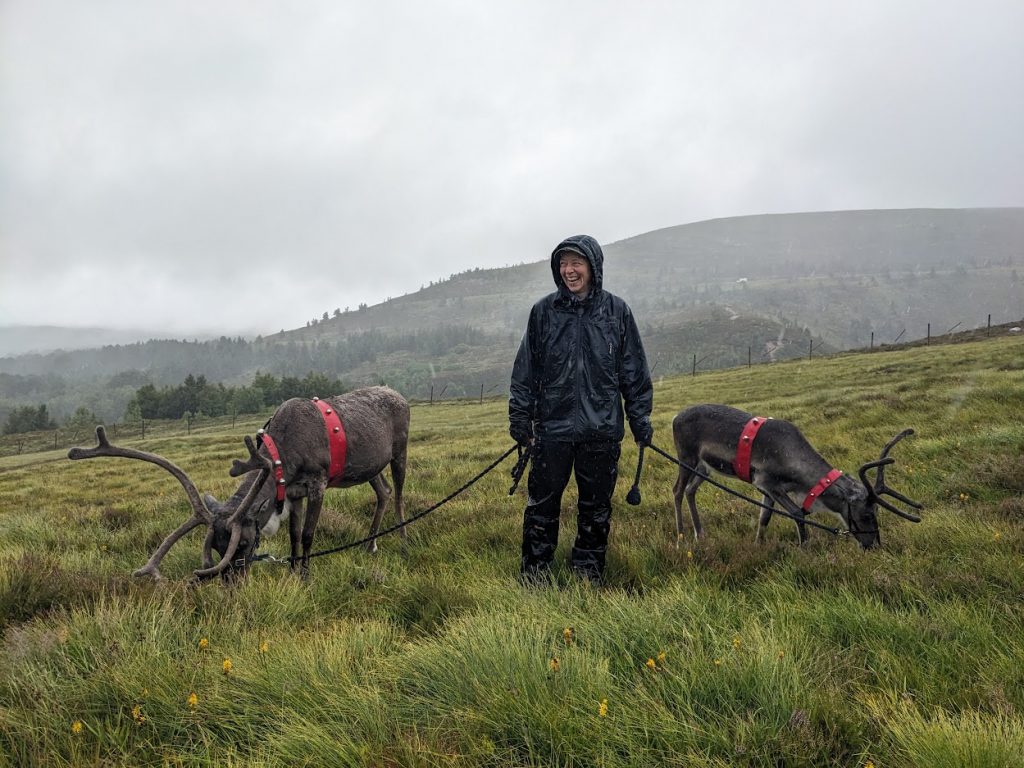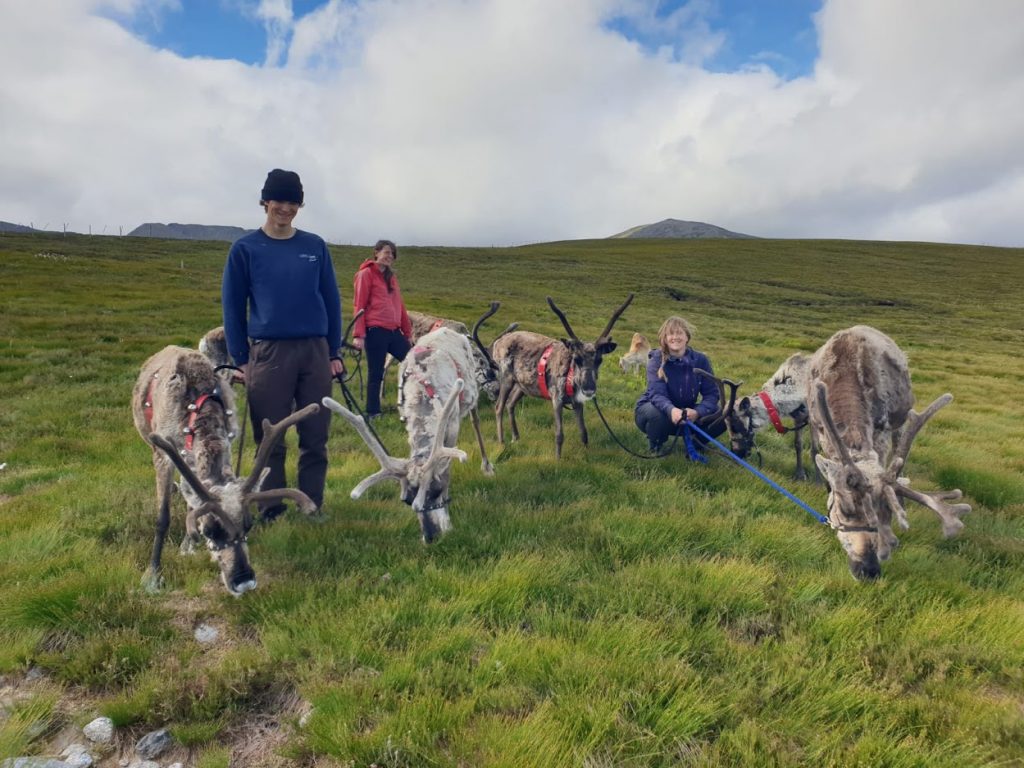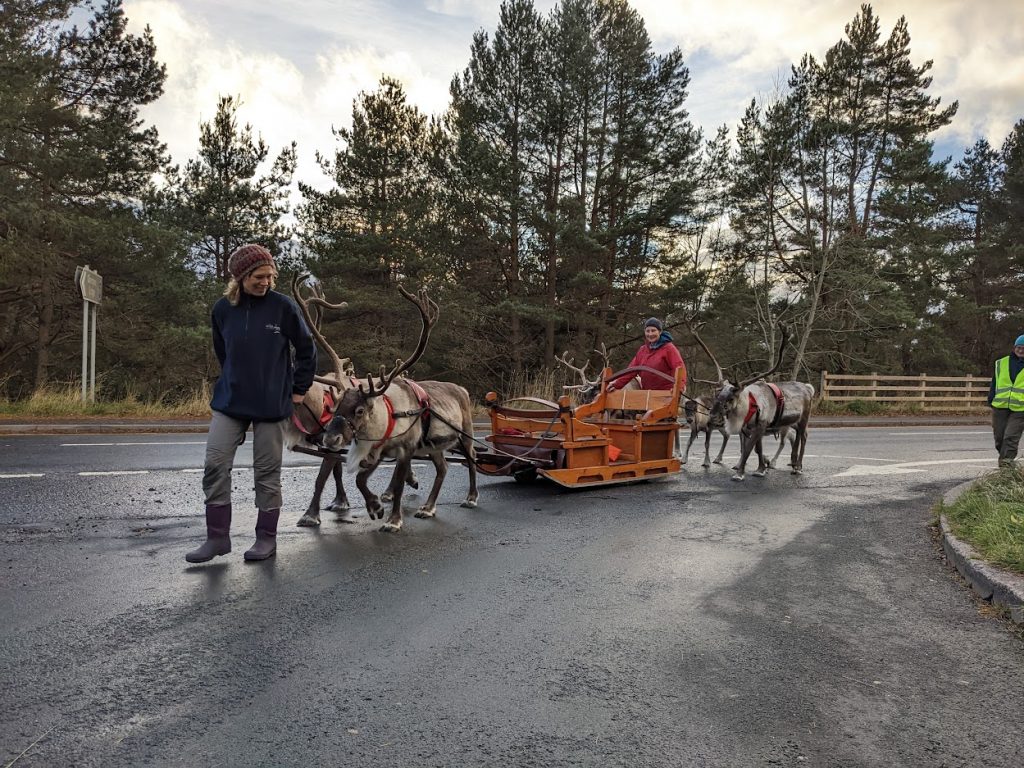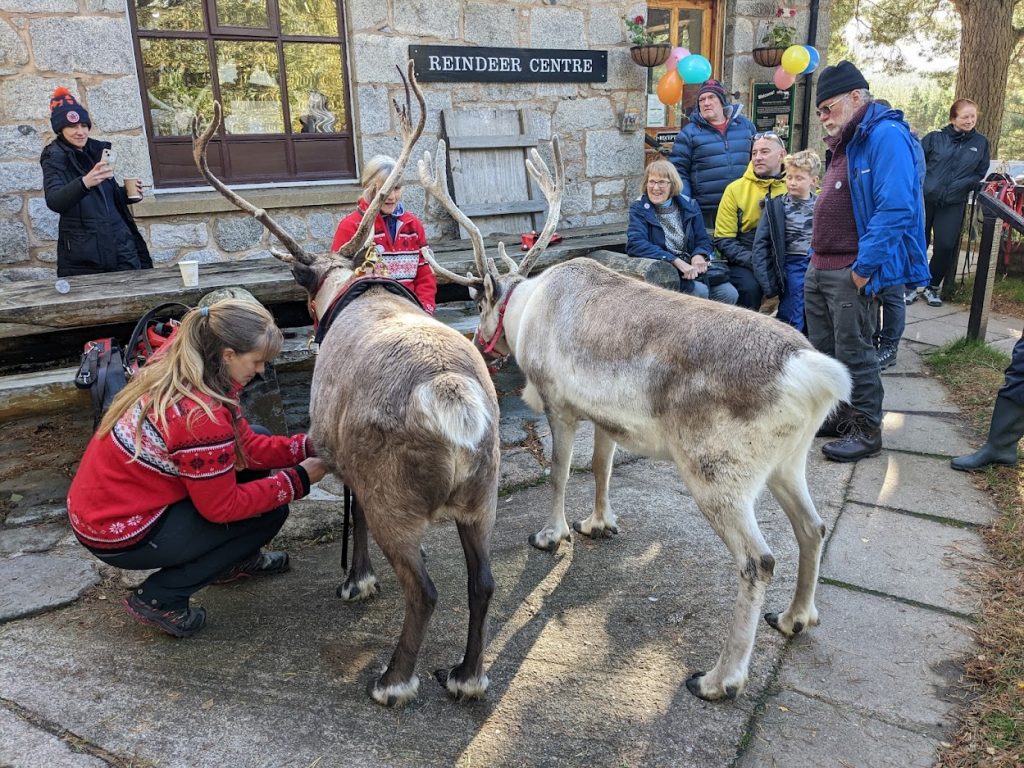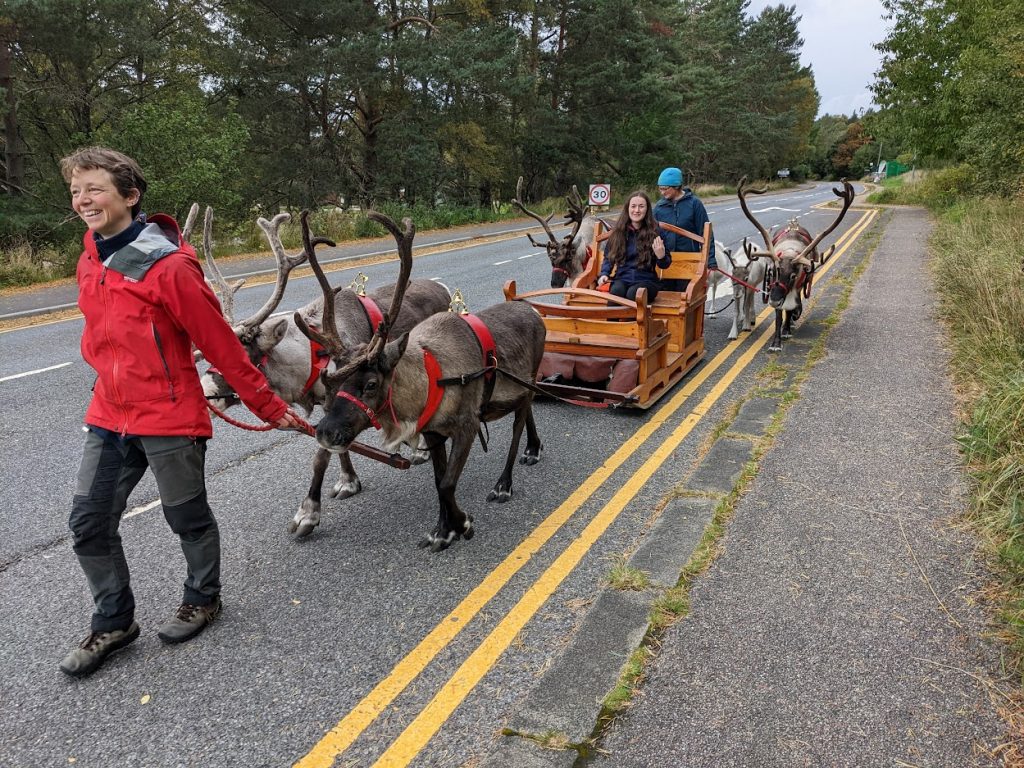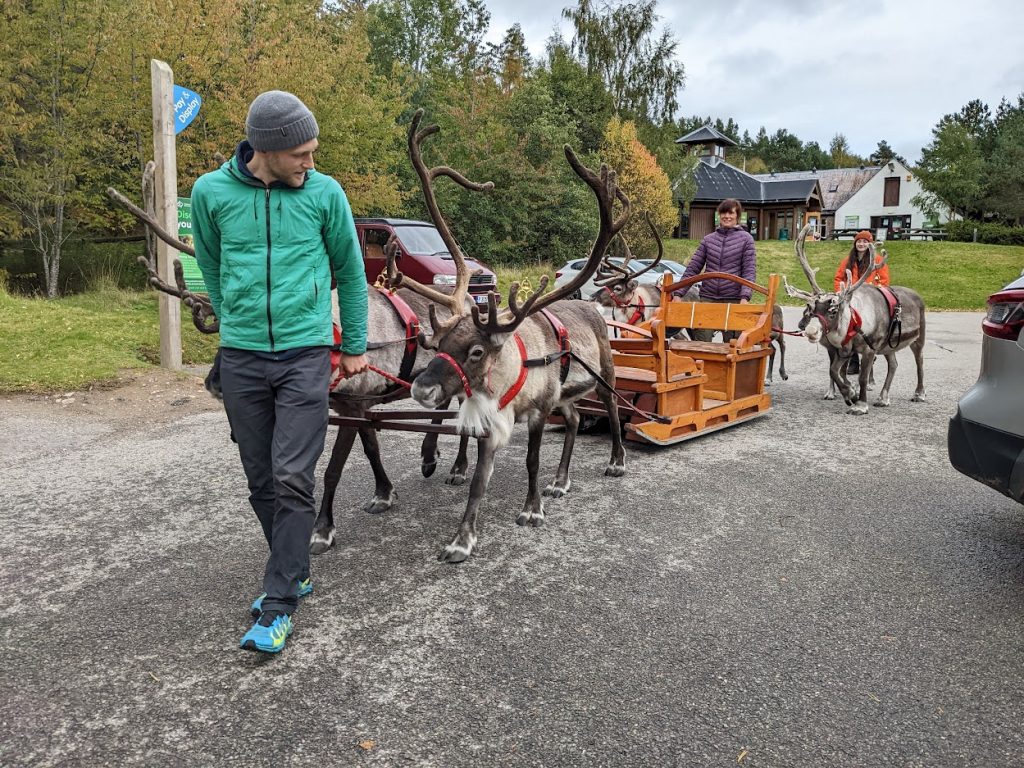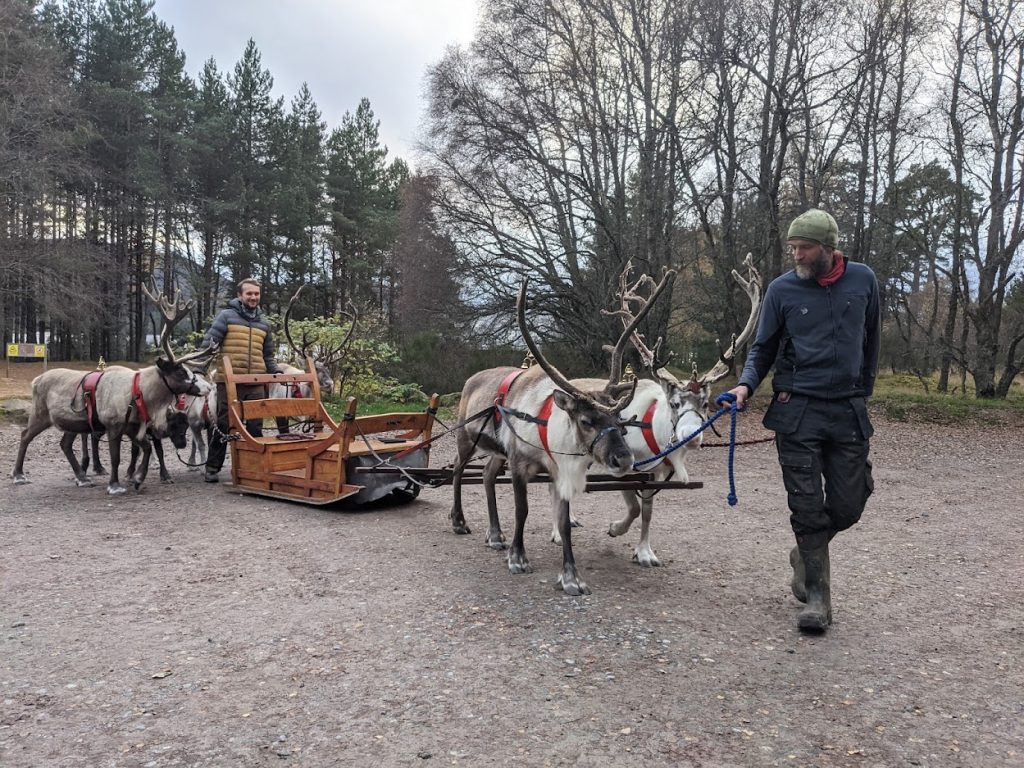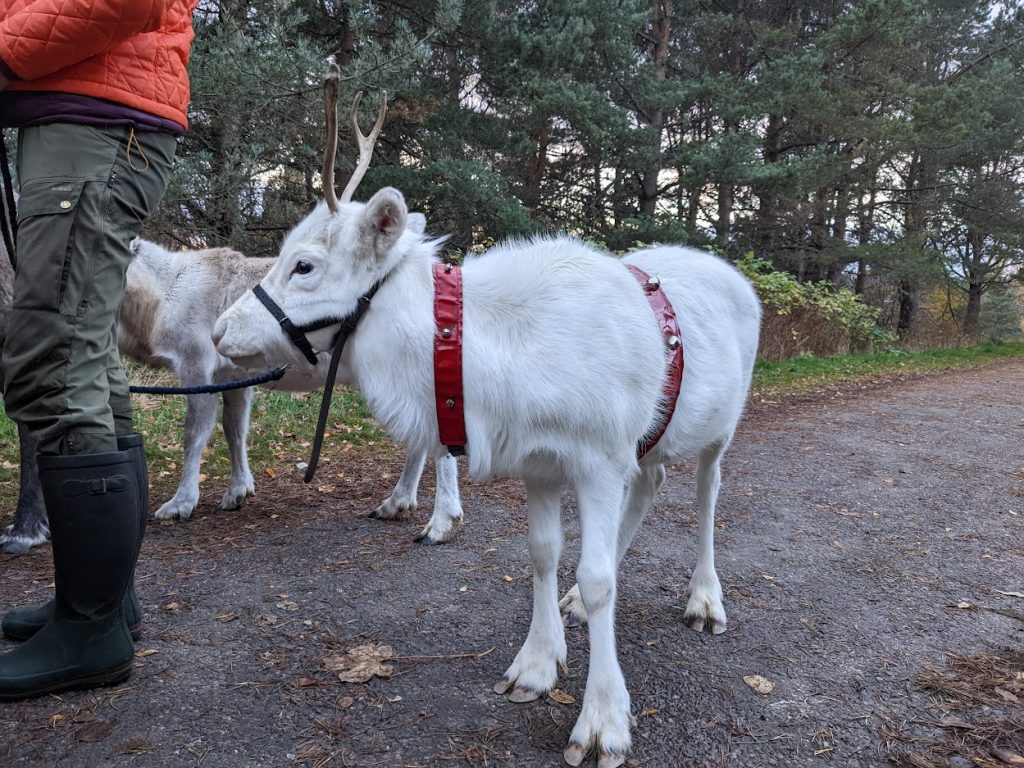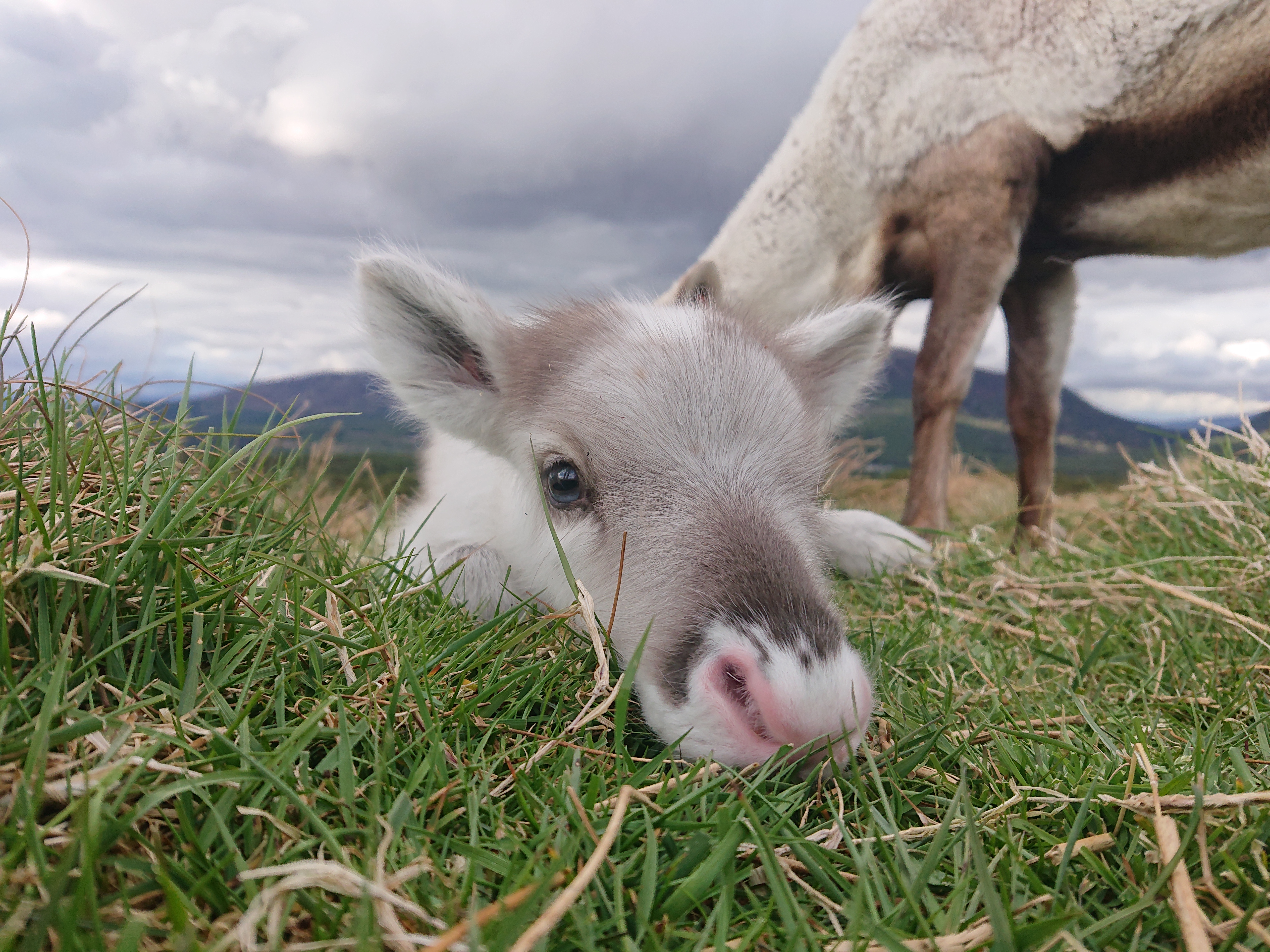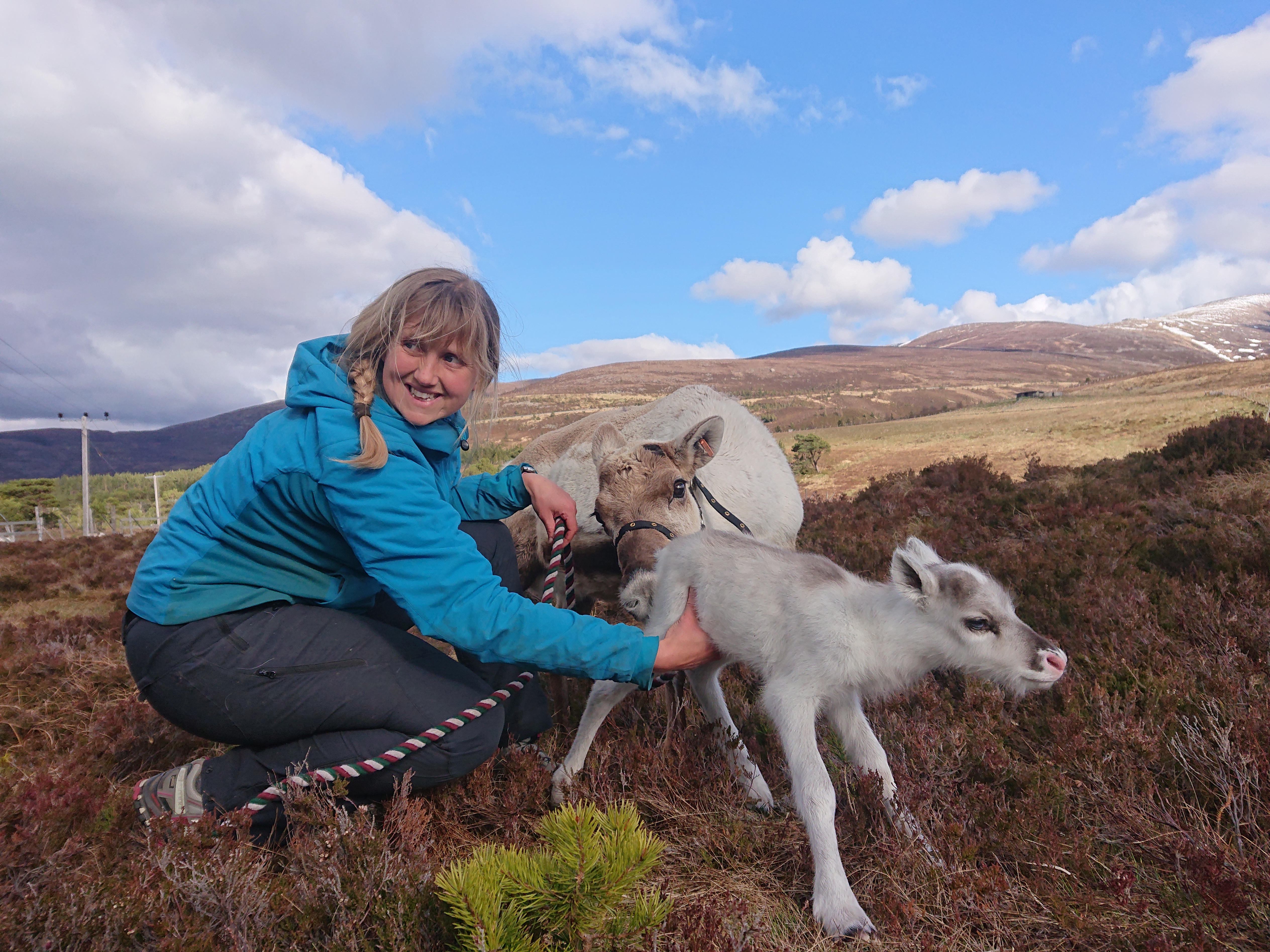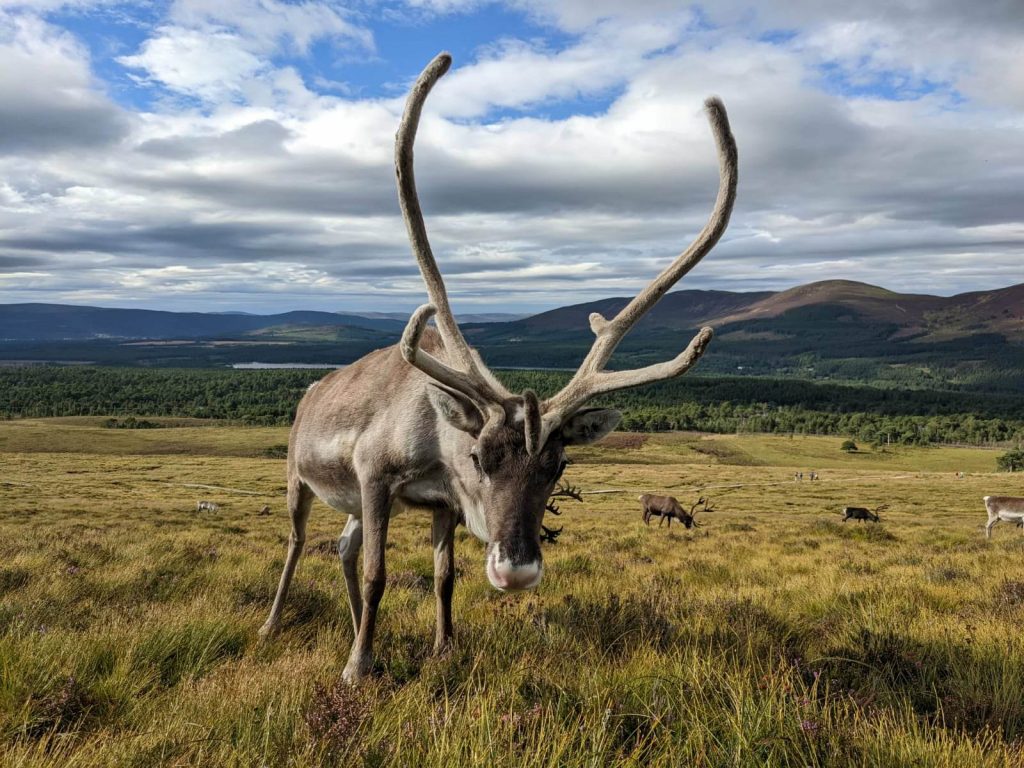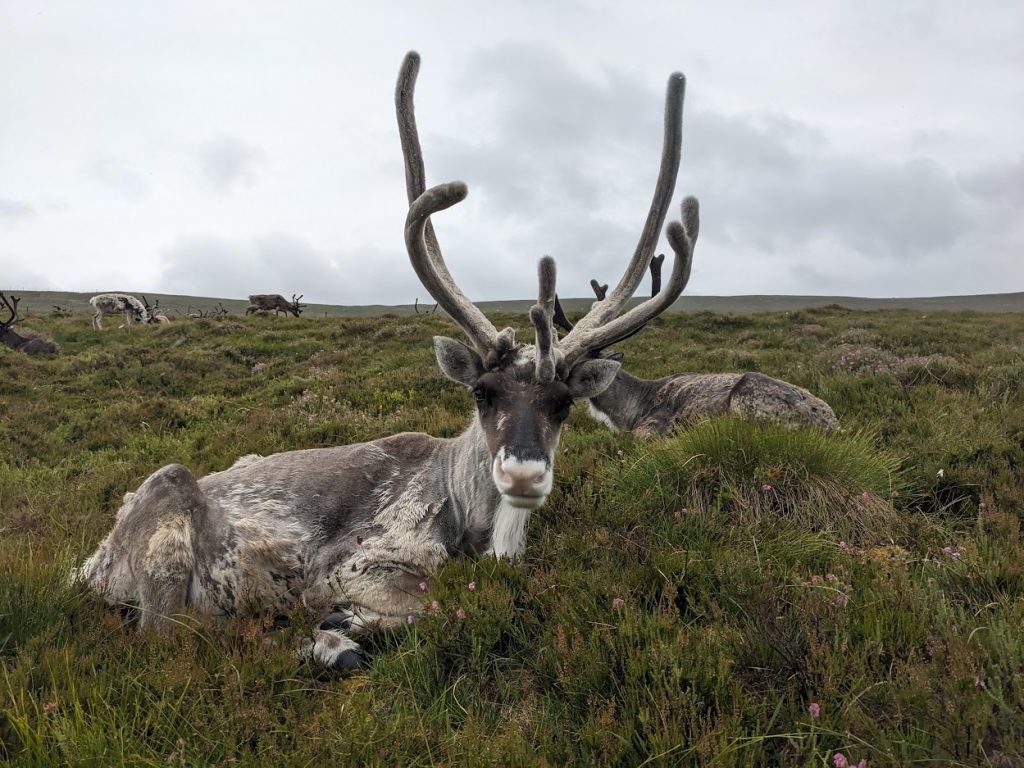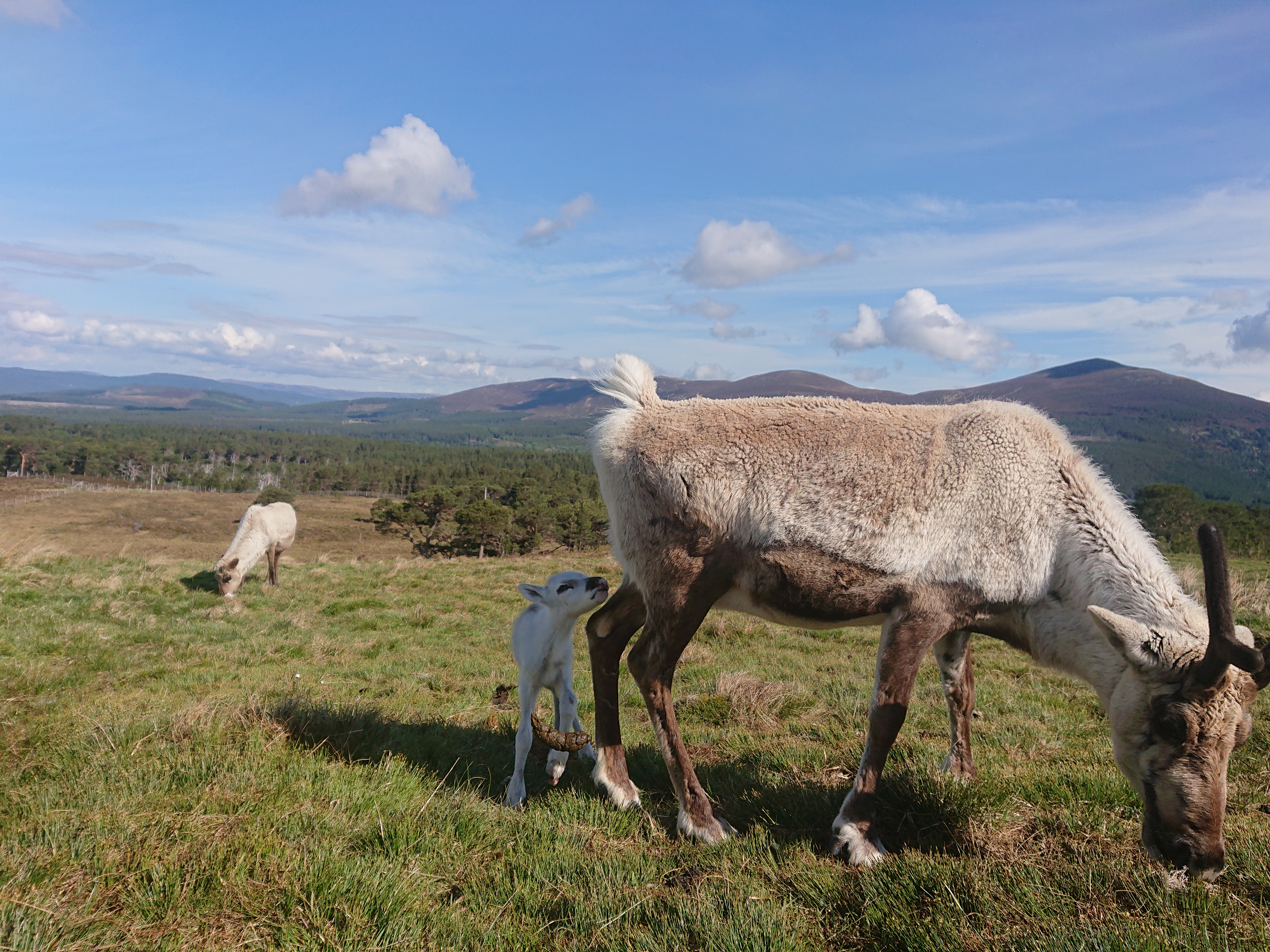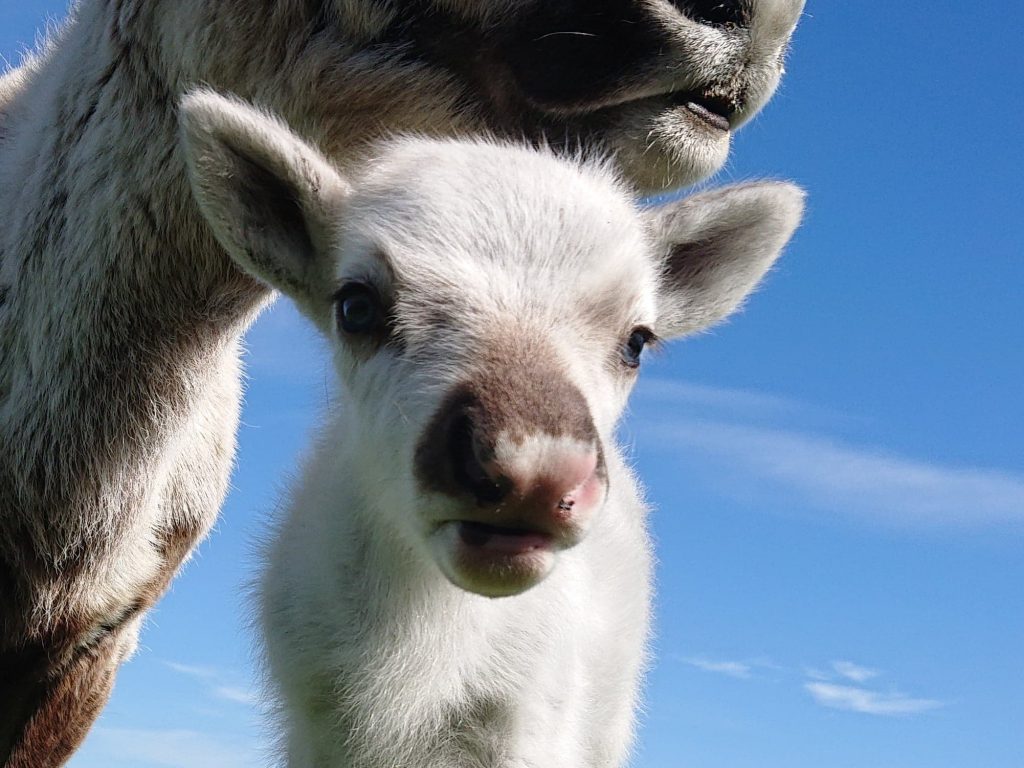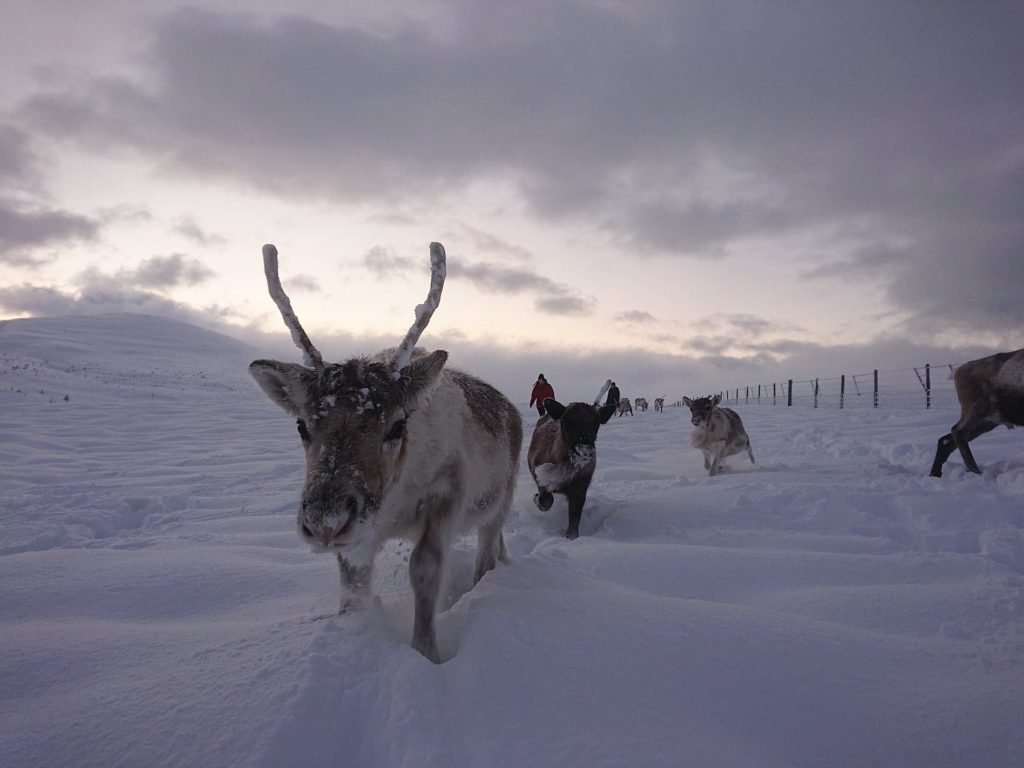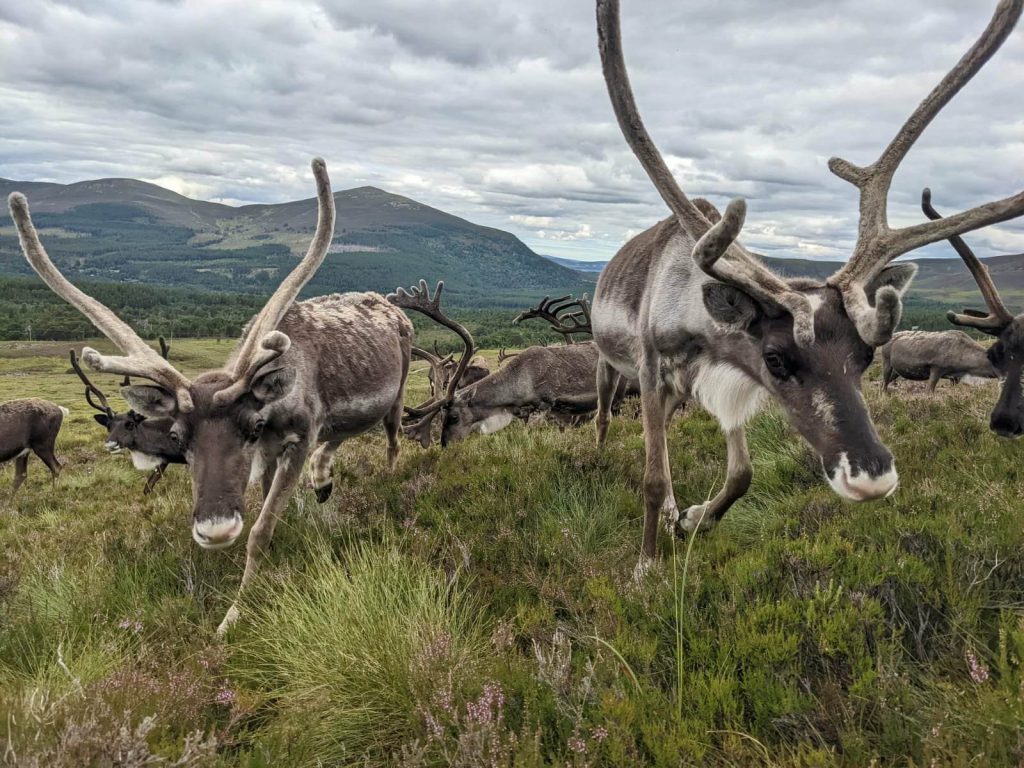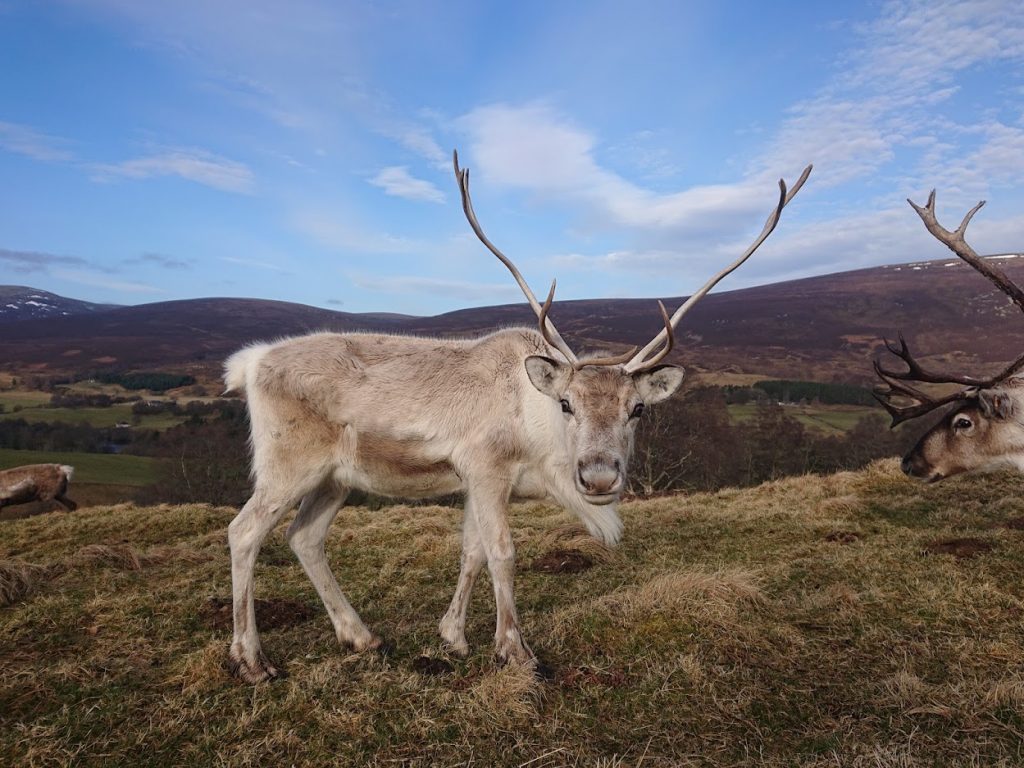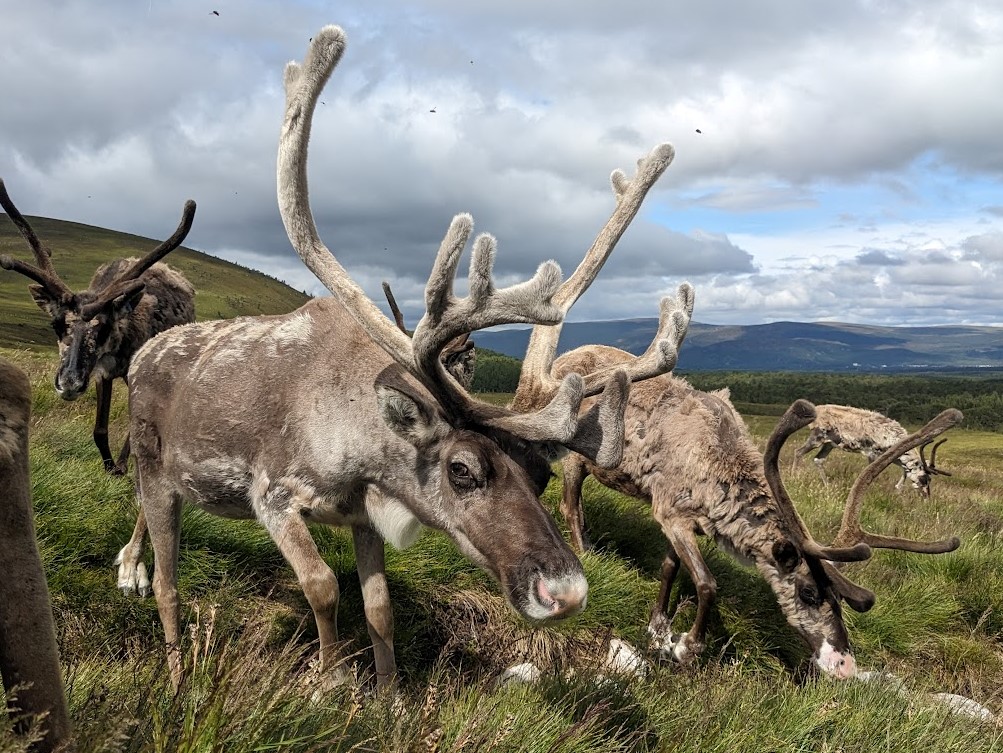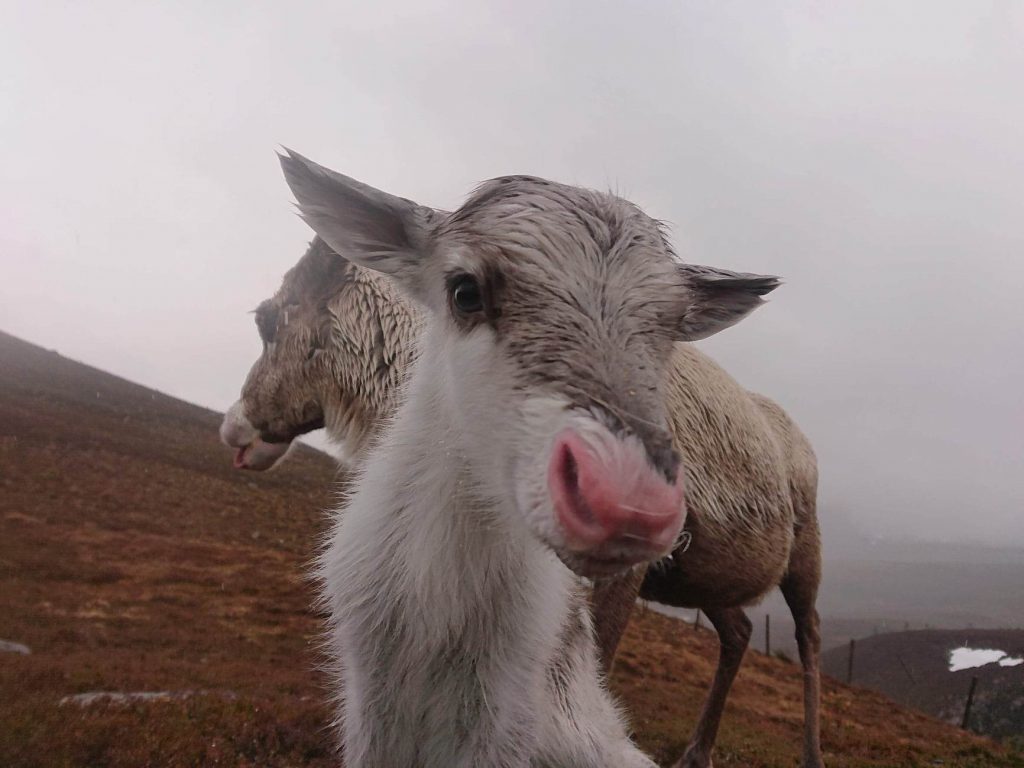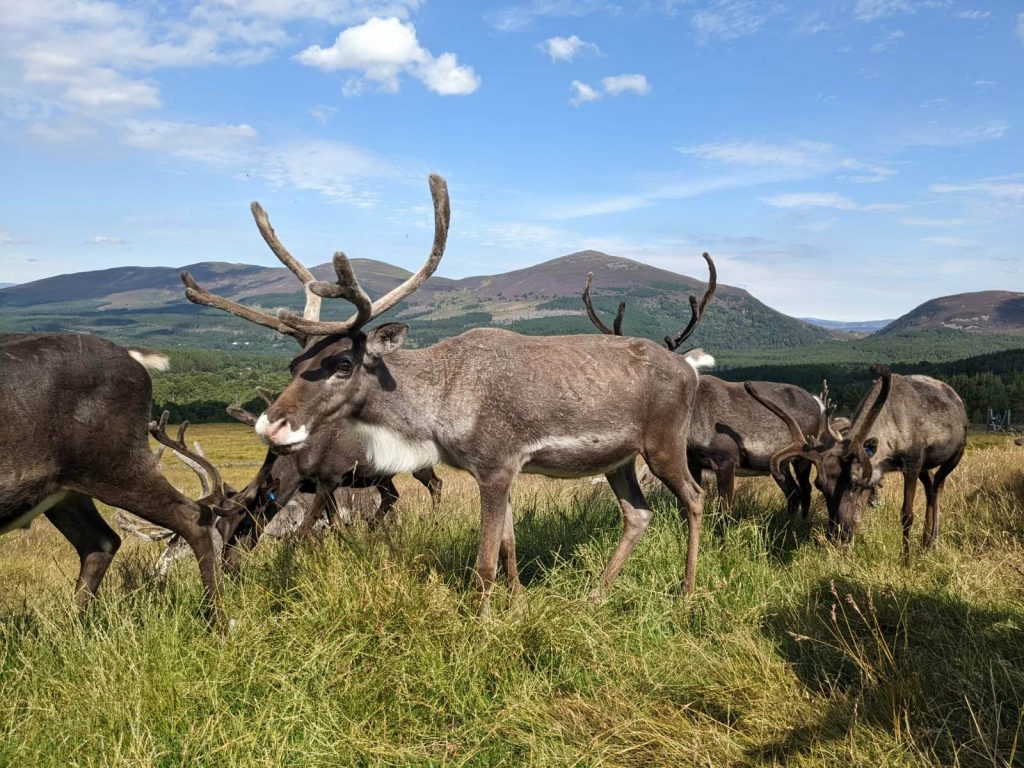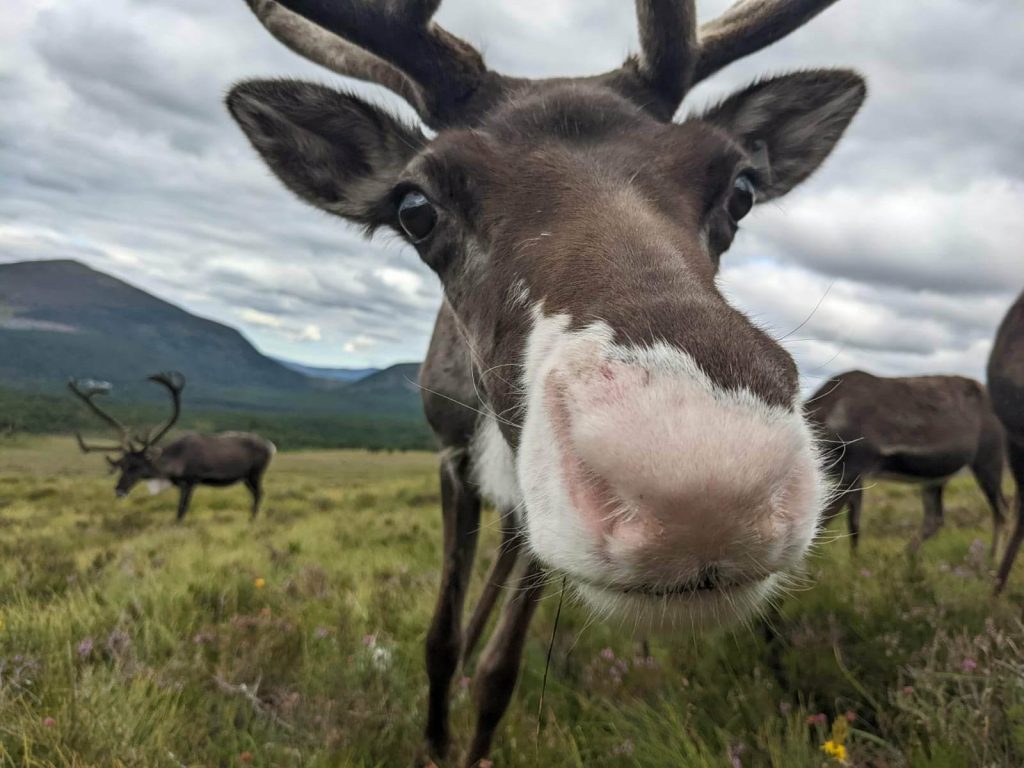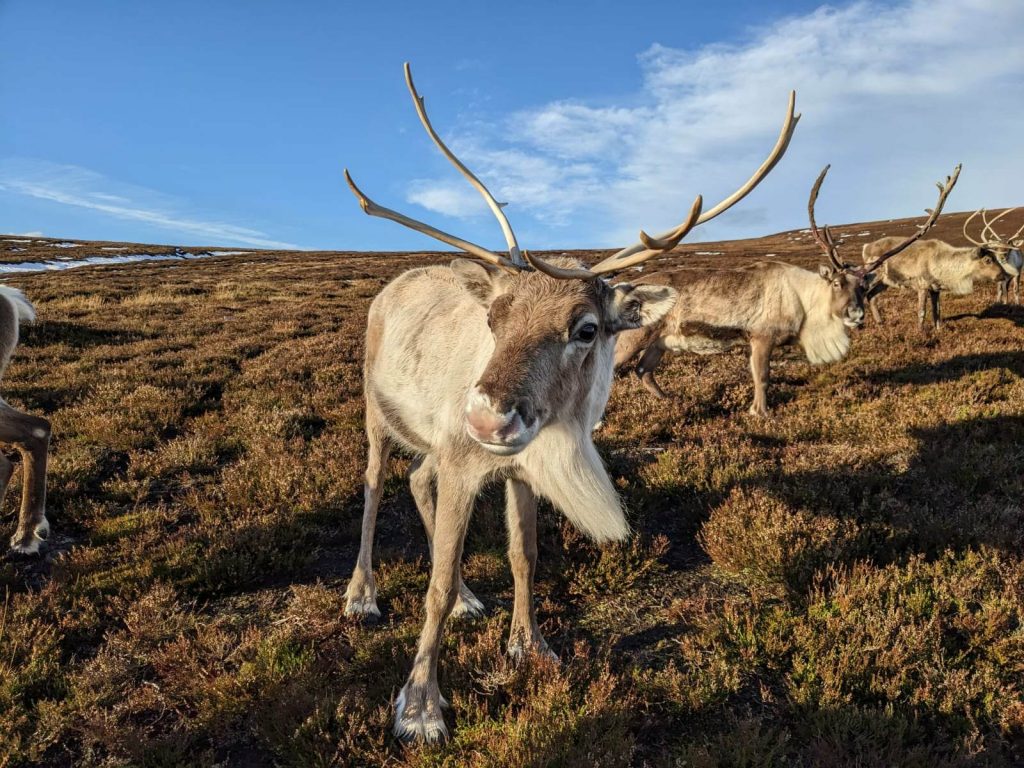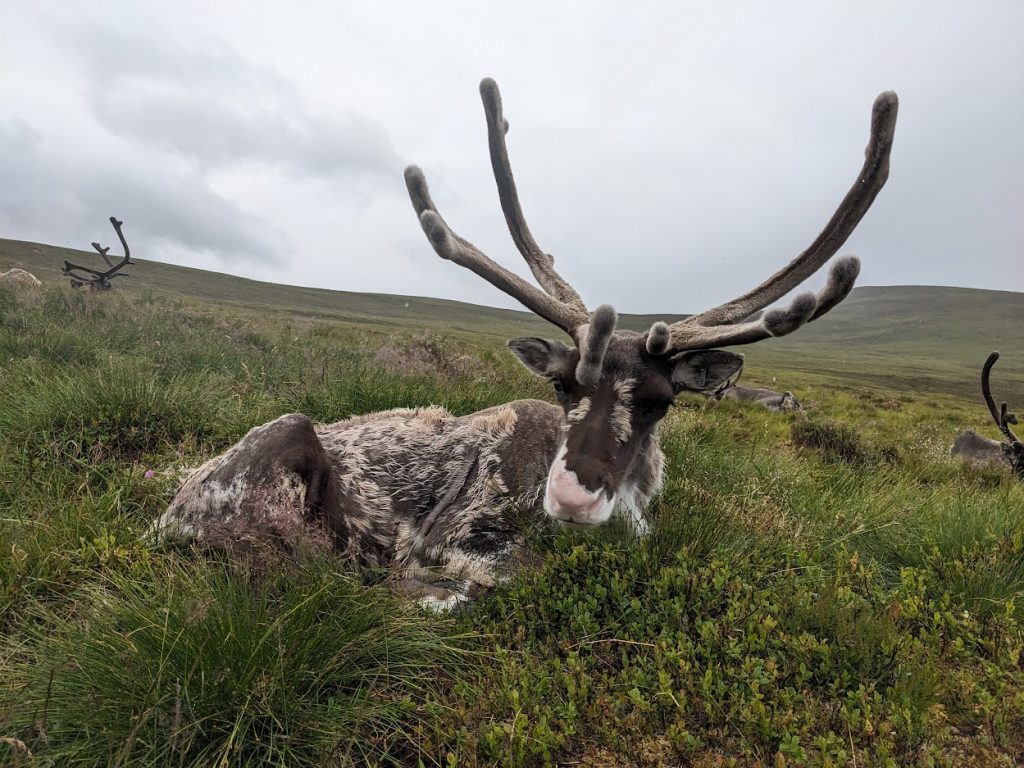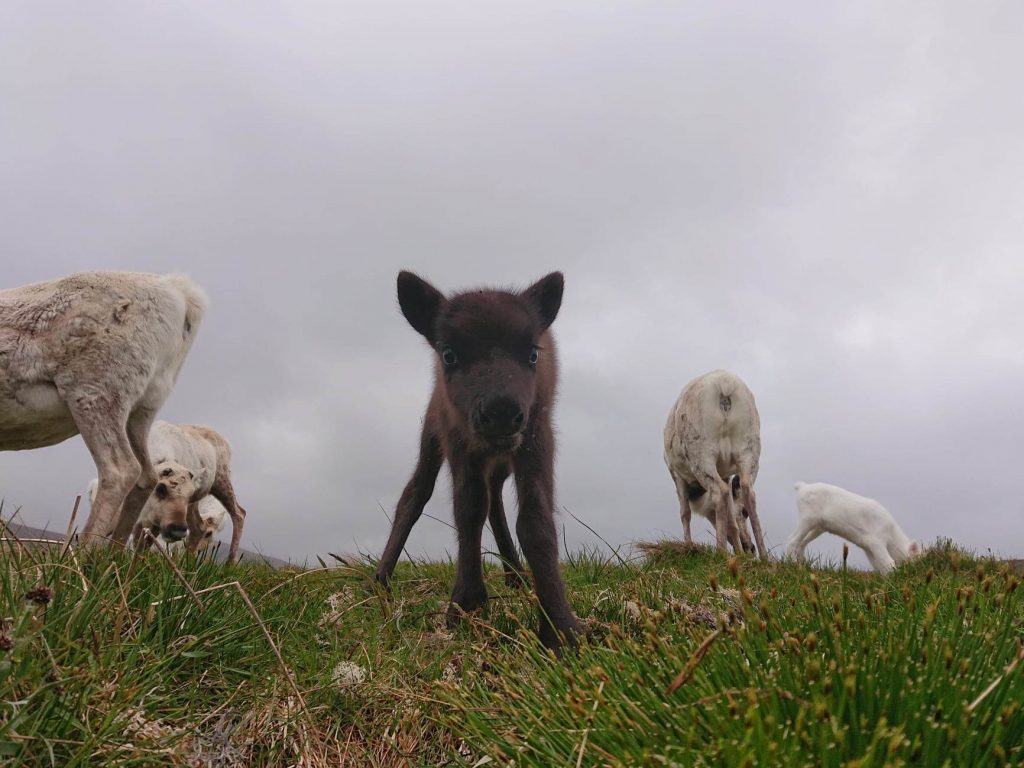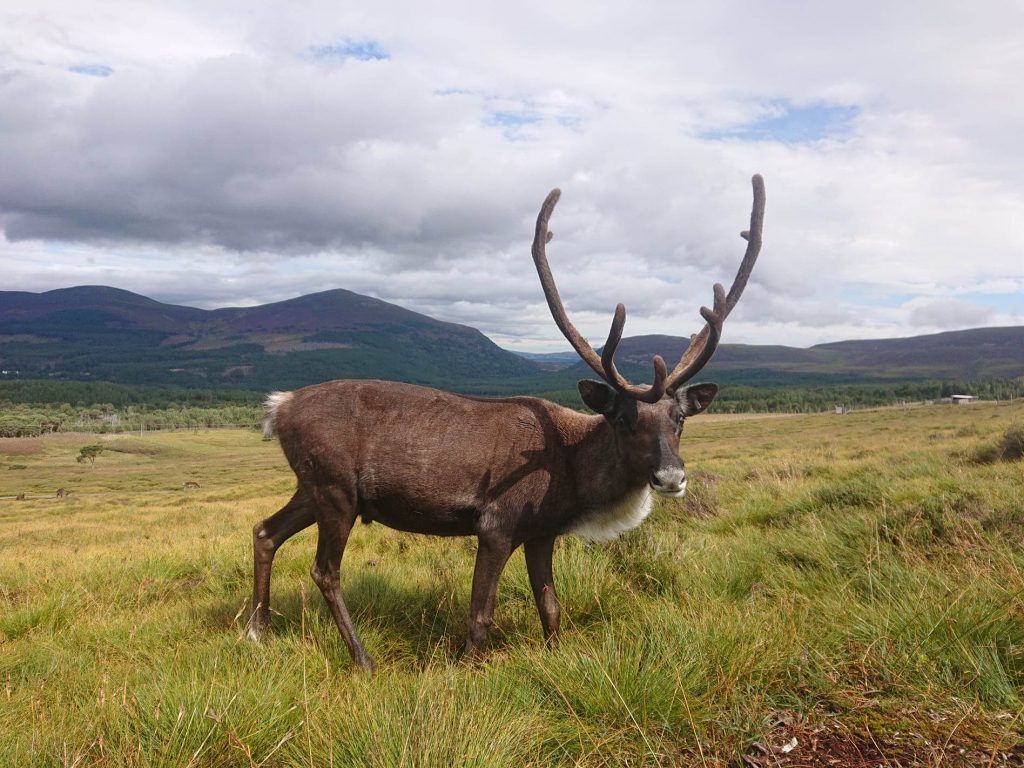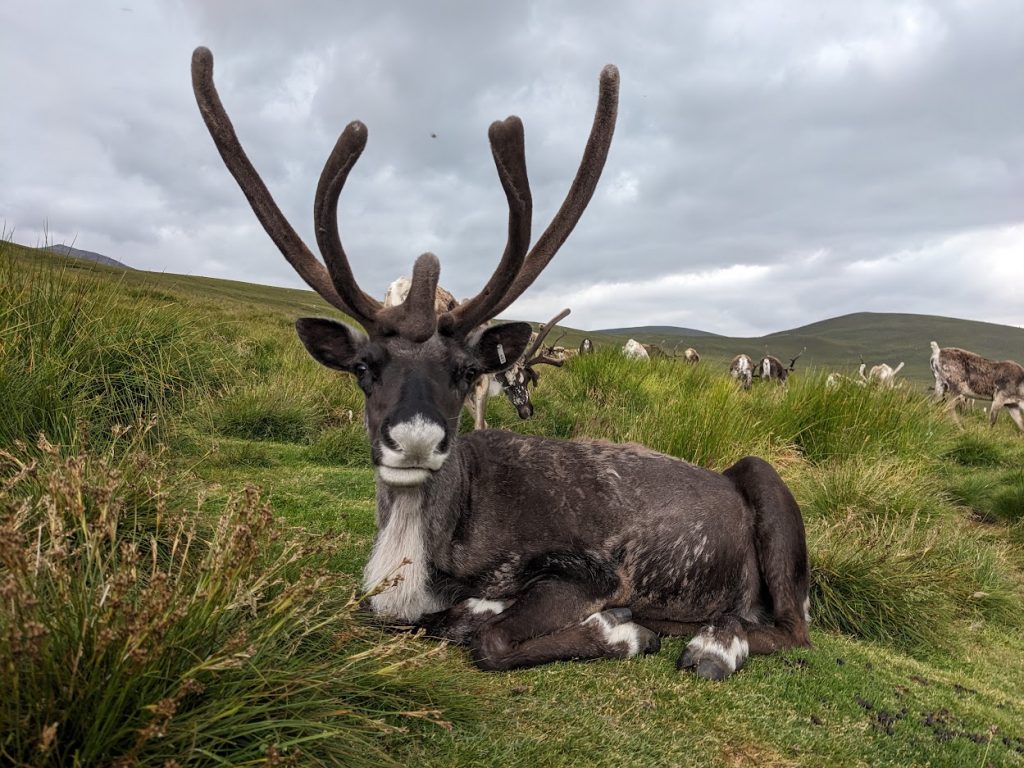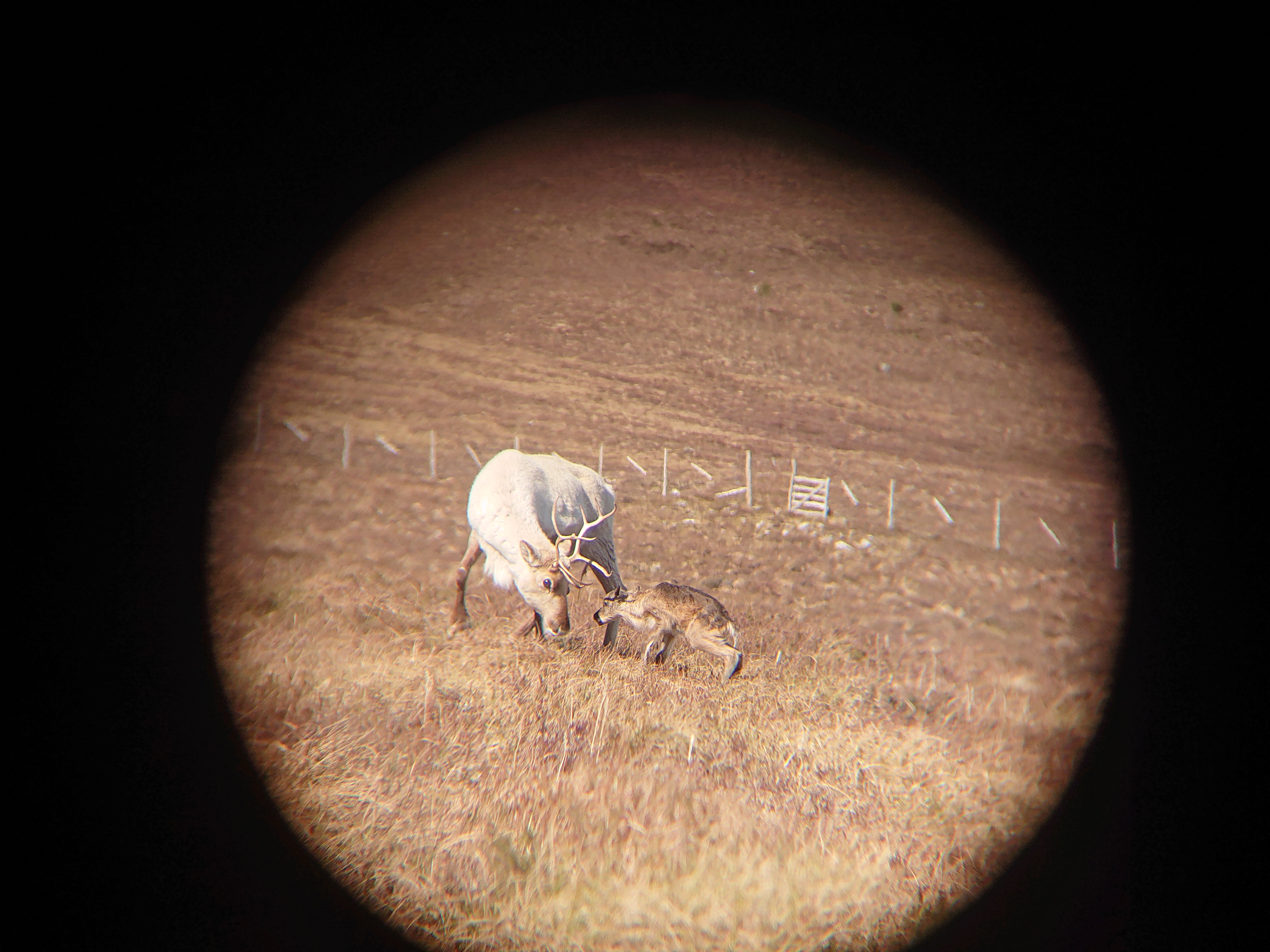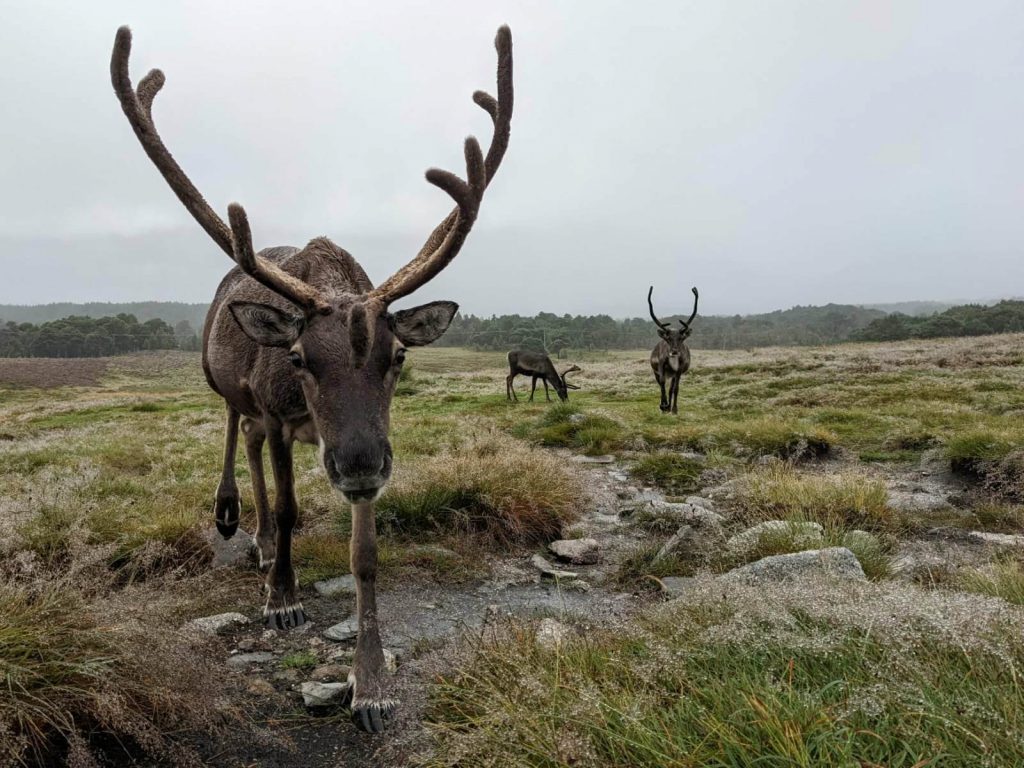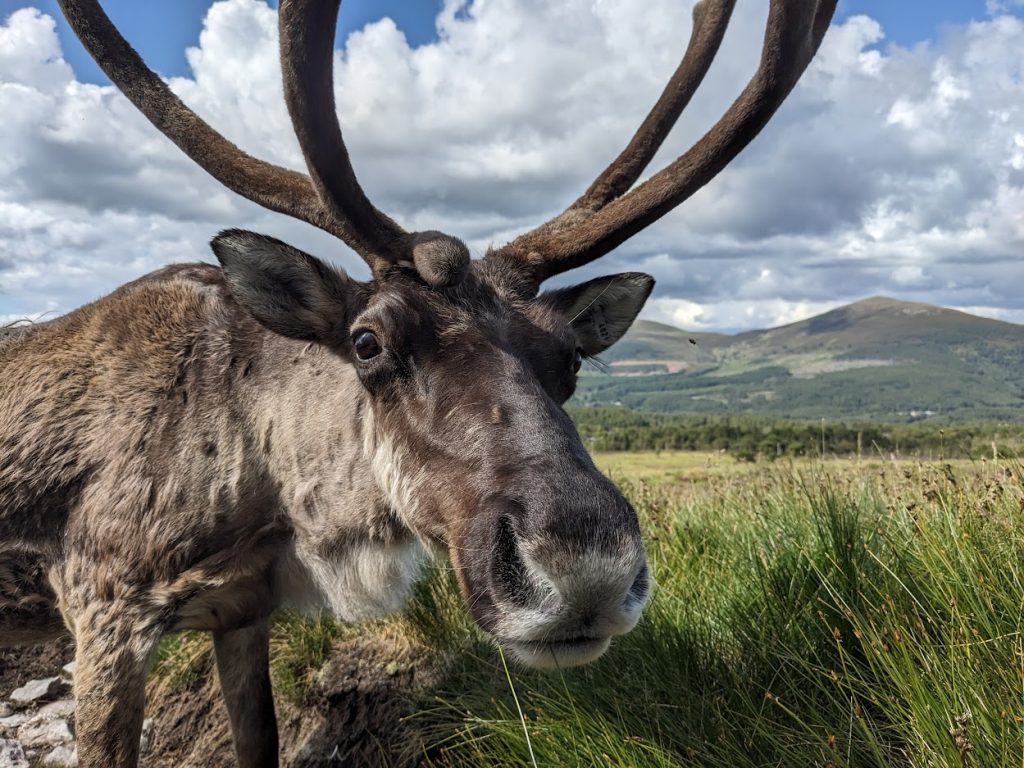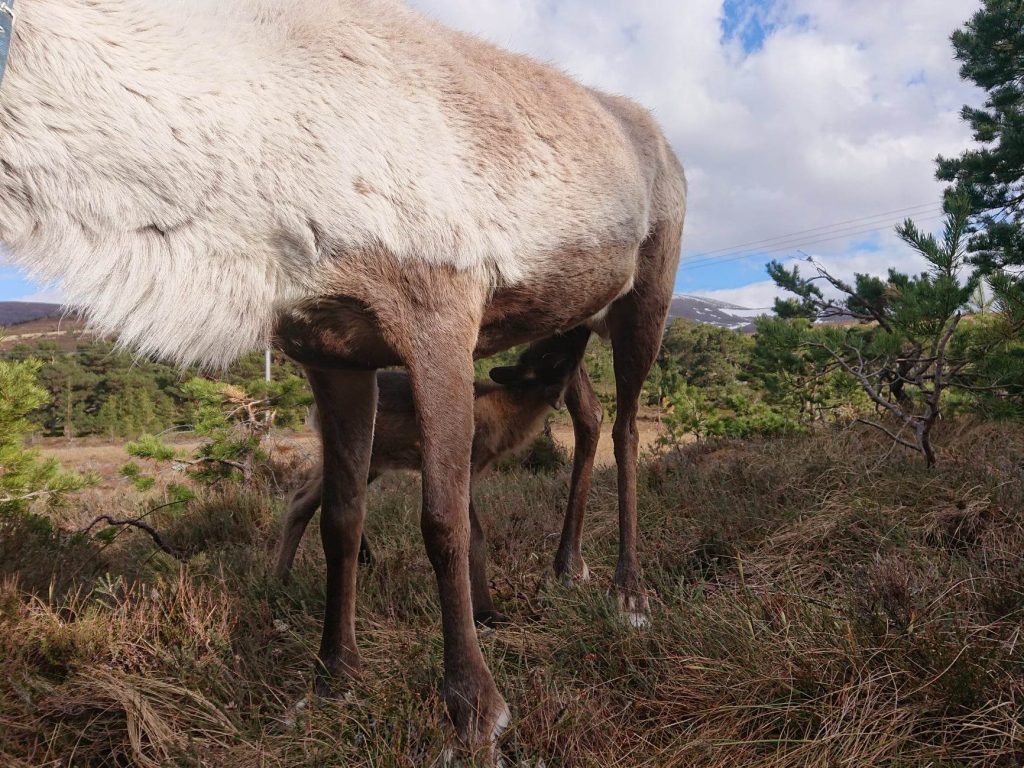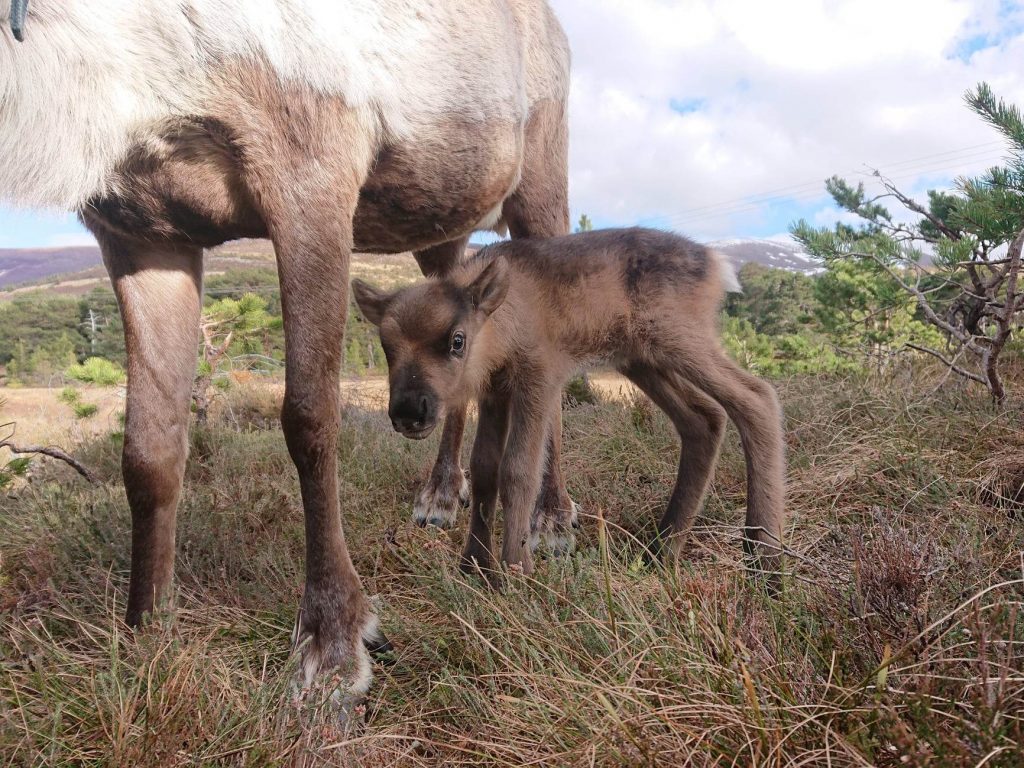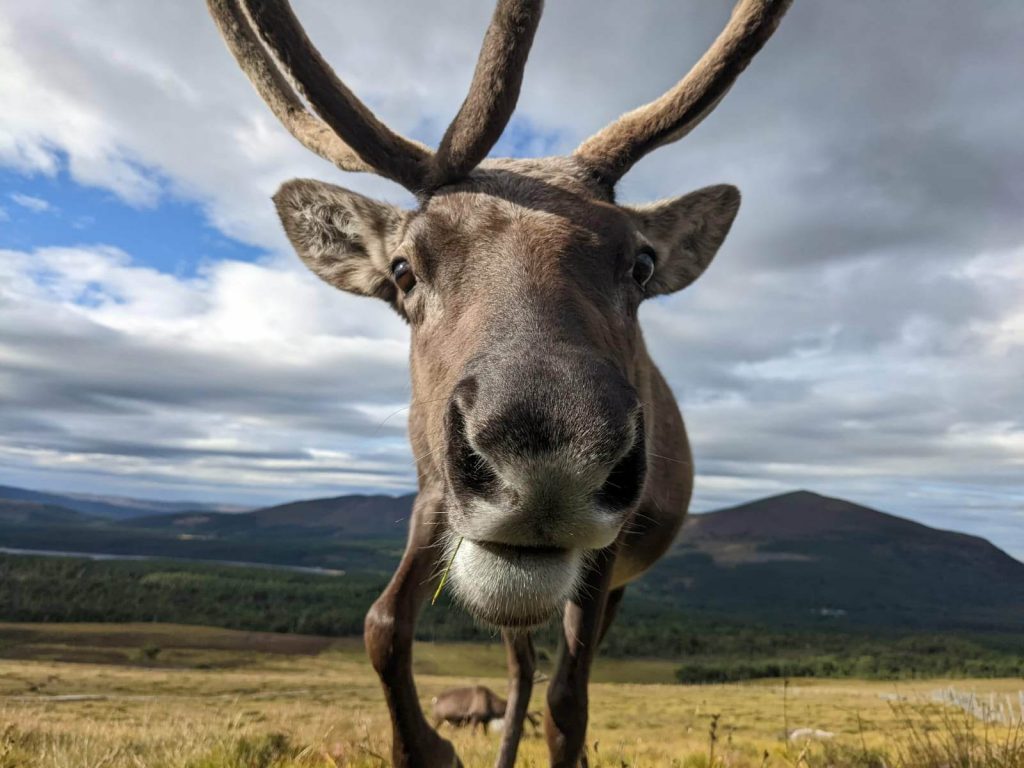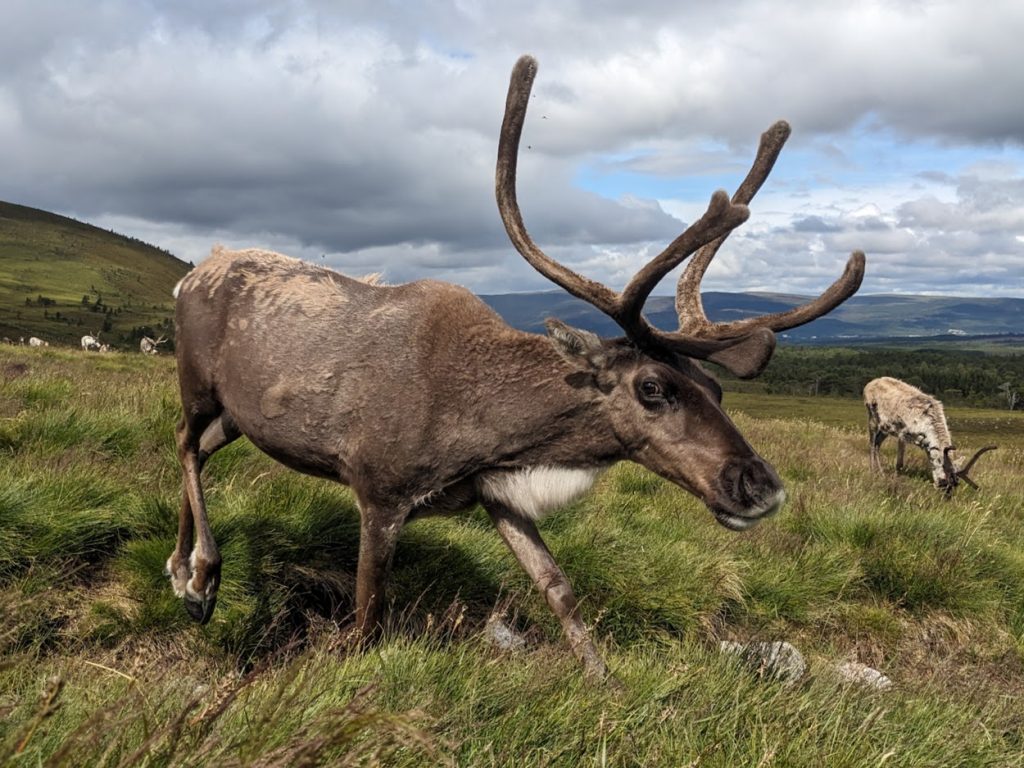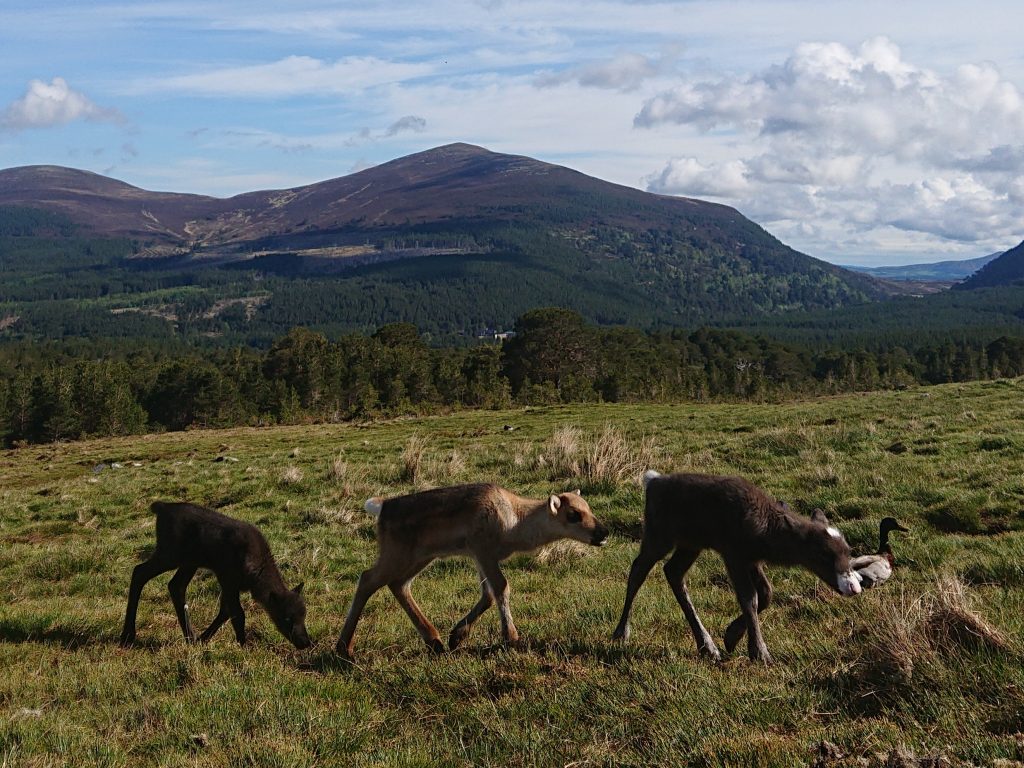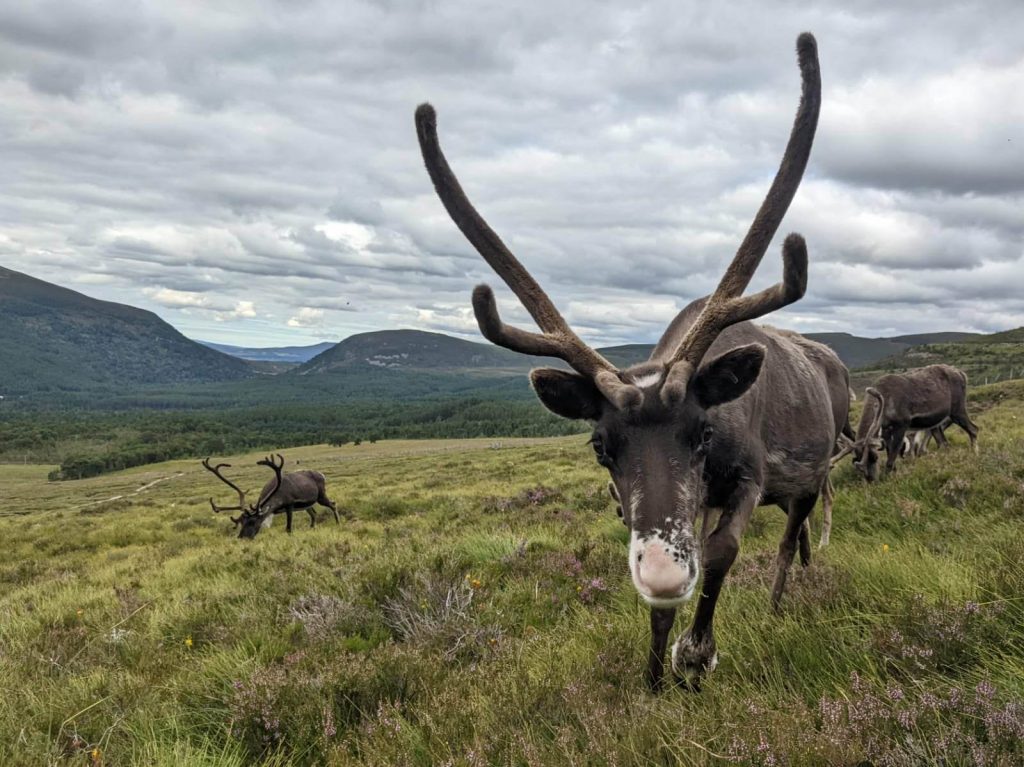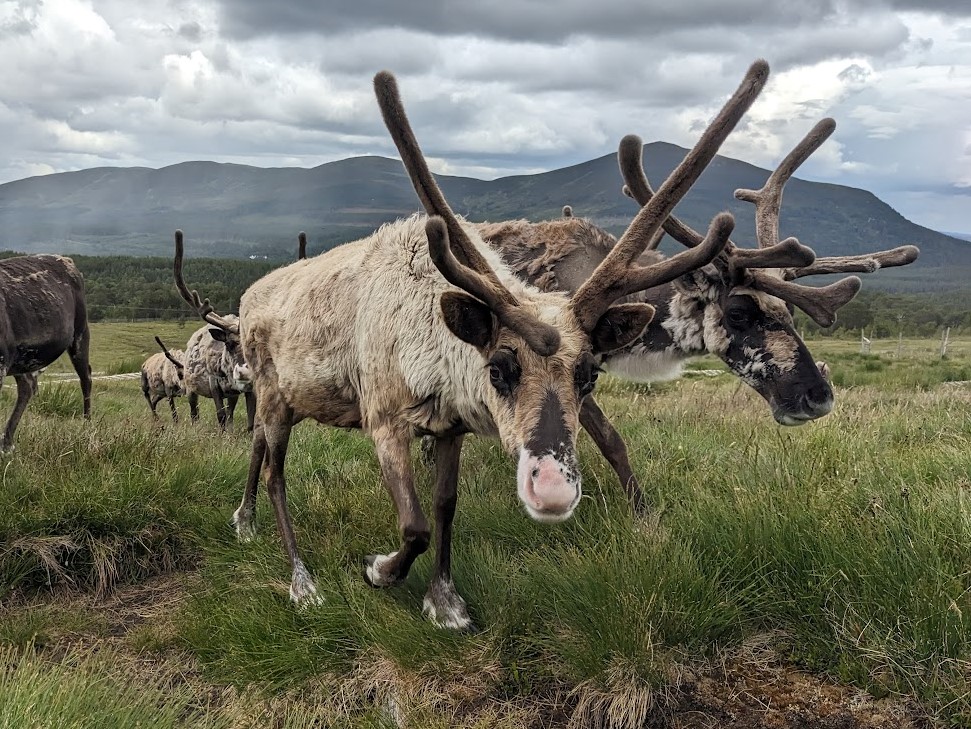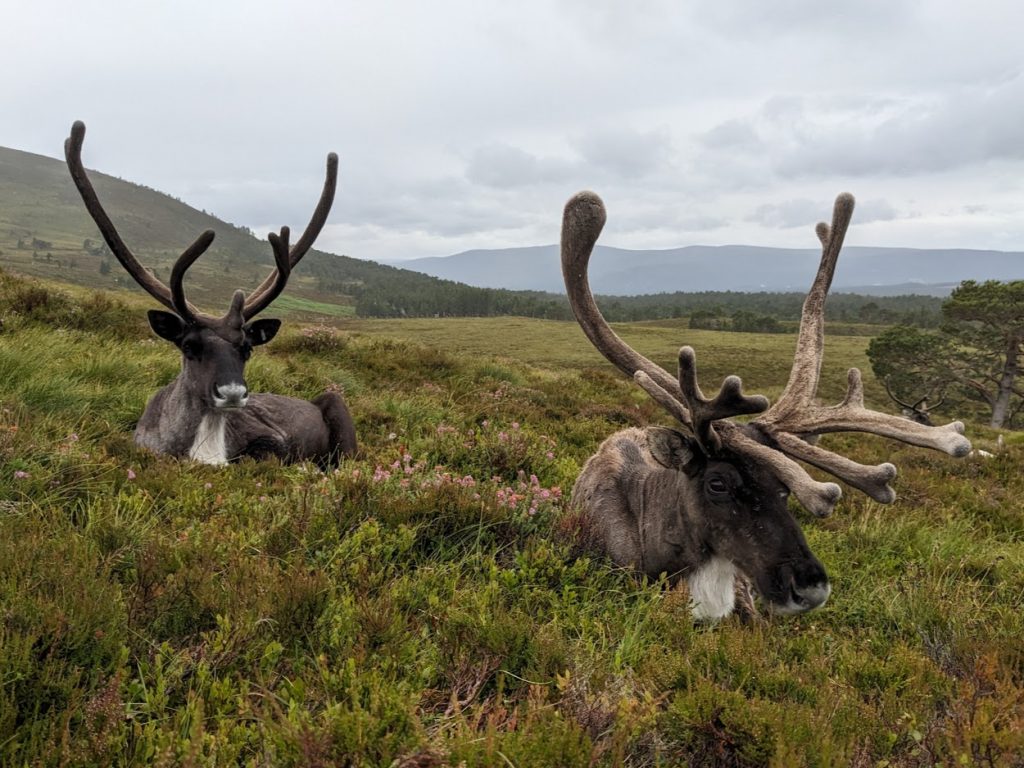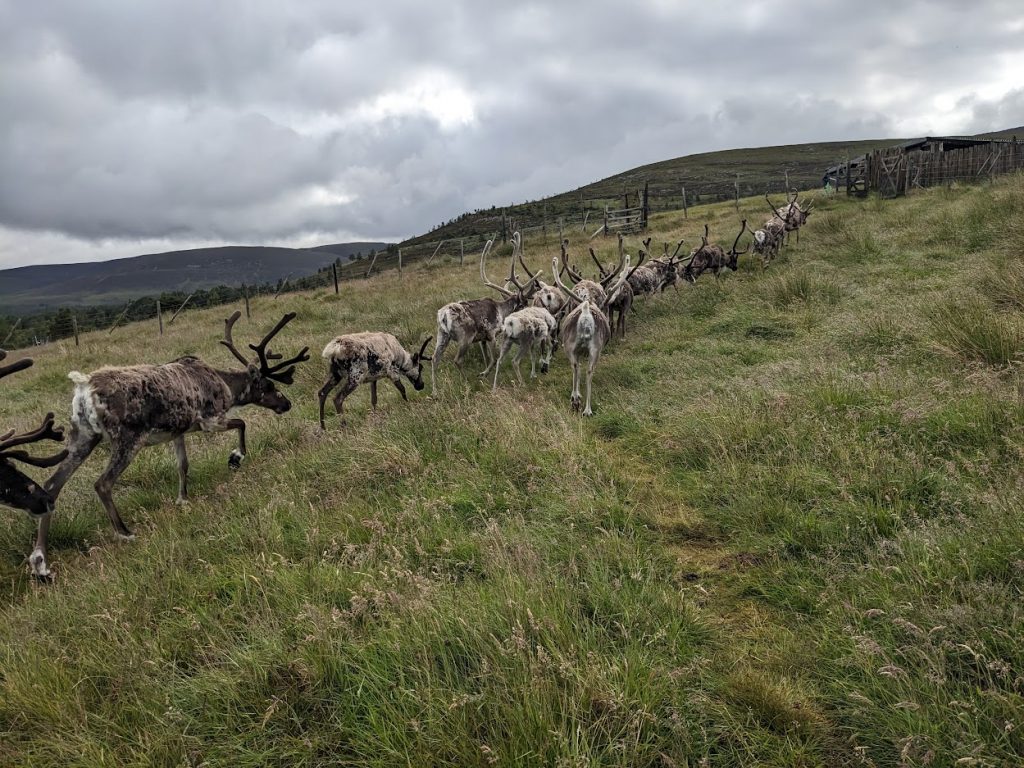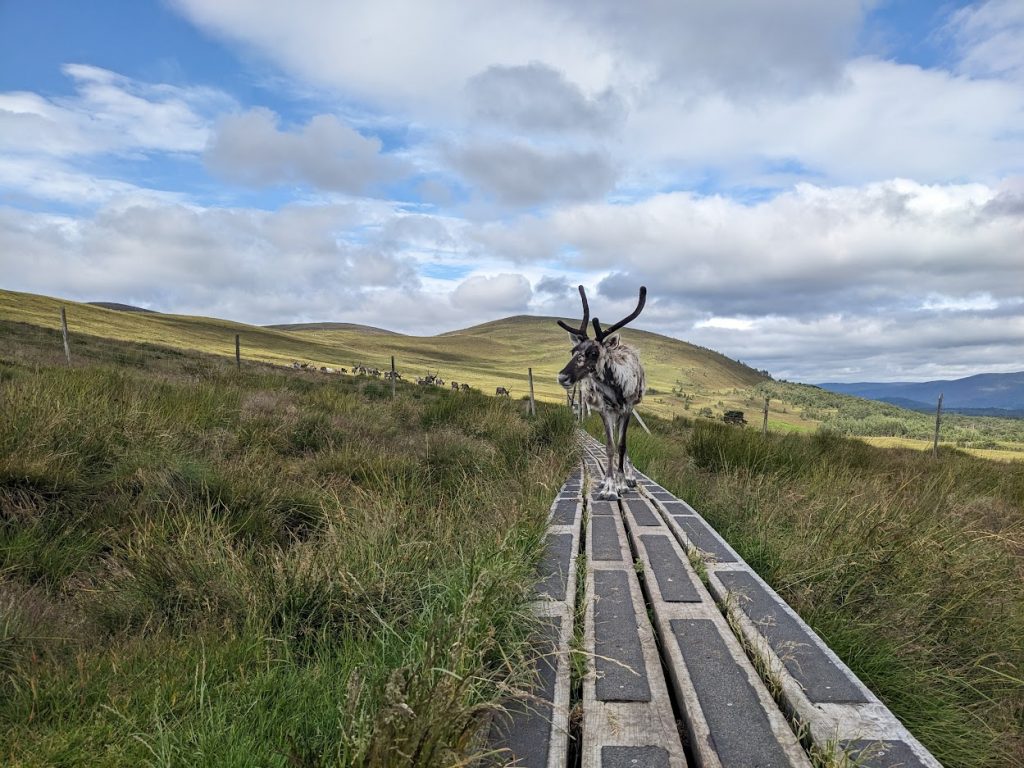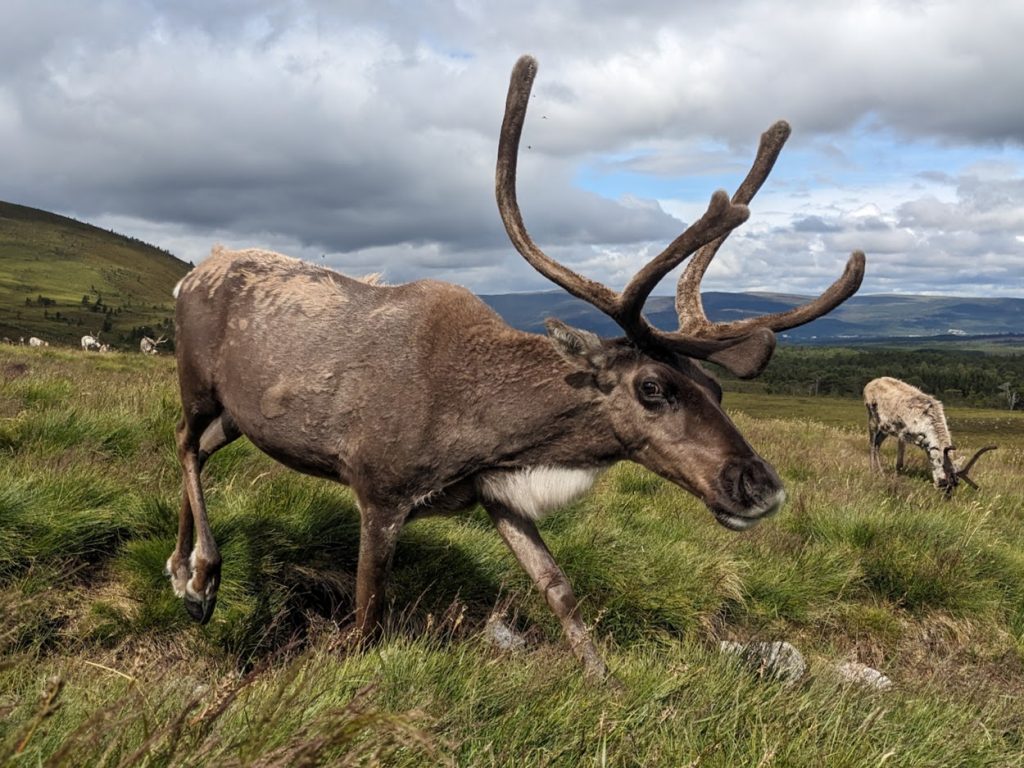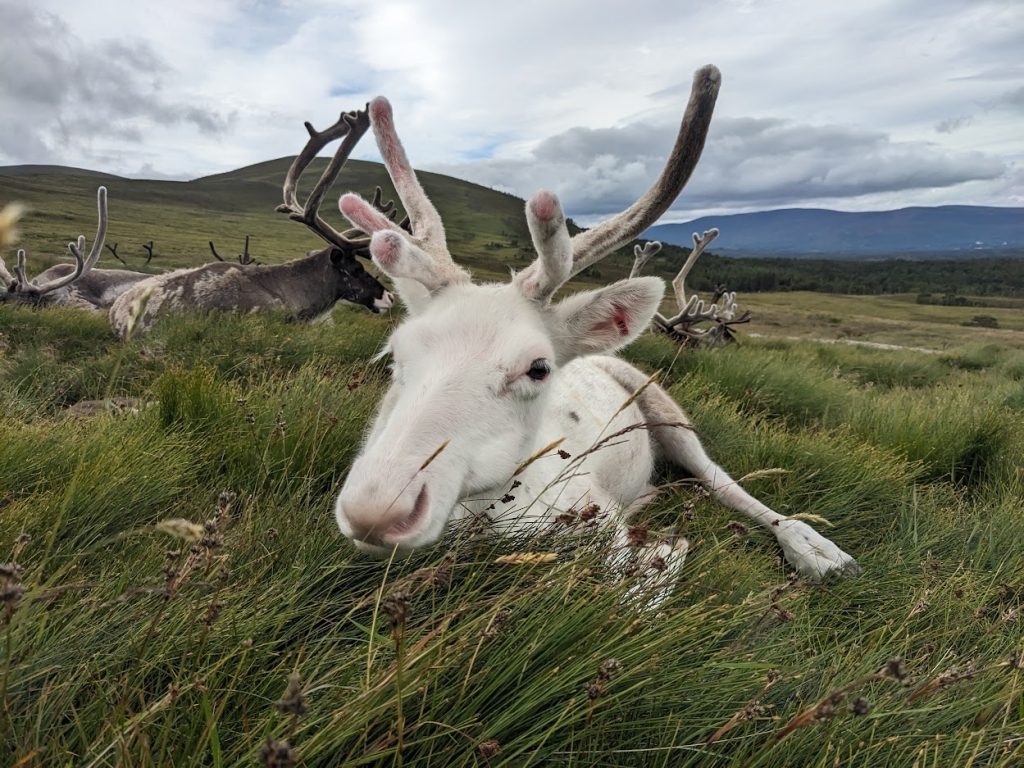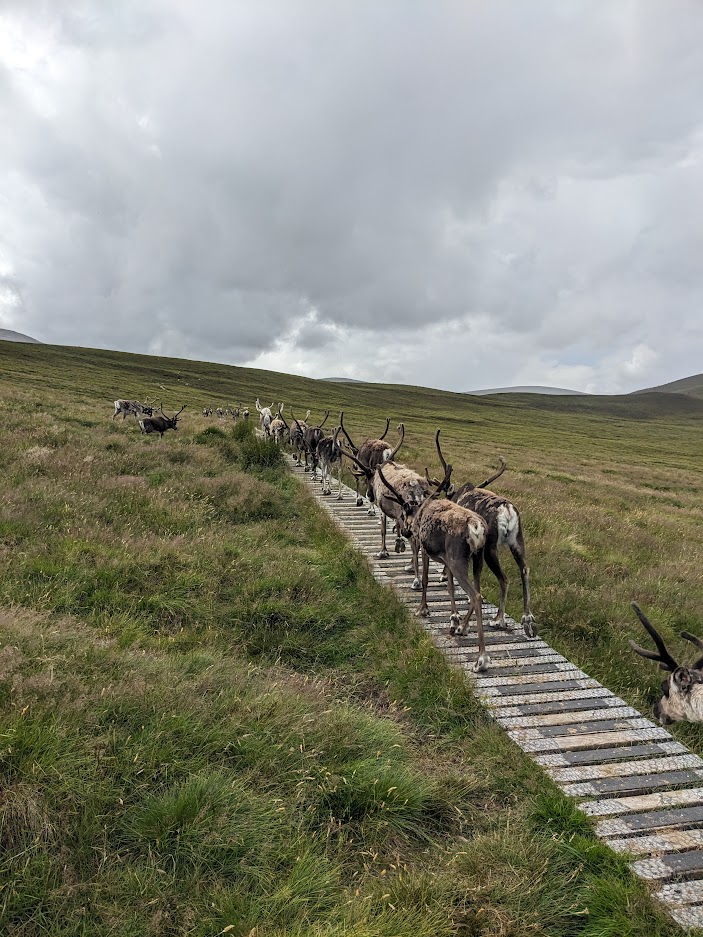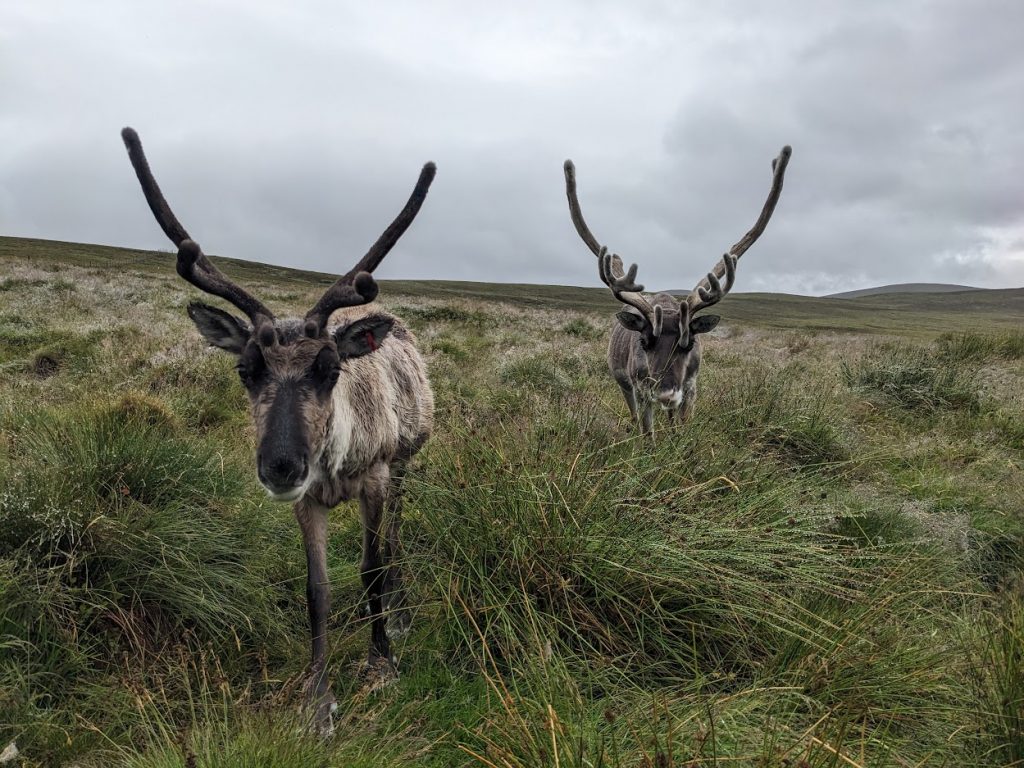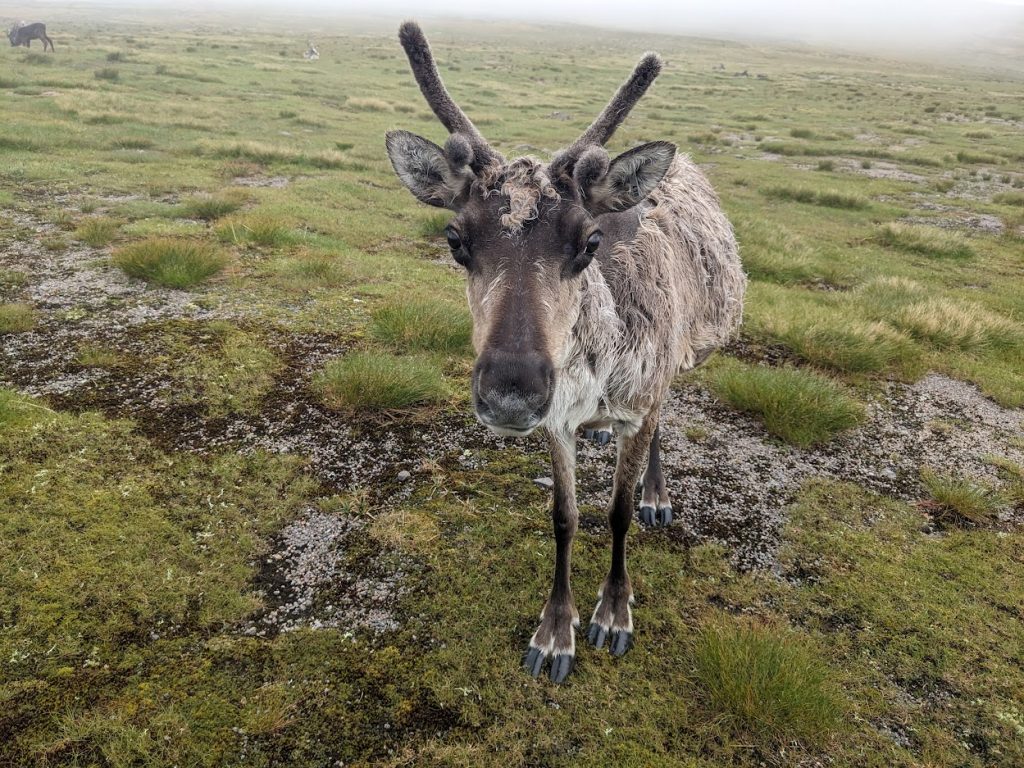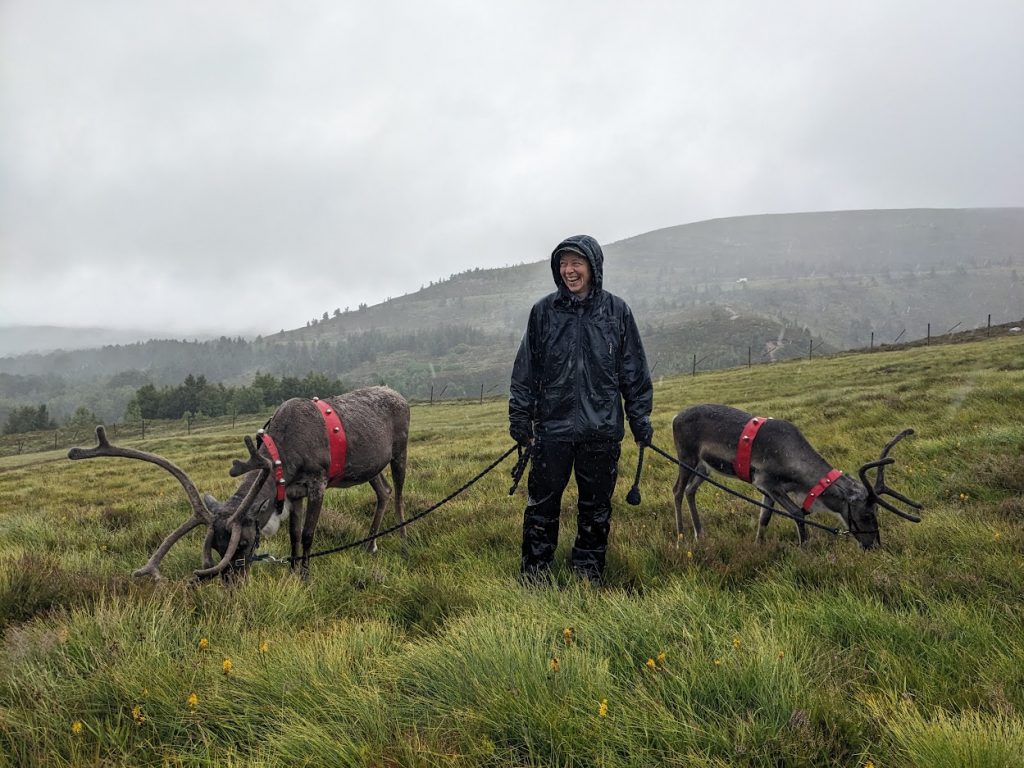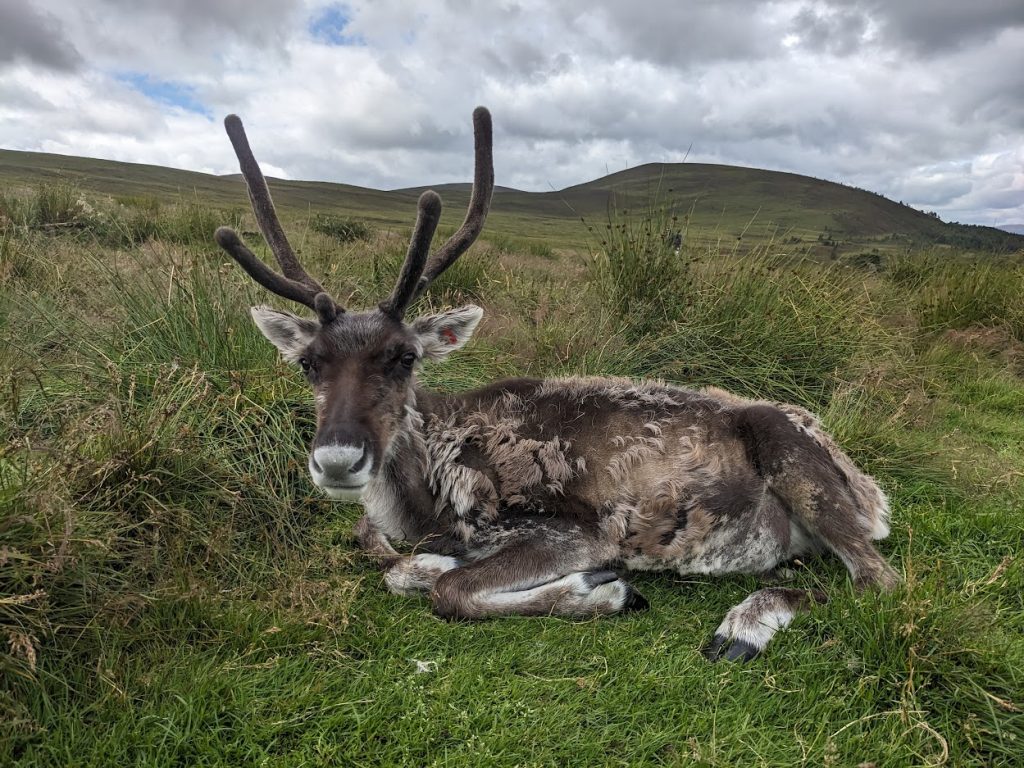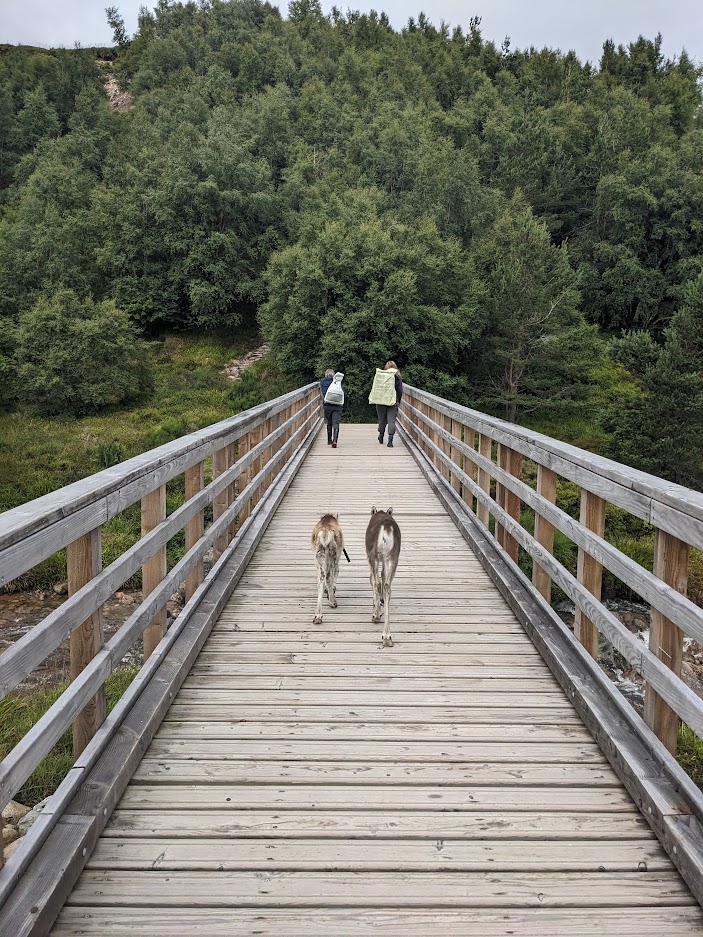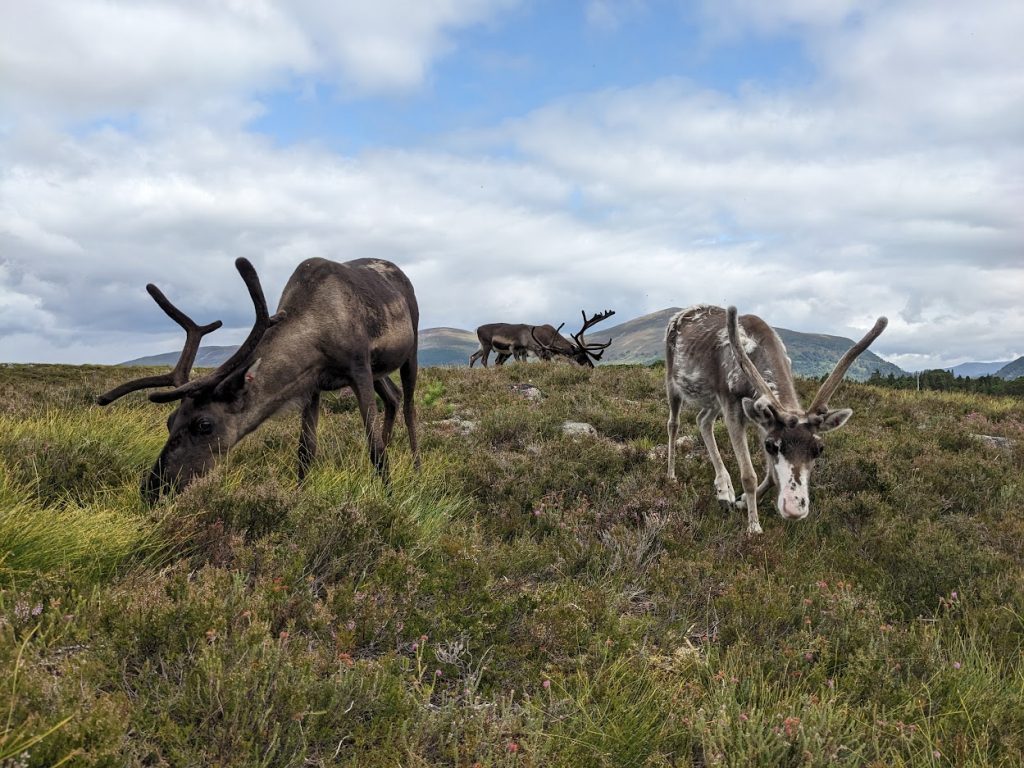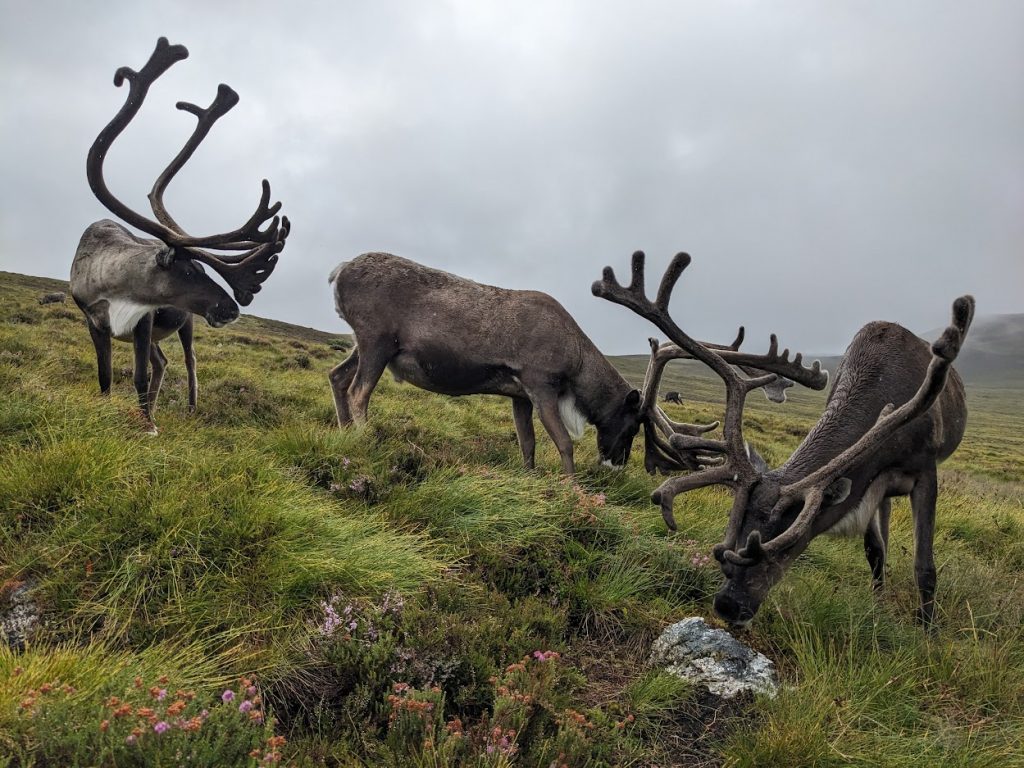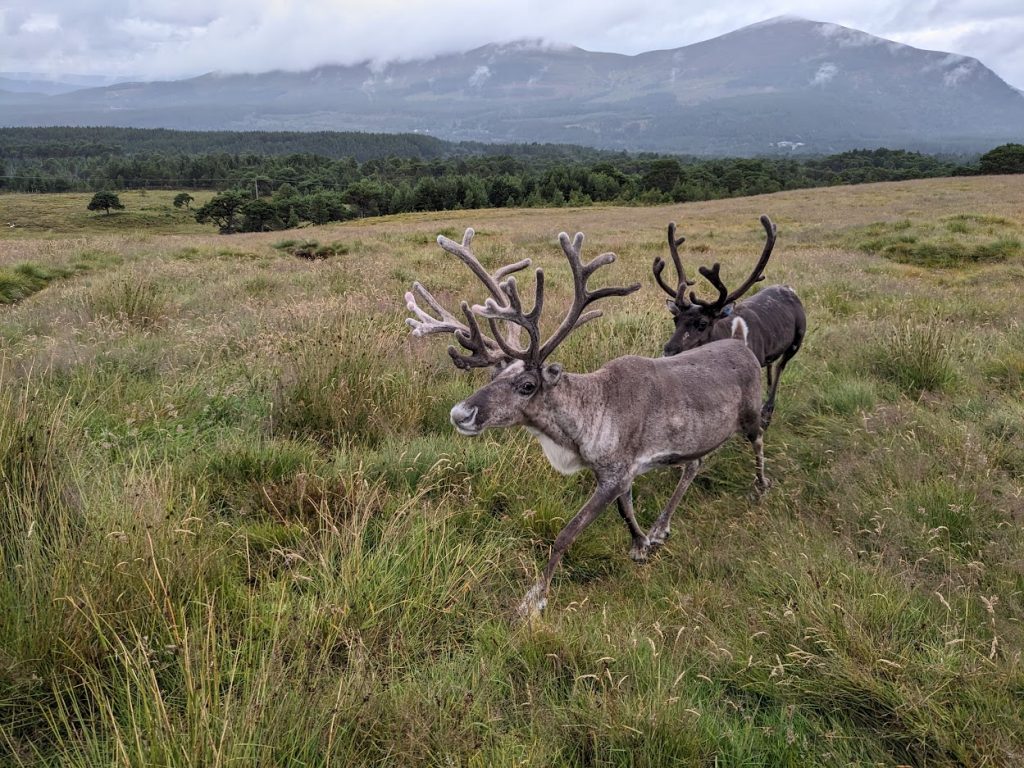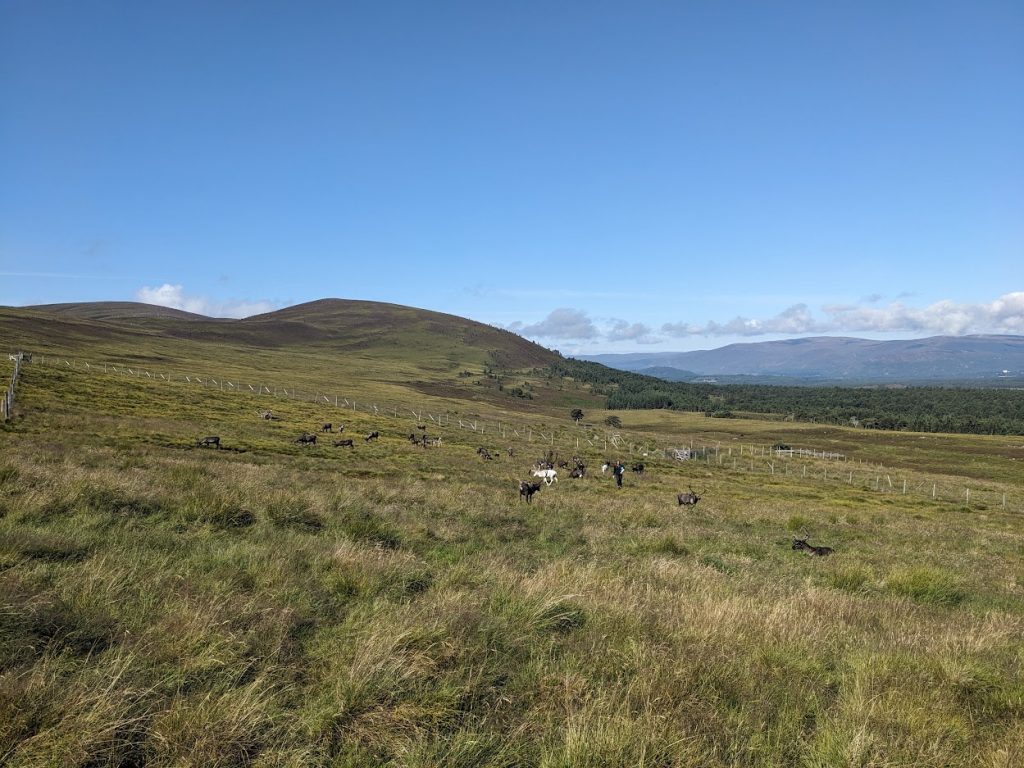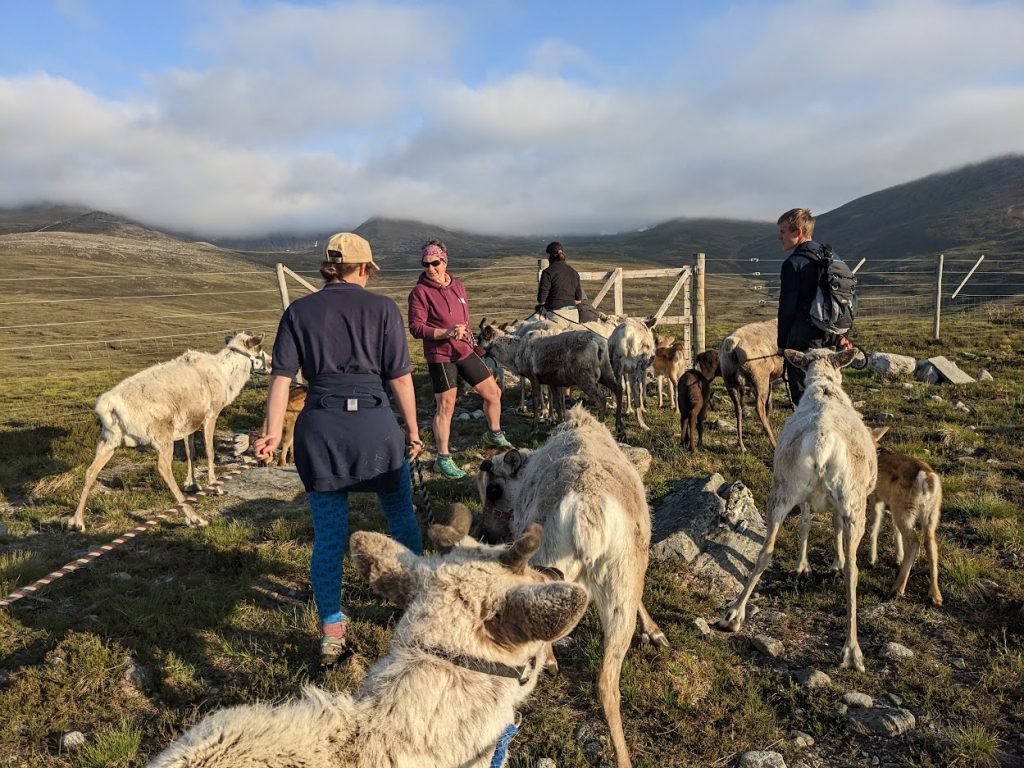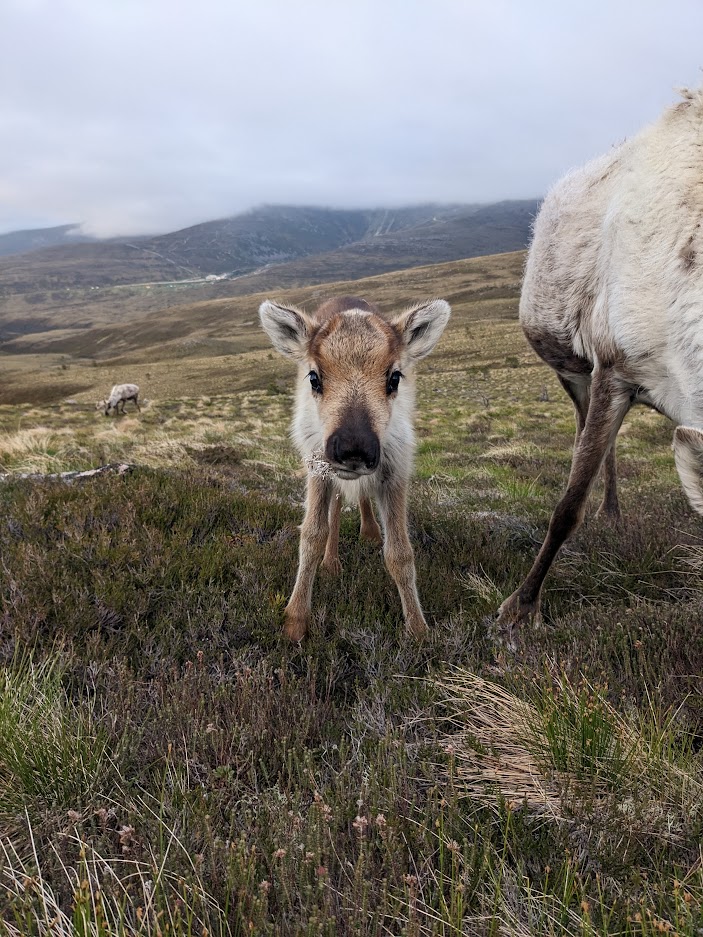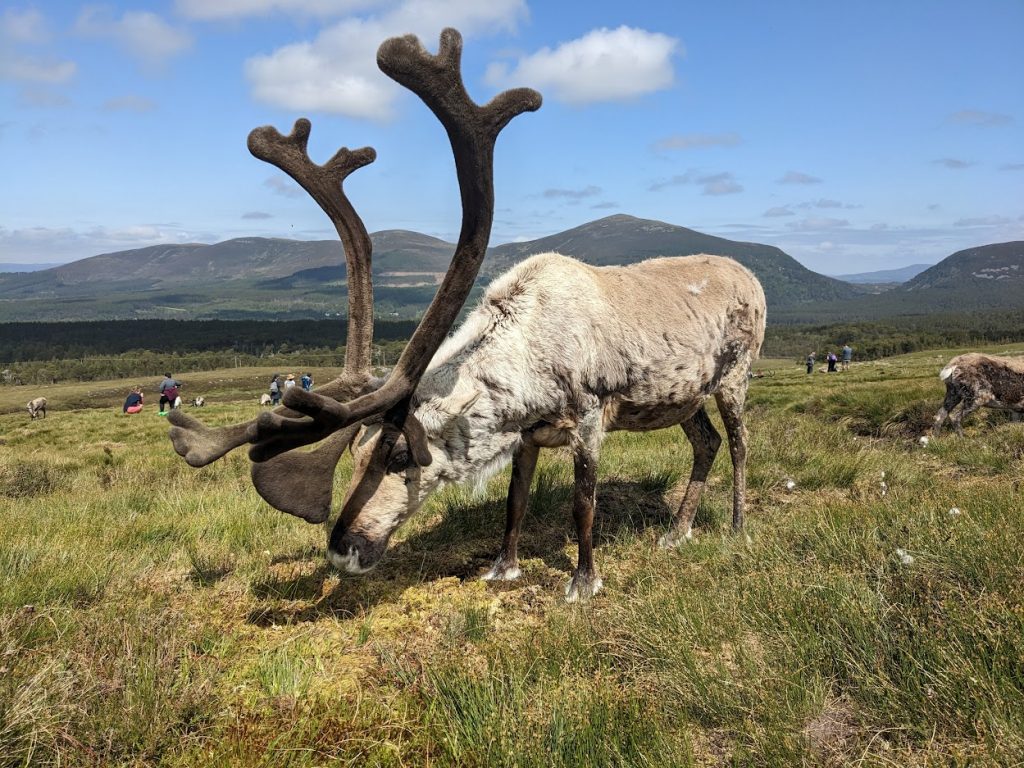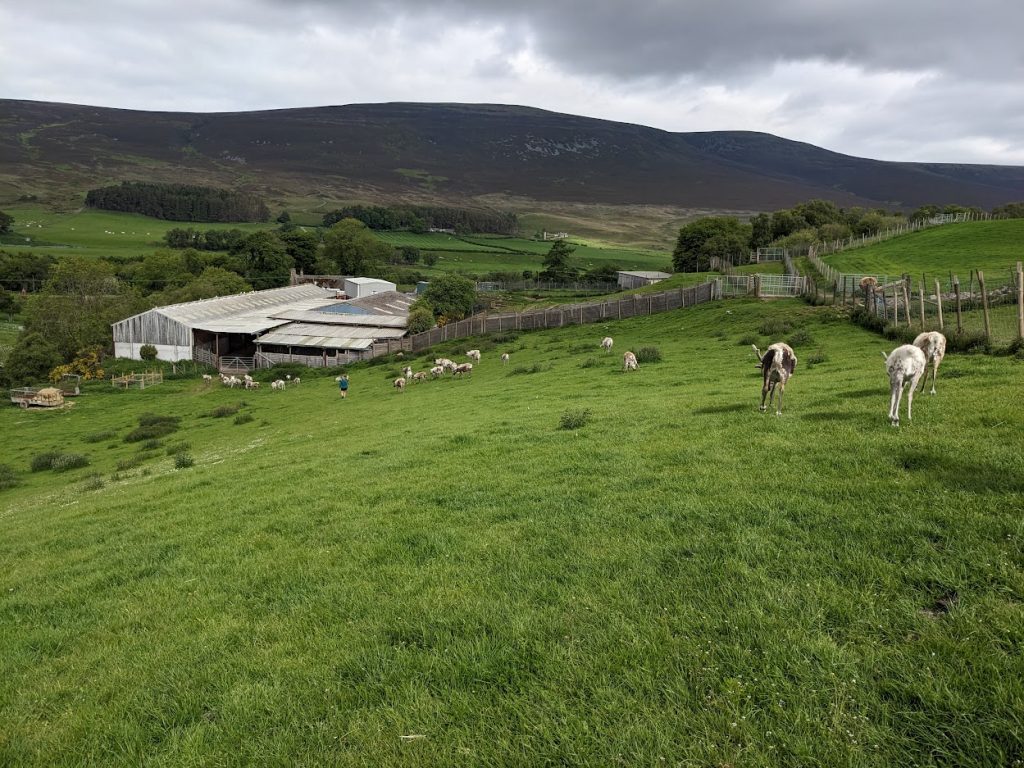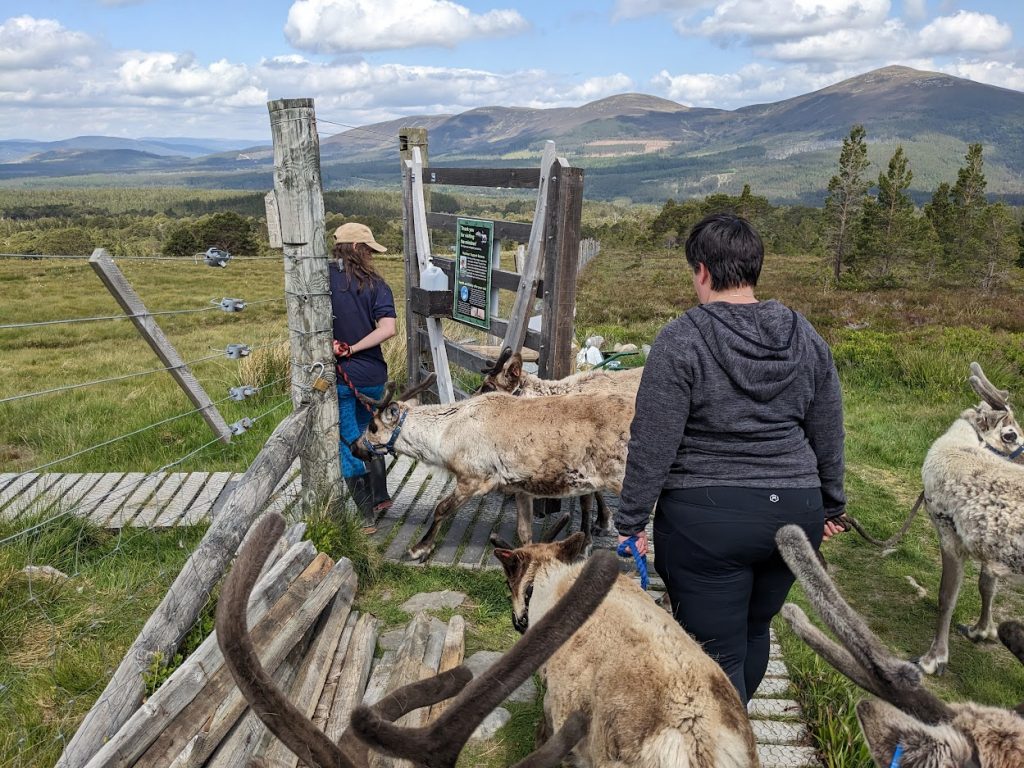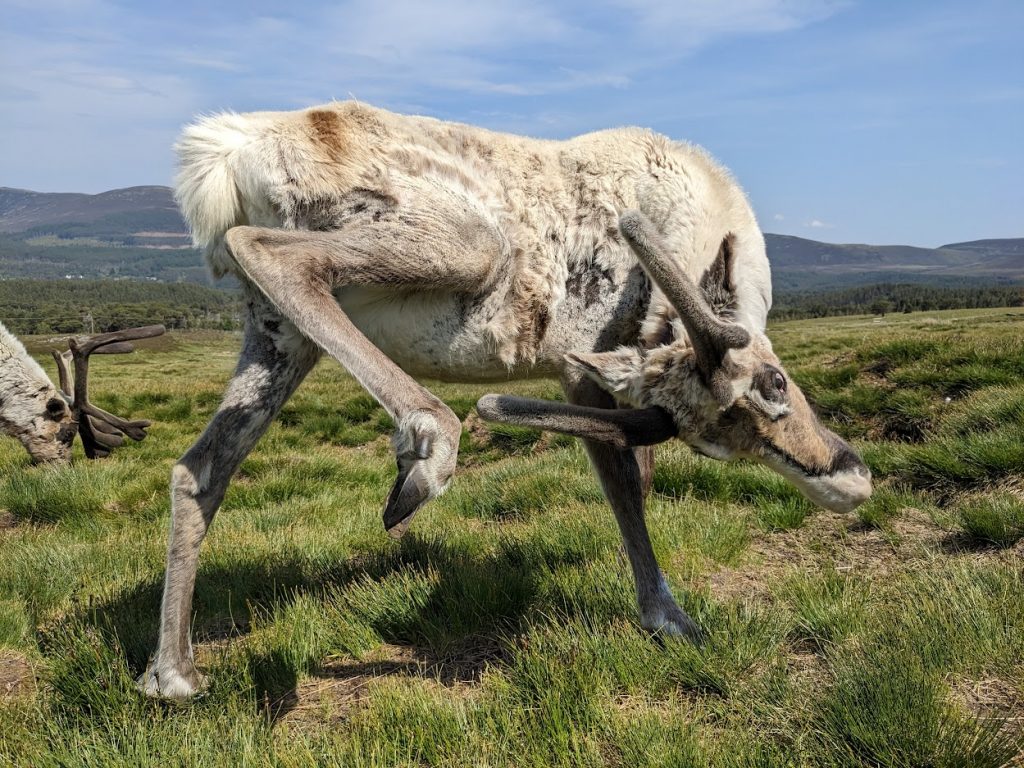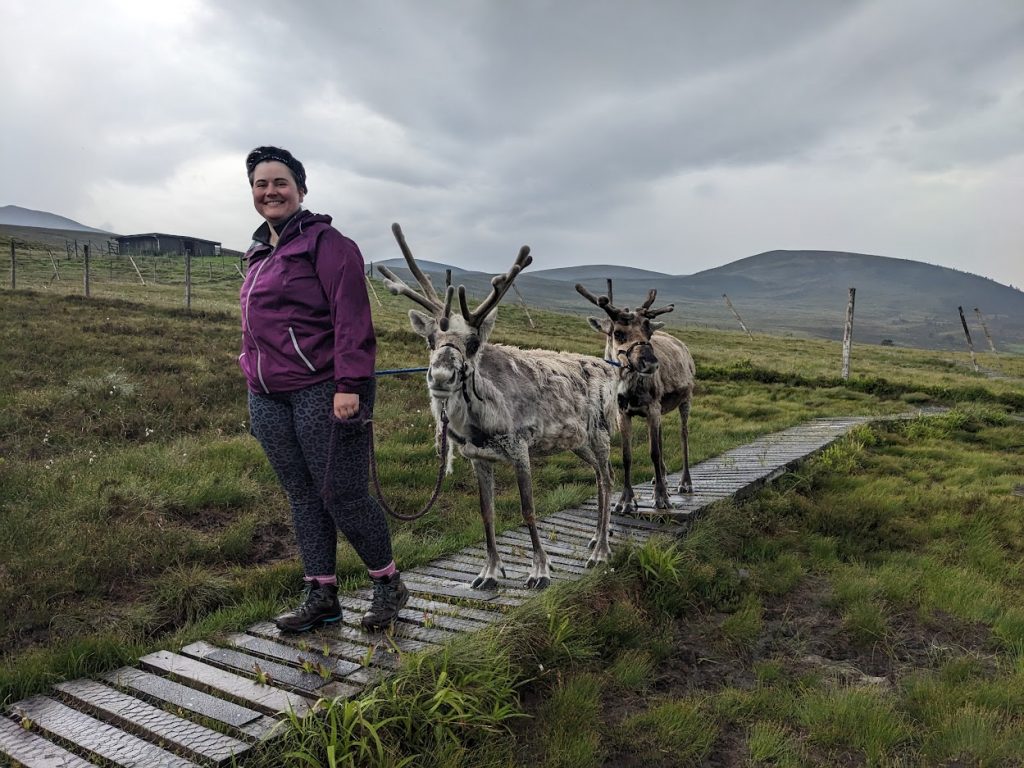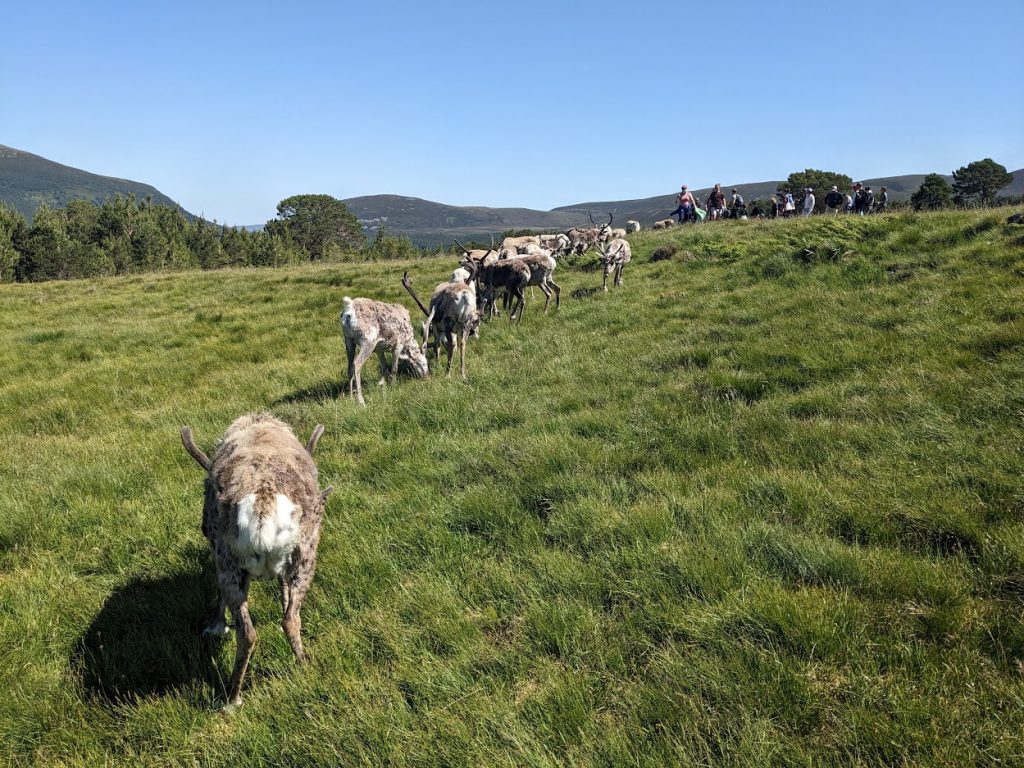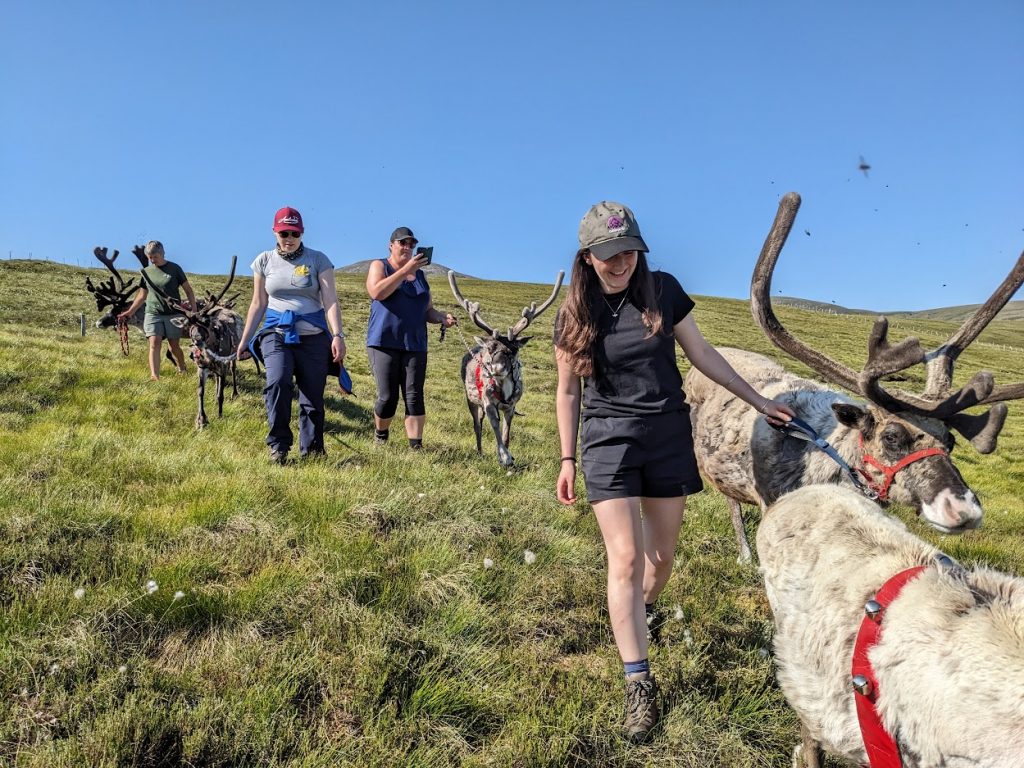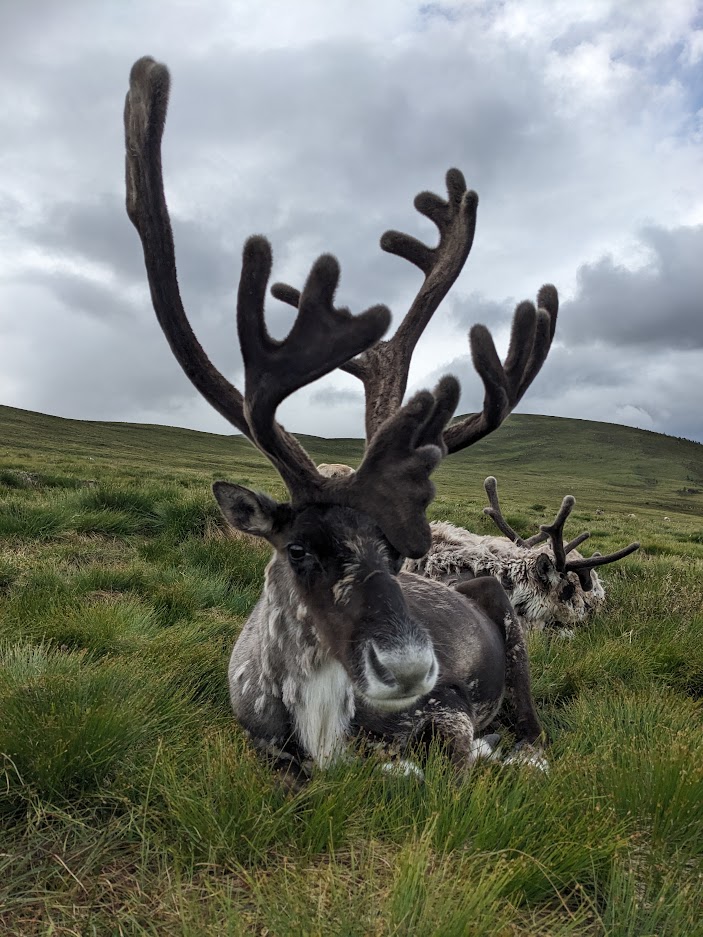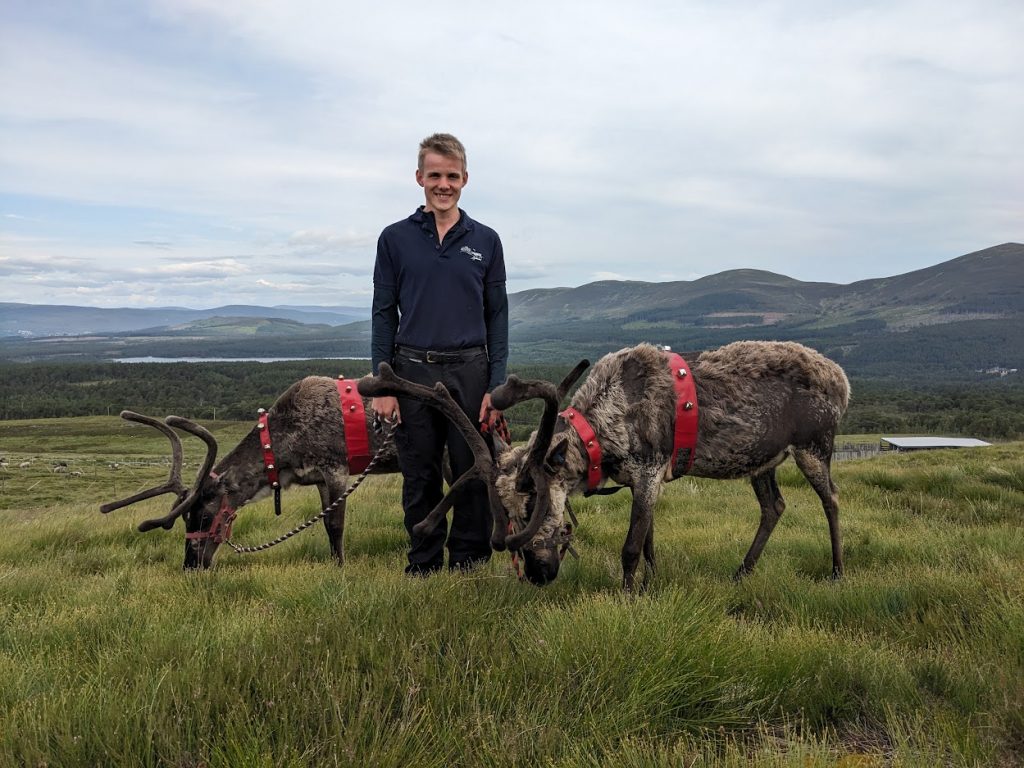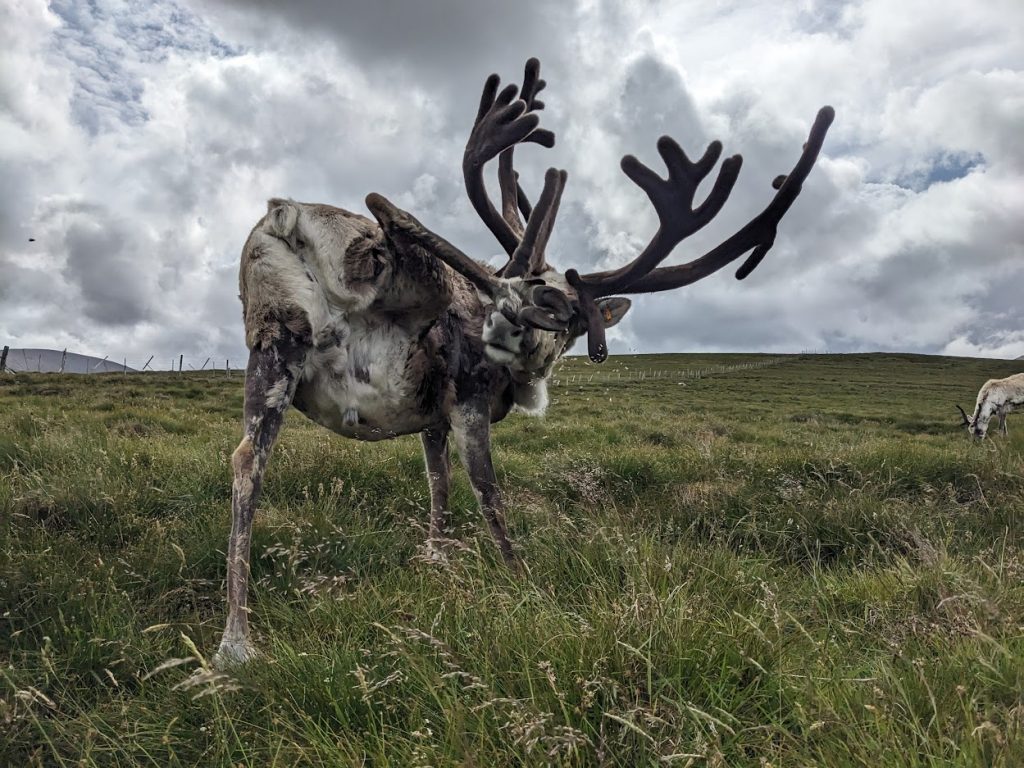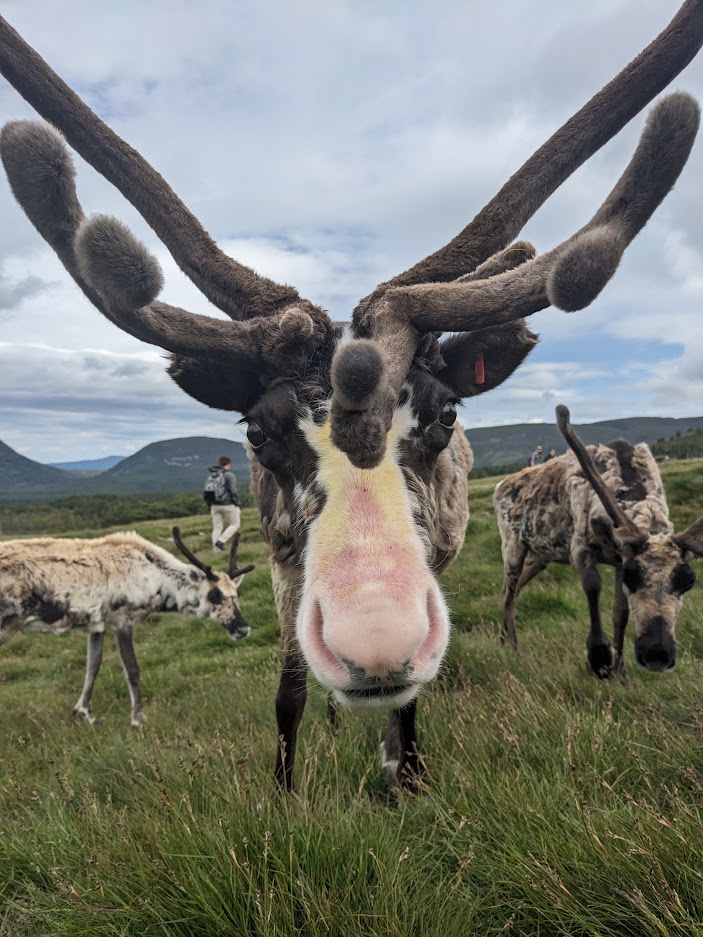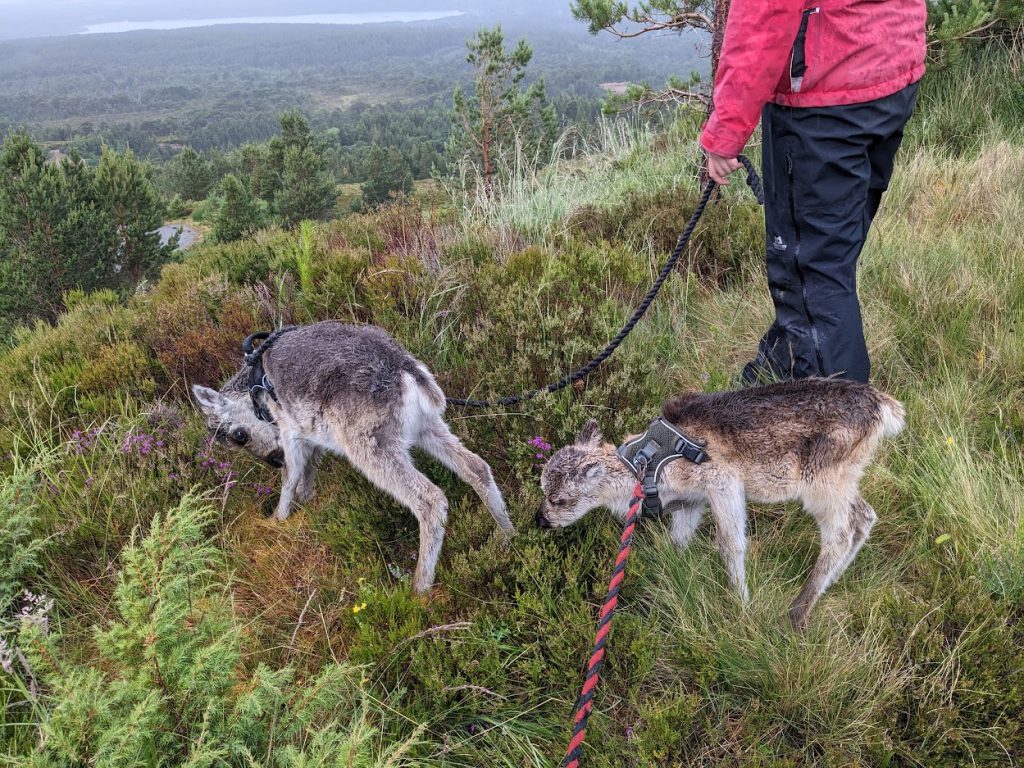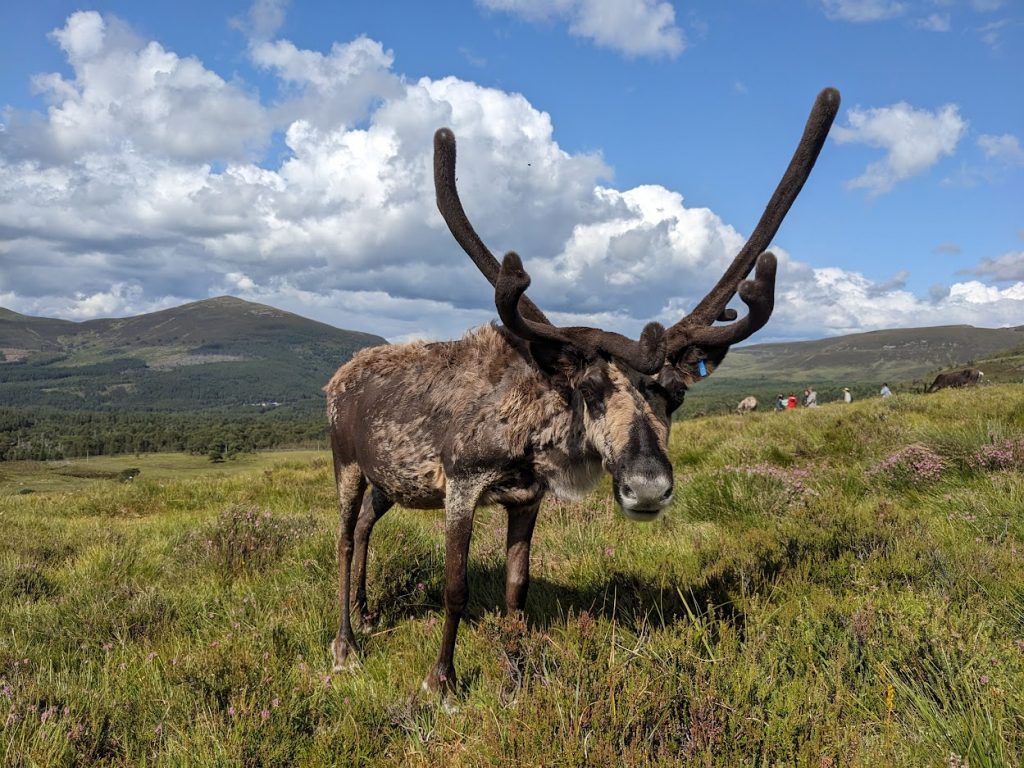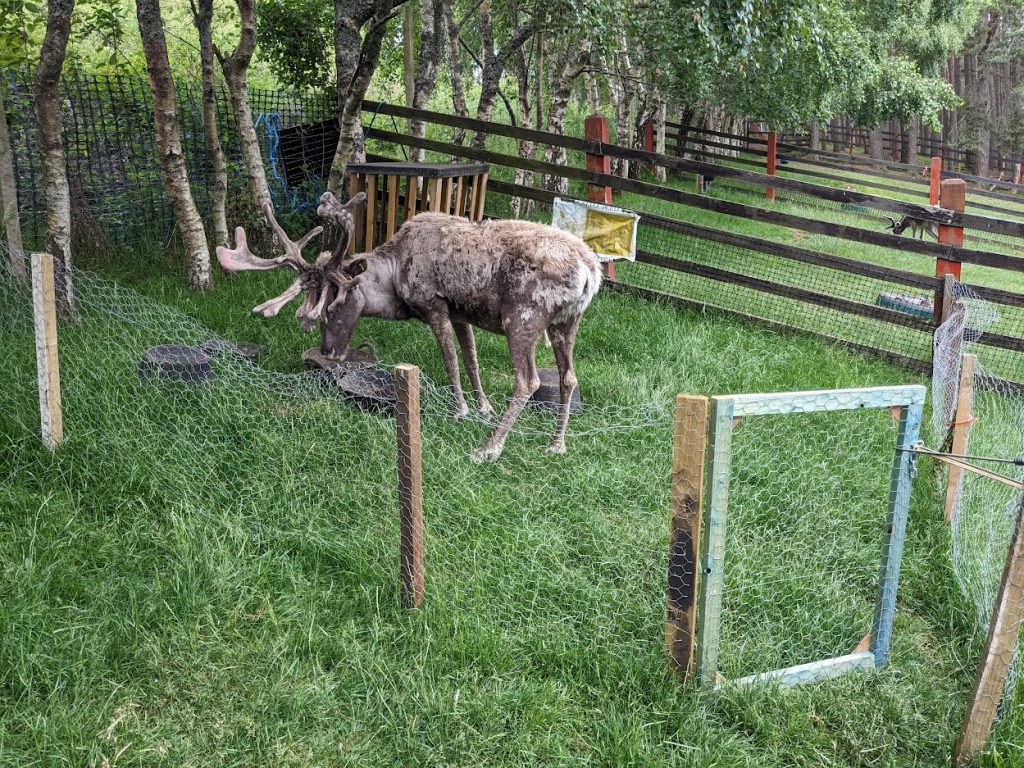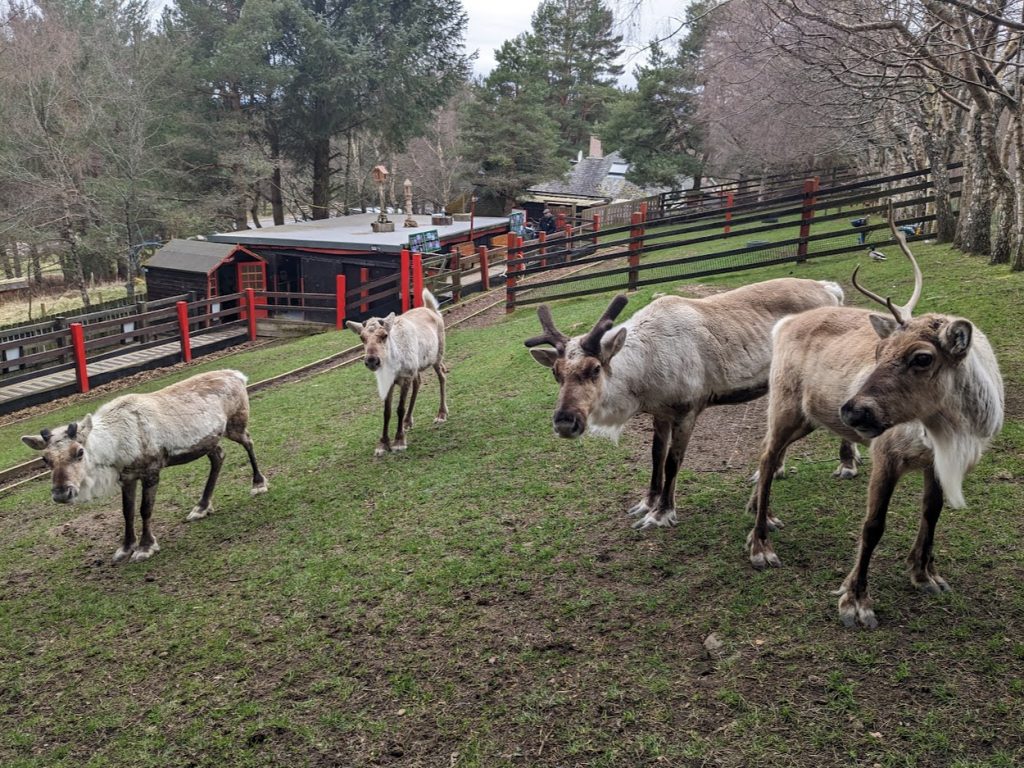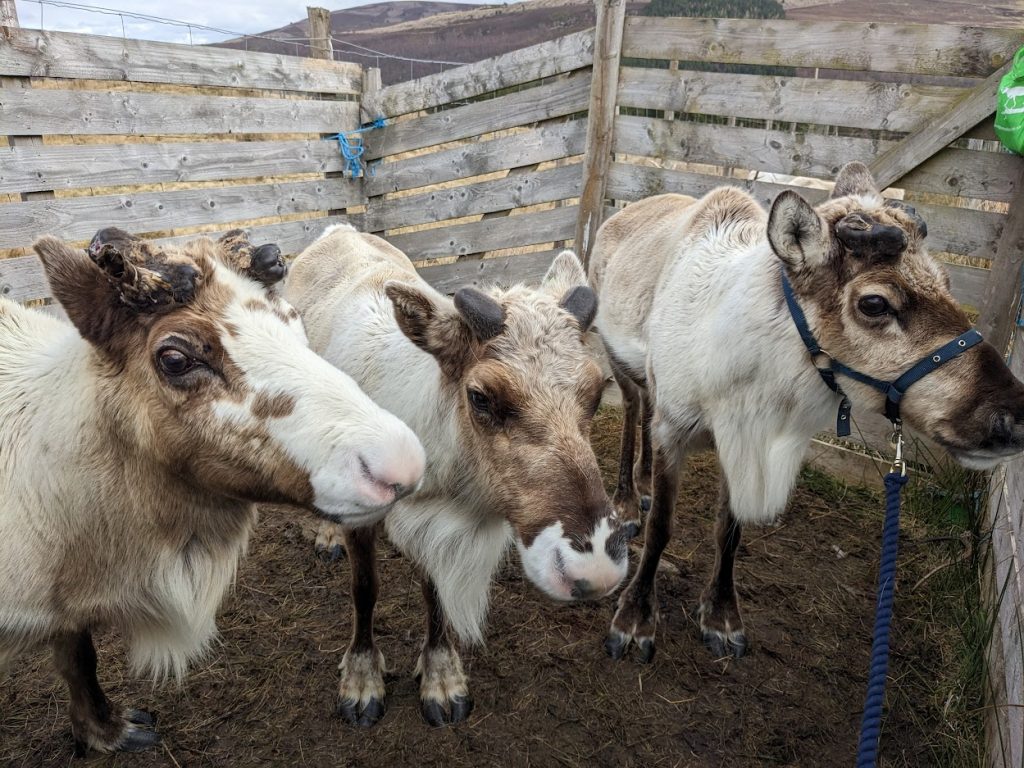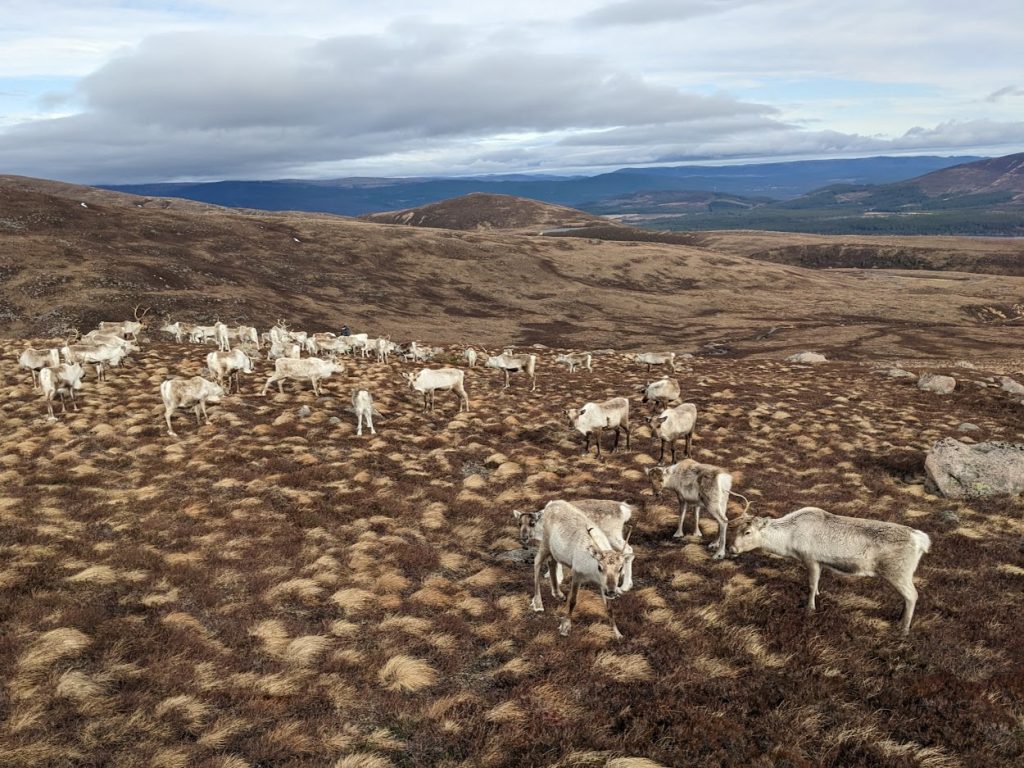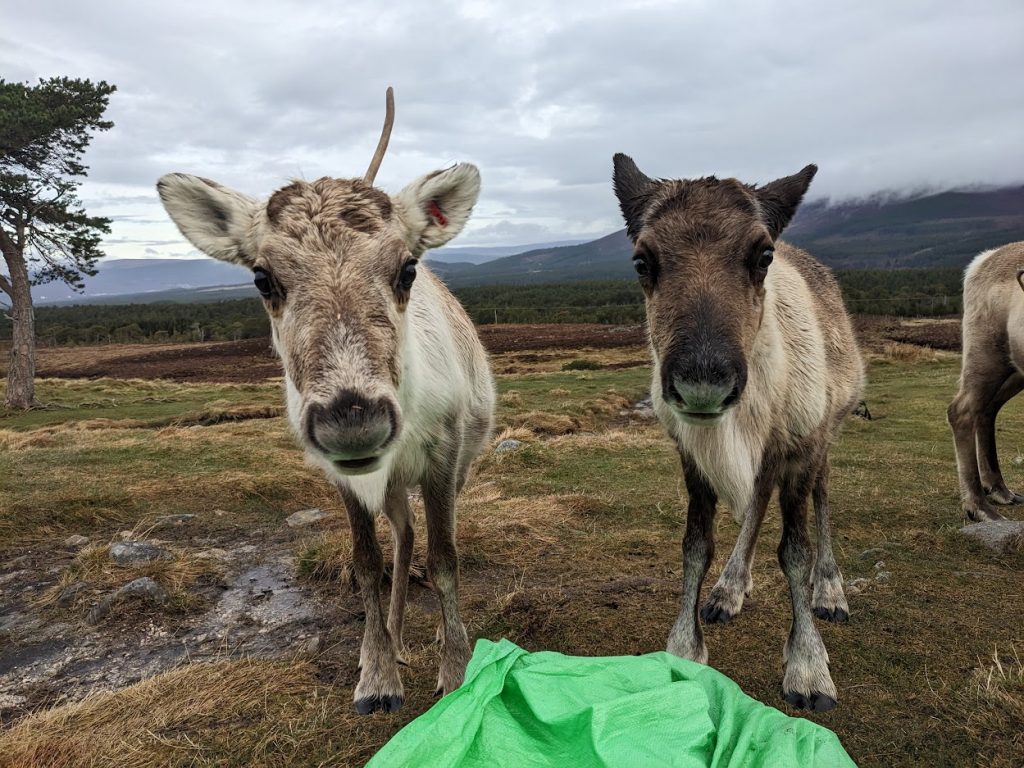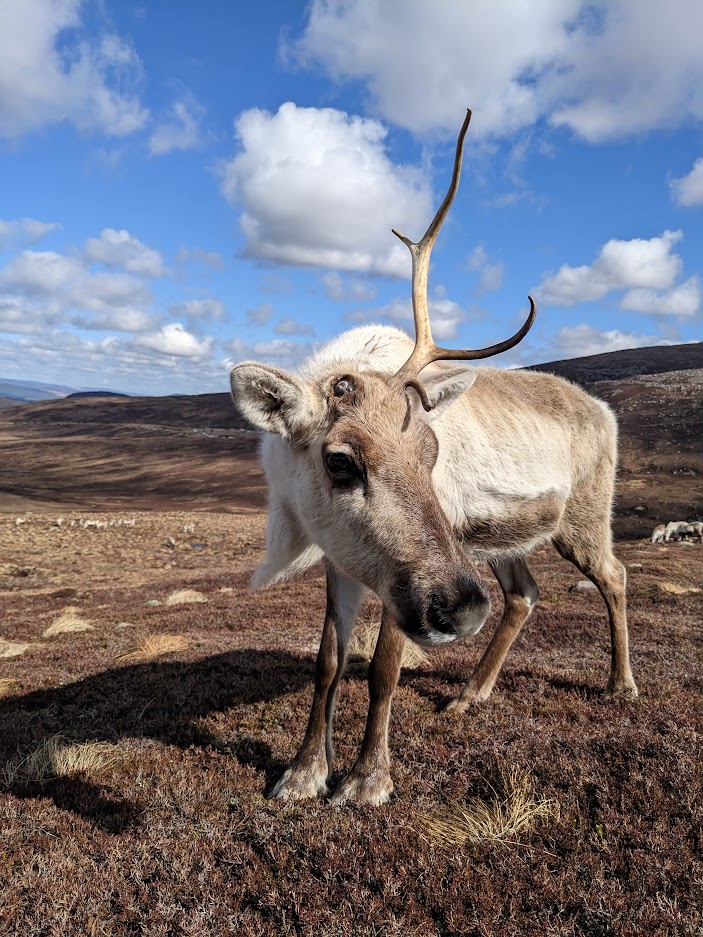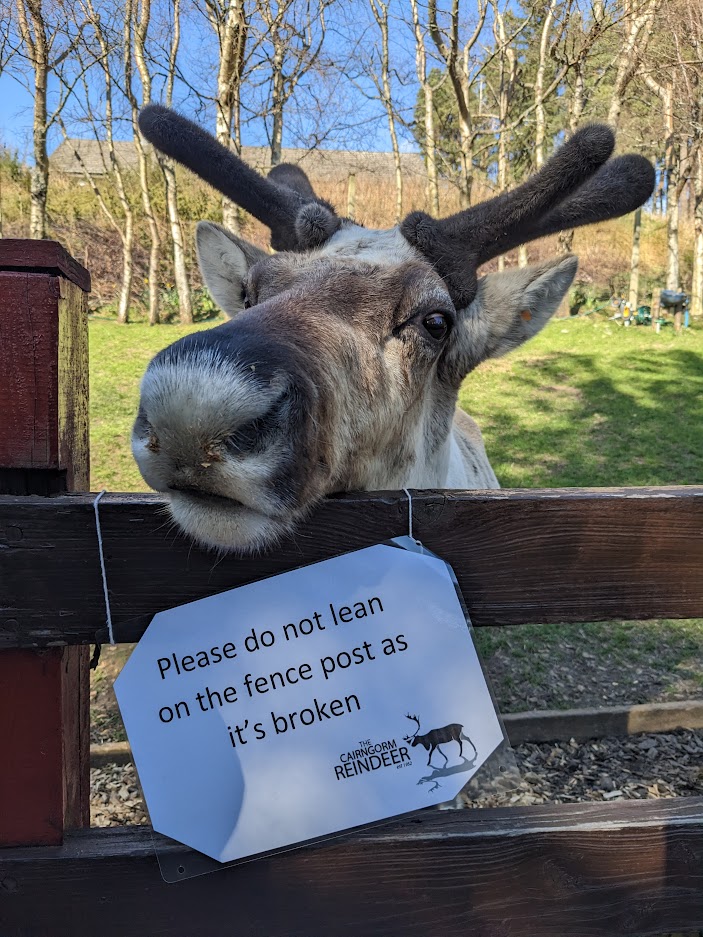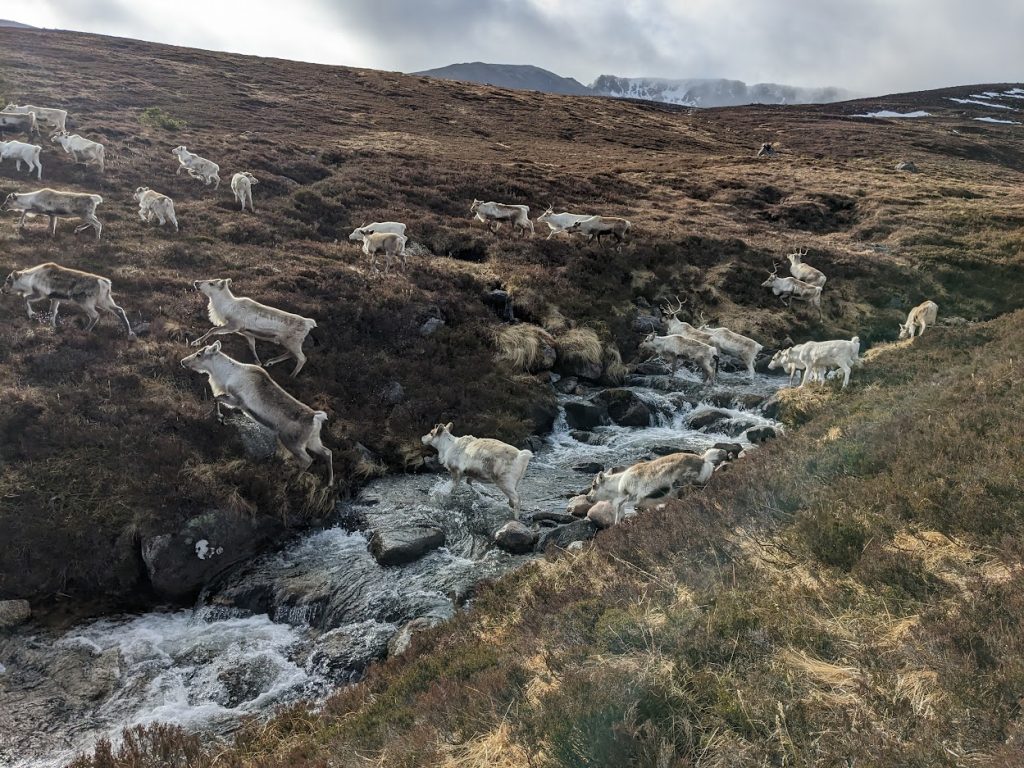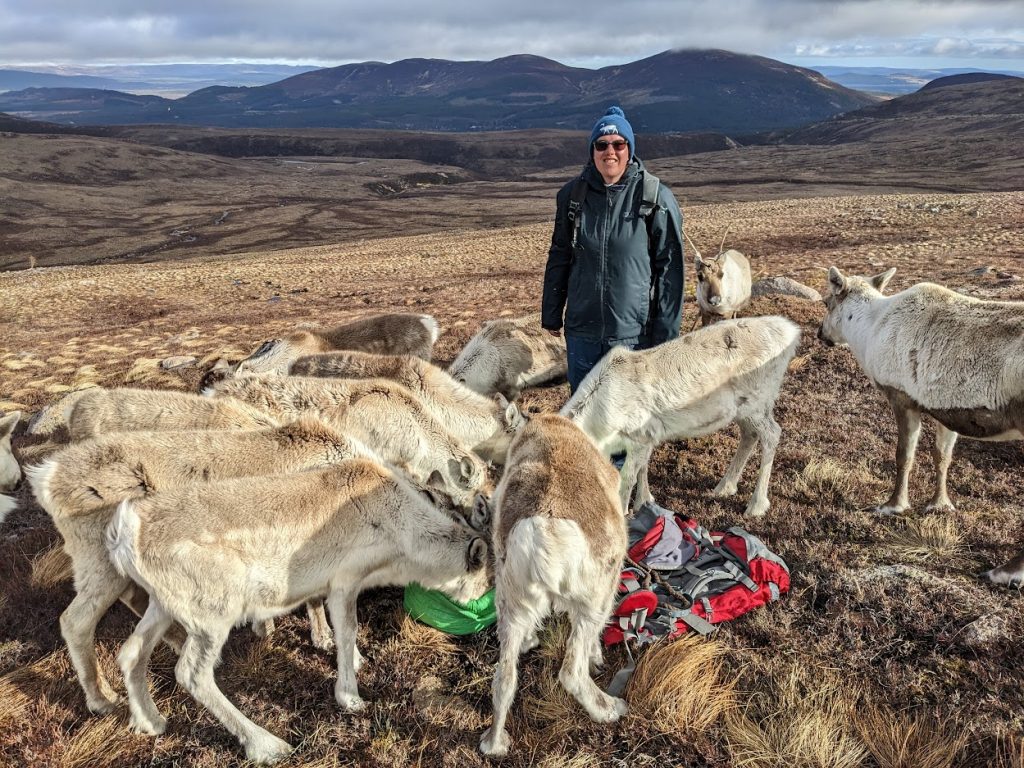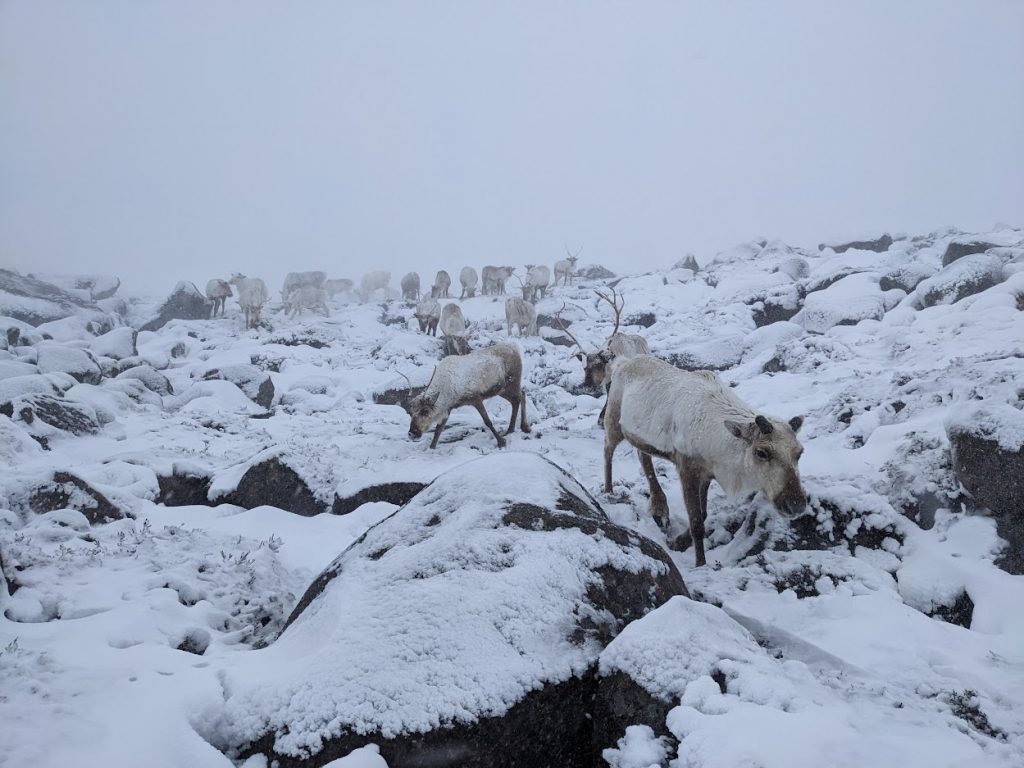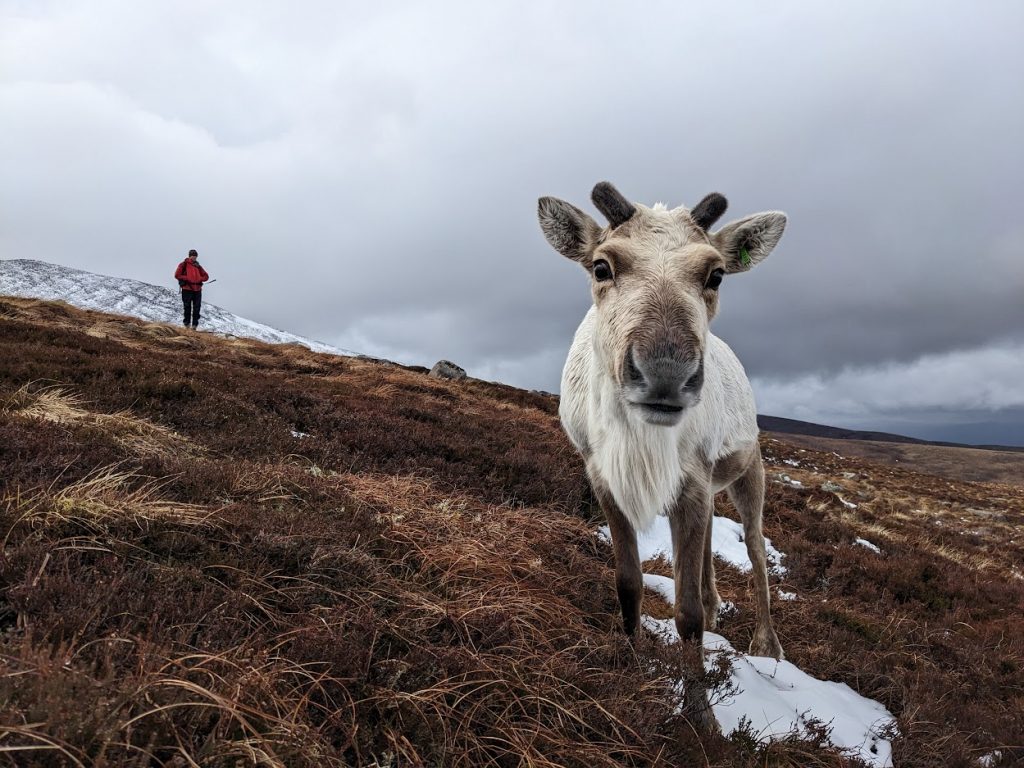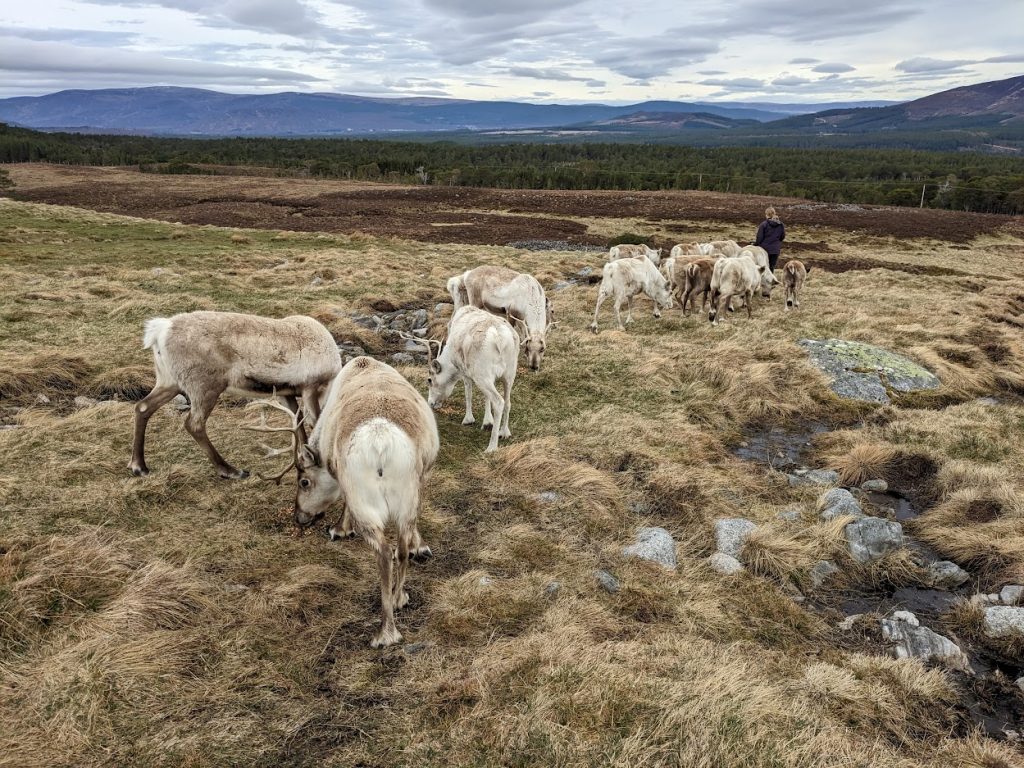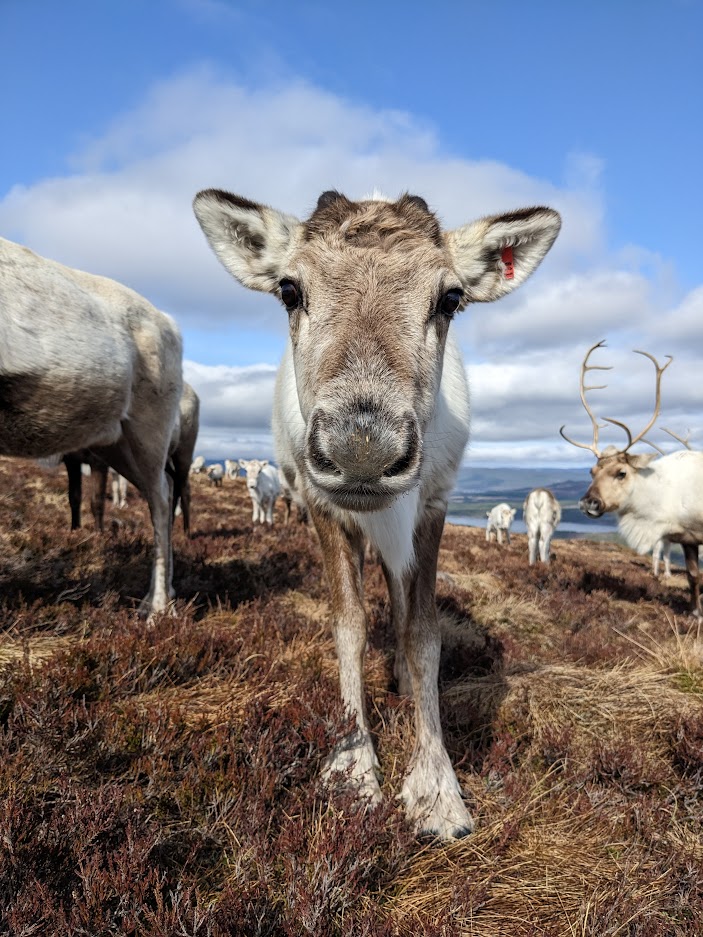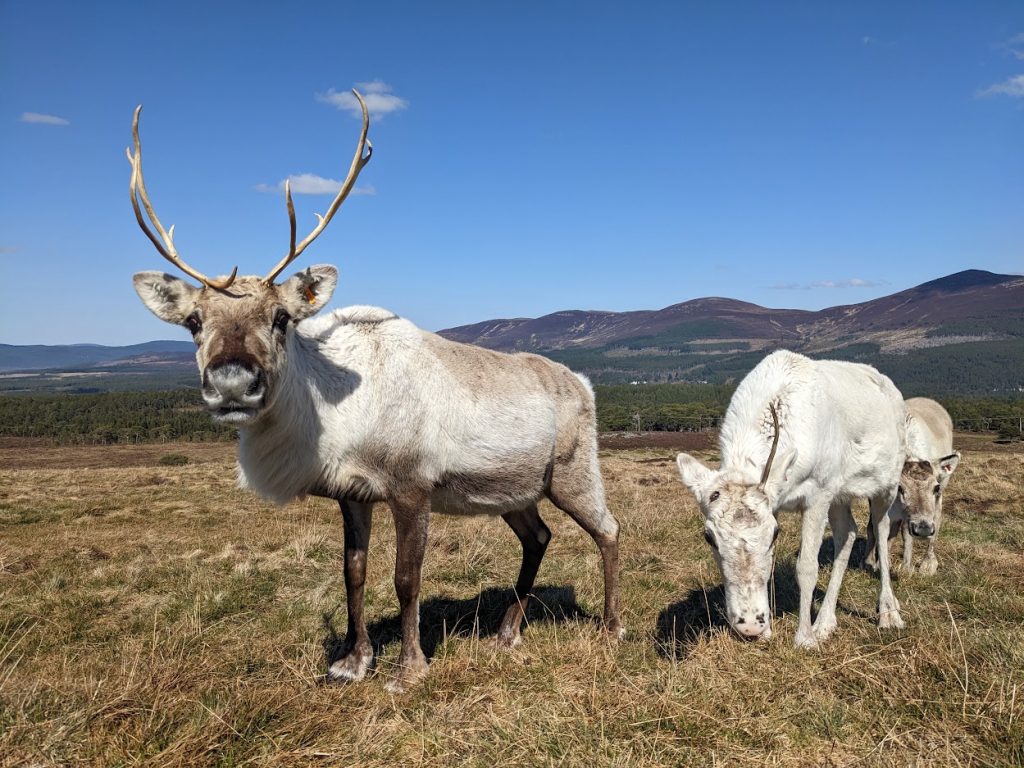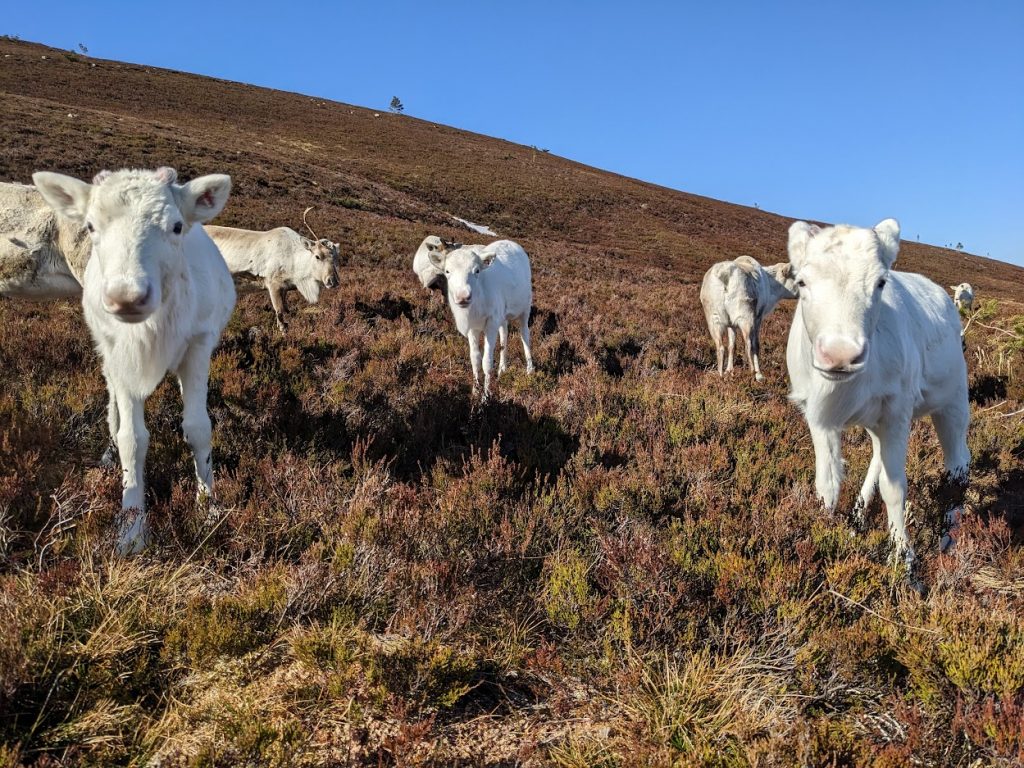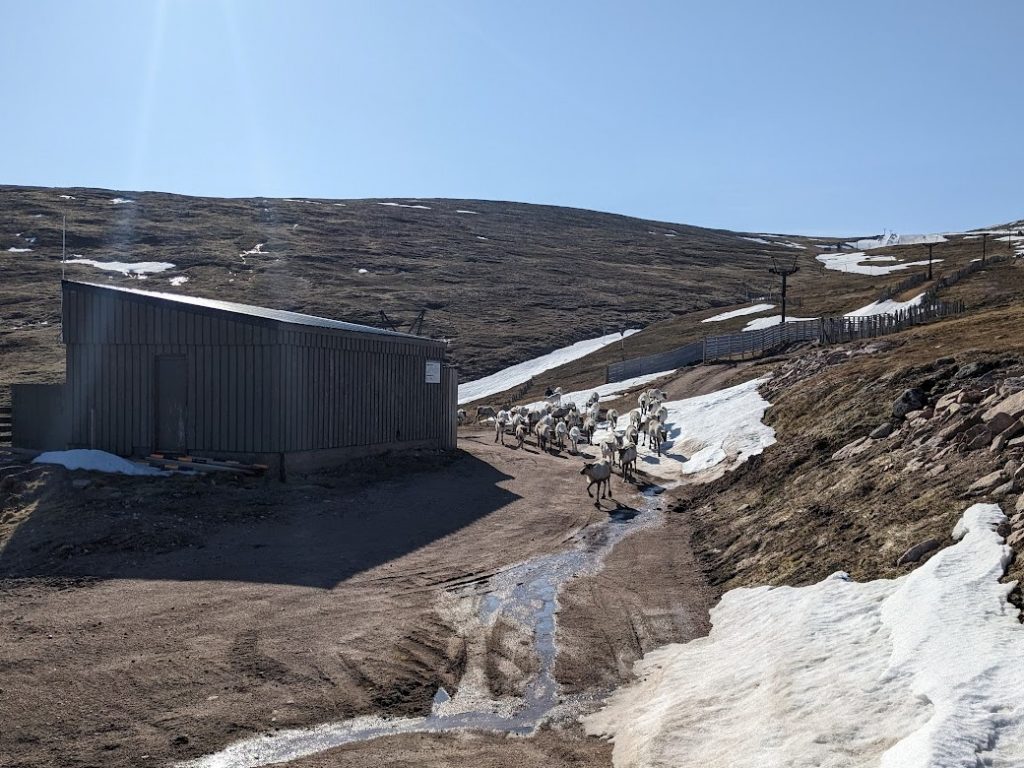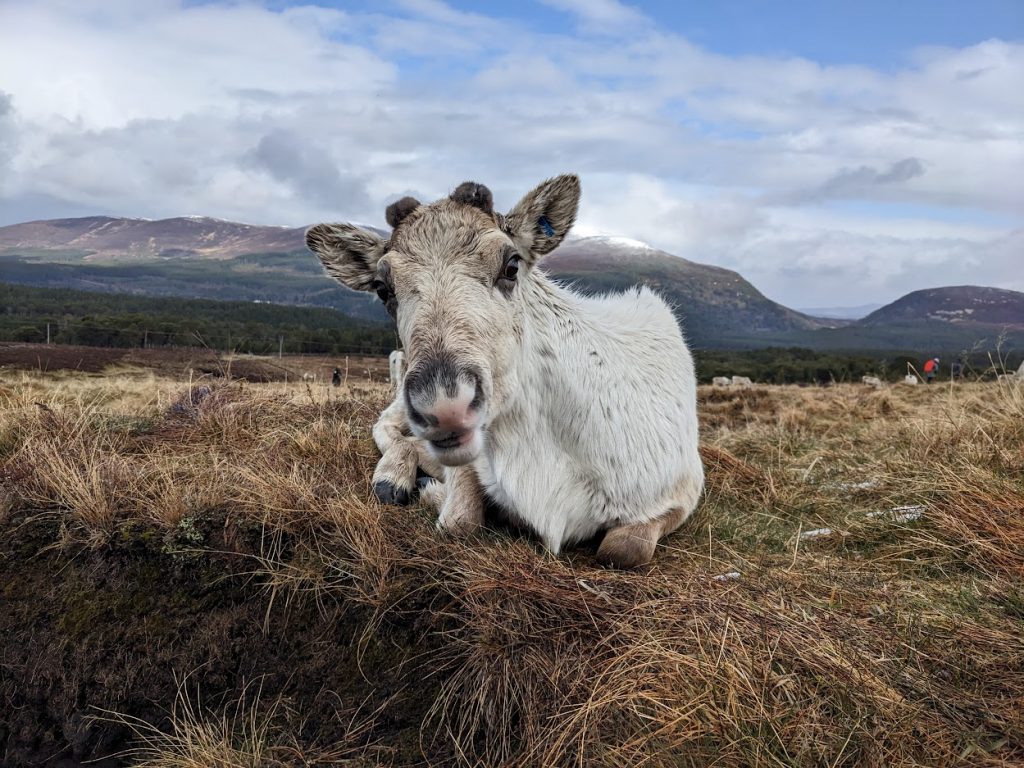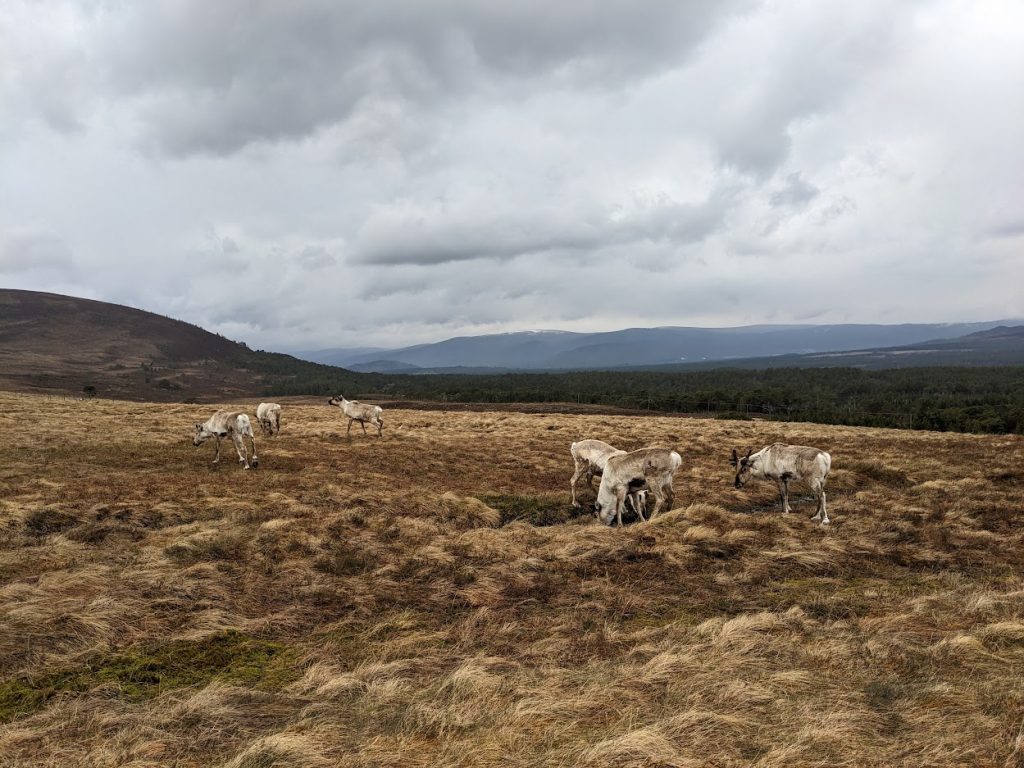Anyone who has come to visit us will know that we have very strict clothing and footwear requirements. On a fair-weather day, this may sometimes seem slight overkill but when the conditions change, or something goes wrong requiring us to stay on the hill longer than usual, the extra layers are absolutely necessary.
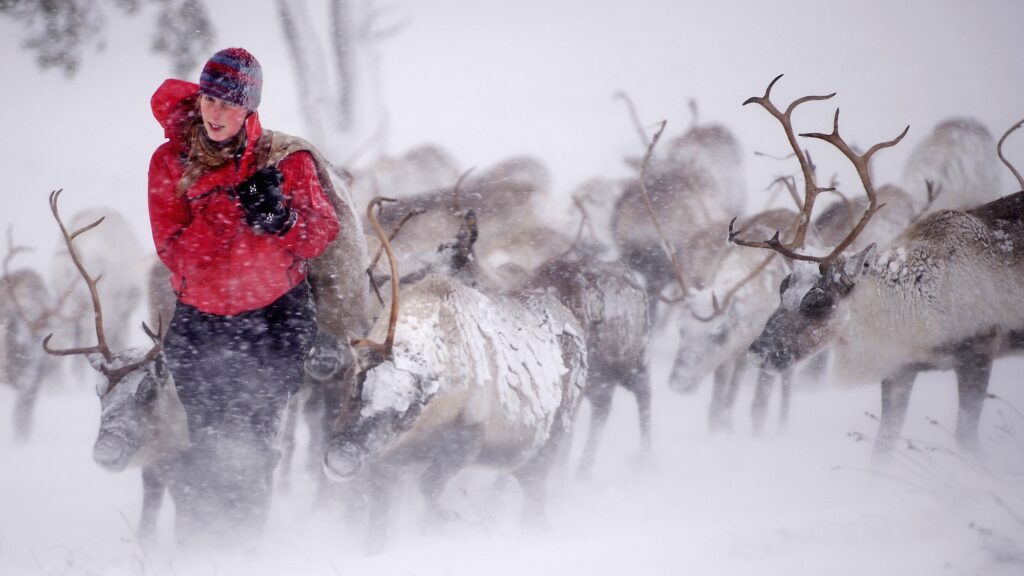
One such occasion happened in December. We had almost come to the end of a hill trip when one of our visitors approached me to ask if I could help her support her wife who had slipped and possibly sprained her ankle. At first they had hoped that between the three of us, we would be able to walk off the hill. When I reached her, it became quickly apparent that the pain was too great for her to walk of the hill even with us taking her weight, making it a very easy decision that we would call mountain rescue. The week before I had done my first aid training and our casualty’s wife was a doctor so hopefully, she was in good hands. While Ben got on the phone, I fetched our group shelter and Isla brought some layers to keep everybody warm. The reindeer, having not seen a group shelter before were very interested in the sudden appearance of a giant orange ‘bag of food’ and Ben and I had to chase them away to avoid any further injury.

We were very lucky, and the mountain rescue team were with us within an hour and a half. As they arrived there were fits of laughter from inside the group shelter as Ben was telling both the women not to worry, that we had pre-paid for the rescue by getting our kit off for a naked calendar the previous year, raising over four and a half grand for the Cairngorm Mountain Rescue Team. Mountain Rescue teams are made up of volunteers, when a call comes in, they are all alerted and have to leave their jobs/ whatever else they may have been up to come out. Once the team has assembled, they then have to drive from the base and then walk out to find the casualty, all of this can take a good few hours. On this occasion they had already been alerted for another rescue so the first people to respond had gone to the other casualty and then the next people had come straight to us. The mountain rescue team were absolutely fantastic, they splinted her ankle, with some much-appreciated pain relief, and then lifted her onto a stretcher, ready to walk off the hill.
The whole time this was happening, we could hear a helicopter flying a little way south of where we were. It became apparent that the helicopter was meant for the original casualty who had been climbing in the Northern Corries but they were unable to land due to the weather. So as not to waste the flight, and to get our lovely visitor off the hill and to hospital as soon as possible, the helicopter came to us instead.
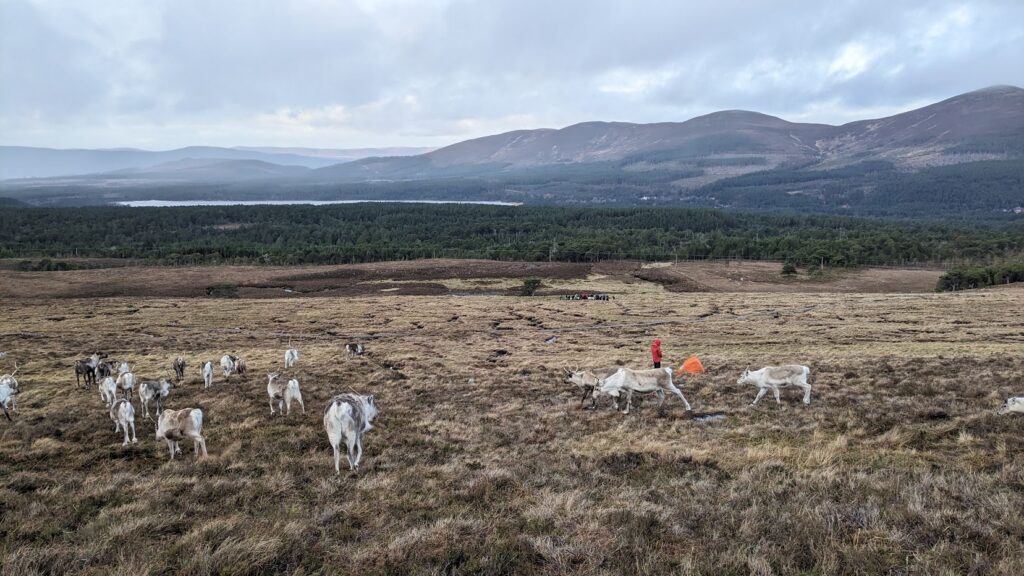
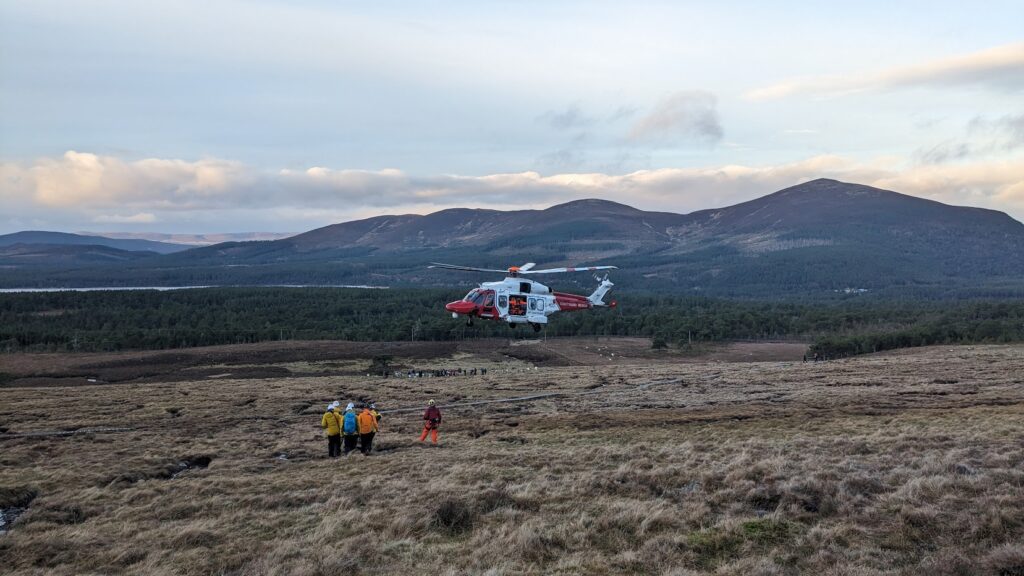
By this point we’d been on the hill so long that the afternoon Hill Trip had arrived and was gathered a bit further down the hill. The reindeer have regularly seen helicopters in the distance, but we were unsure if one landing this close to the reindeer would spook them causing a rather abrupt end to the Hill Trip. On the contrary, the reindeer barely batted an eyelid, the visitors were all pretty interested though!
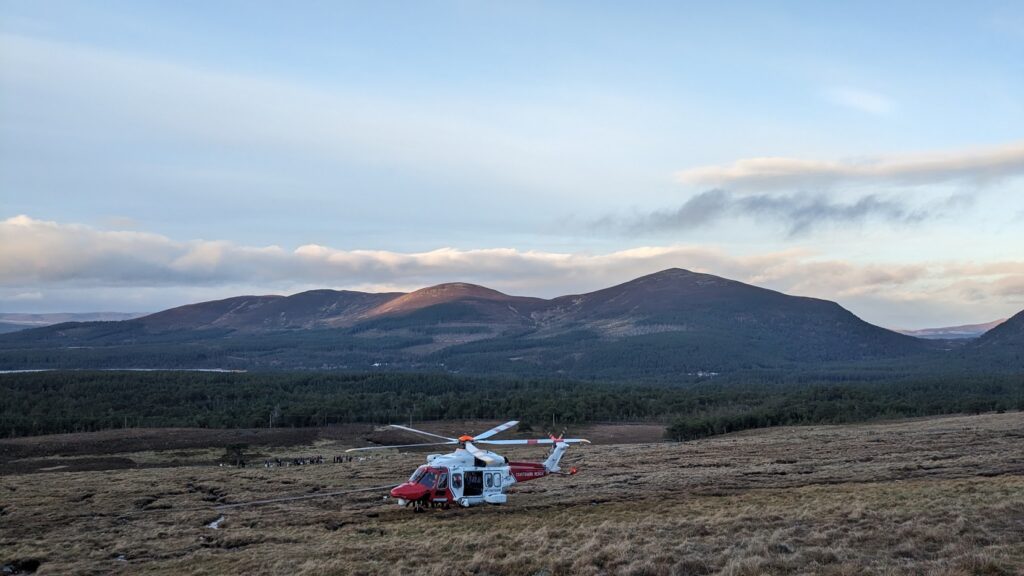
The woman with the broken ankle was lifted into the helicopter and as they flew off her wife told us ‘Once she’s out of hospital and her ankle is fixed, she’s going to absolutely love this, she loves helicopters’. The rest of us walked back down off the hill.
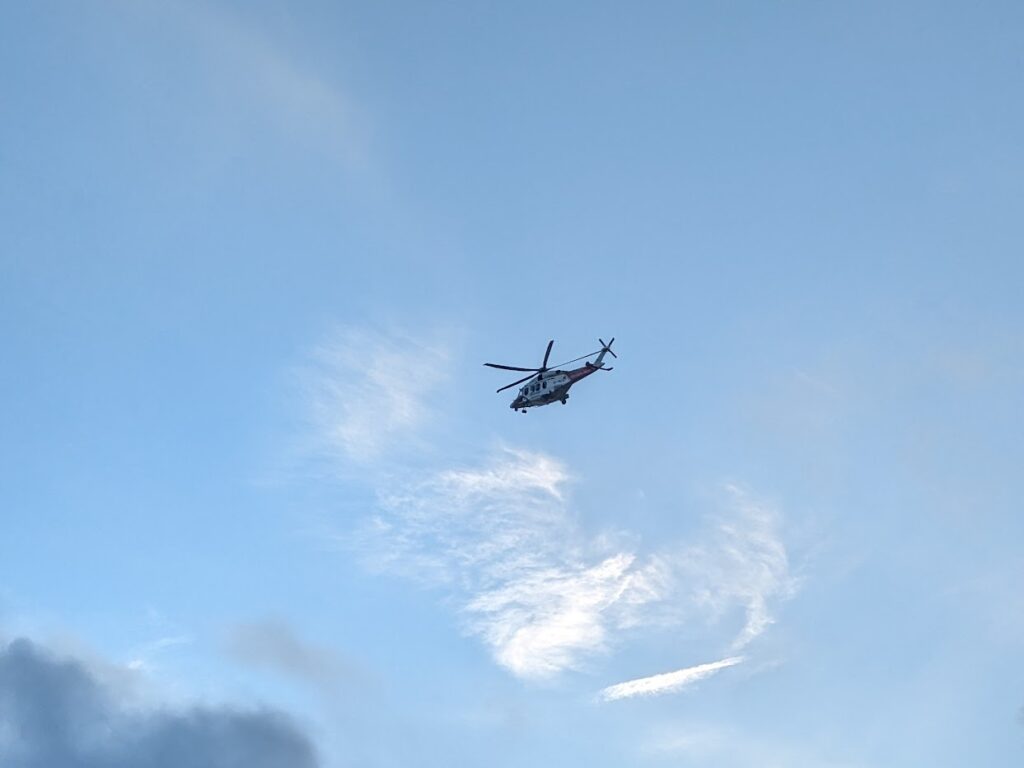
Accidents such as these are very rare, in fact at my first aid course the previous week I had smugly told the instructor that I hadn’t had to use any first aid since the previous course 3 years earlier. I clearly spoke too soon. In this case, our visitor slipped despite having the correct footwear, she was just very unlucky. All four of us ended up staying on the hill for a total of 4 hours, for the last 2 we weren’t moving. For me it was a very good reminder of why we have to be so strict with the footwear and clothing that our visitors wear, had our casualty not had enough layers, the situation could have become more serious very quickly.
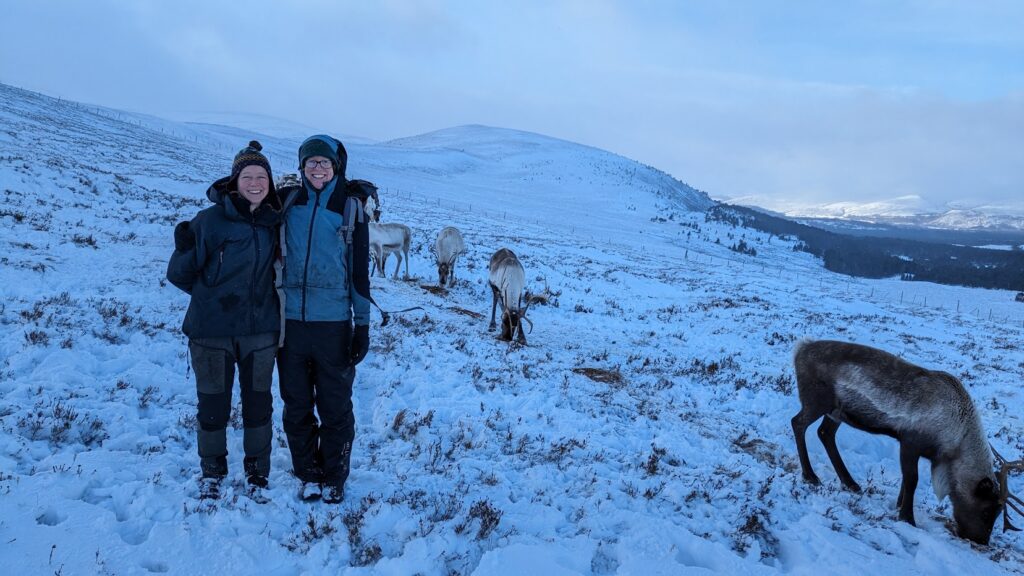
Lotti

